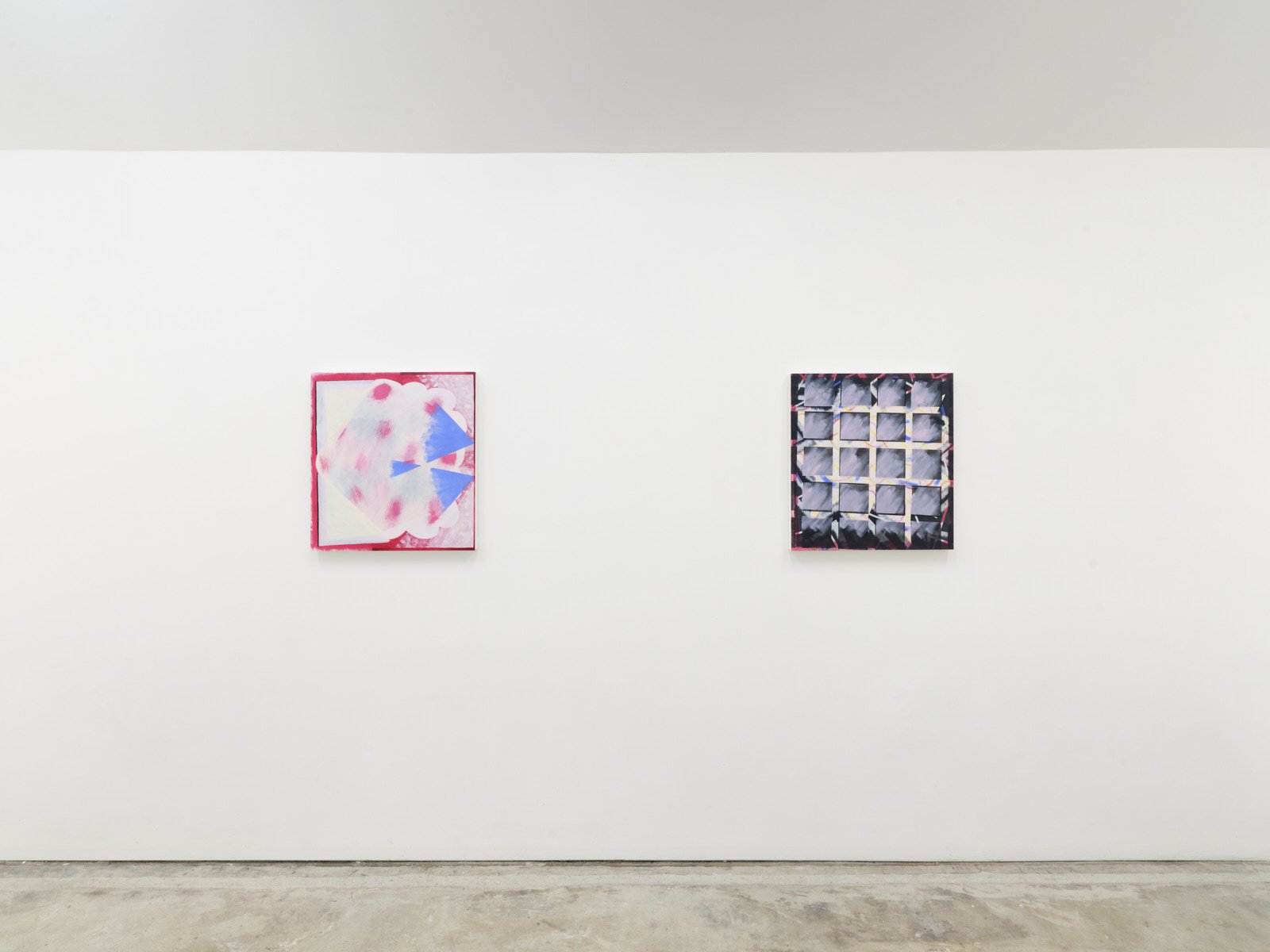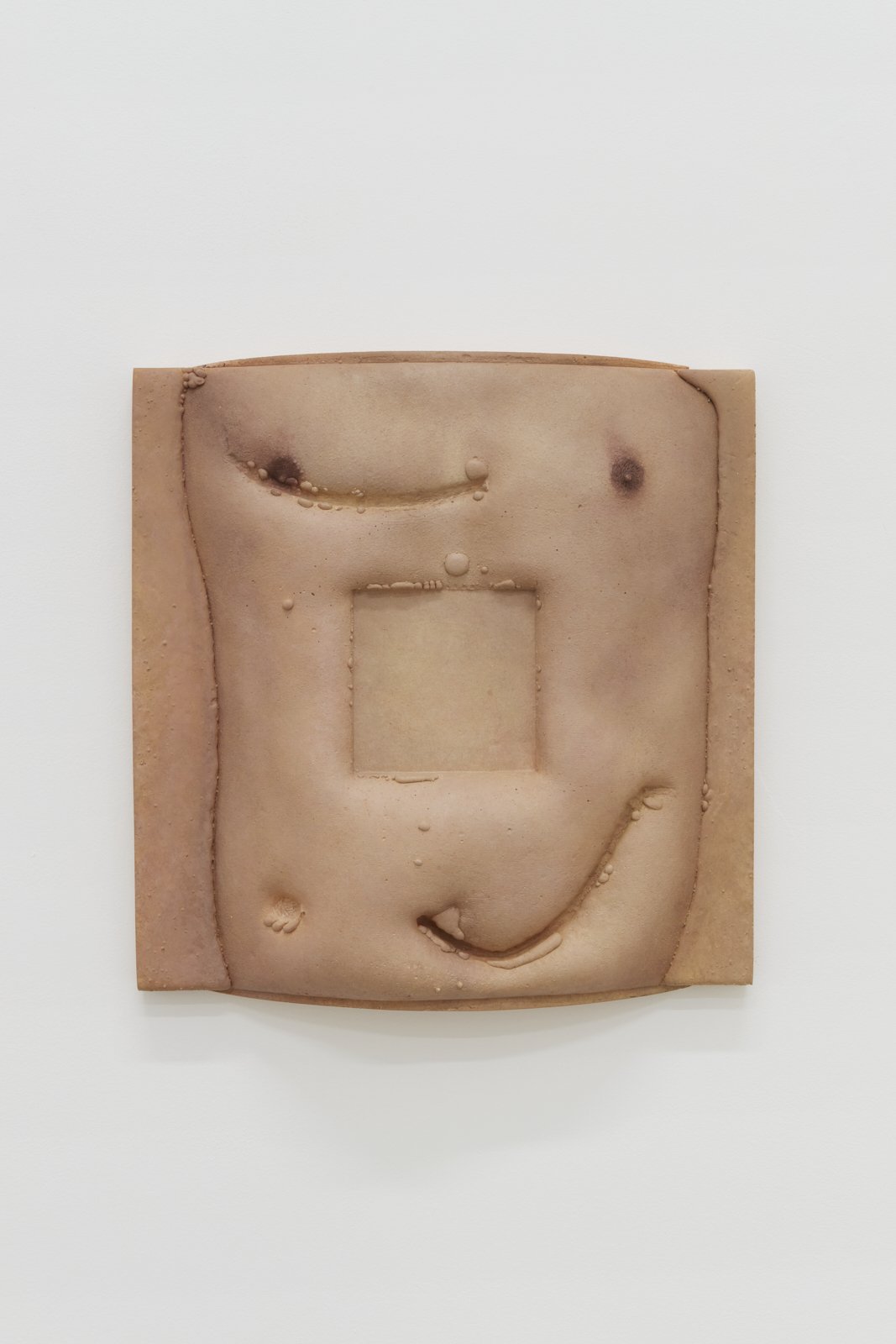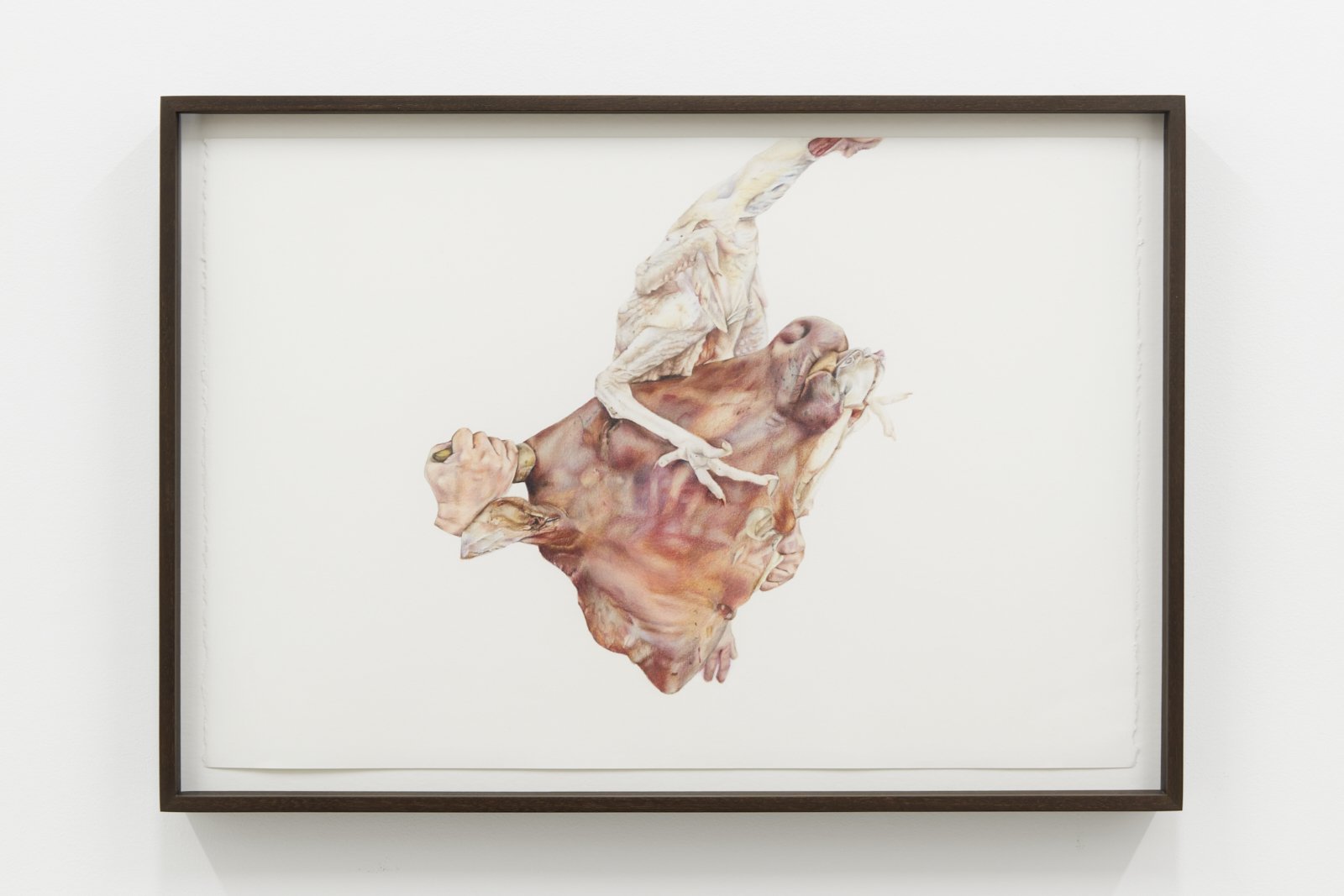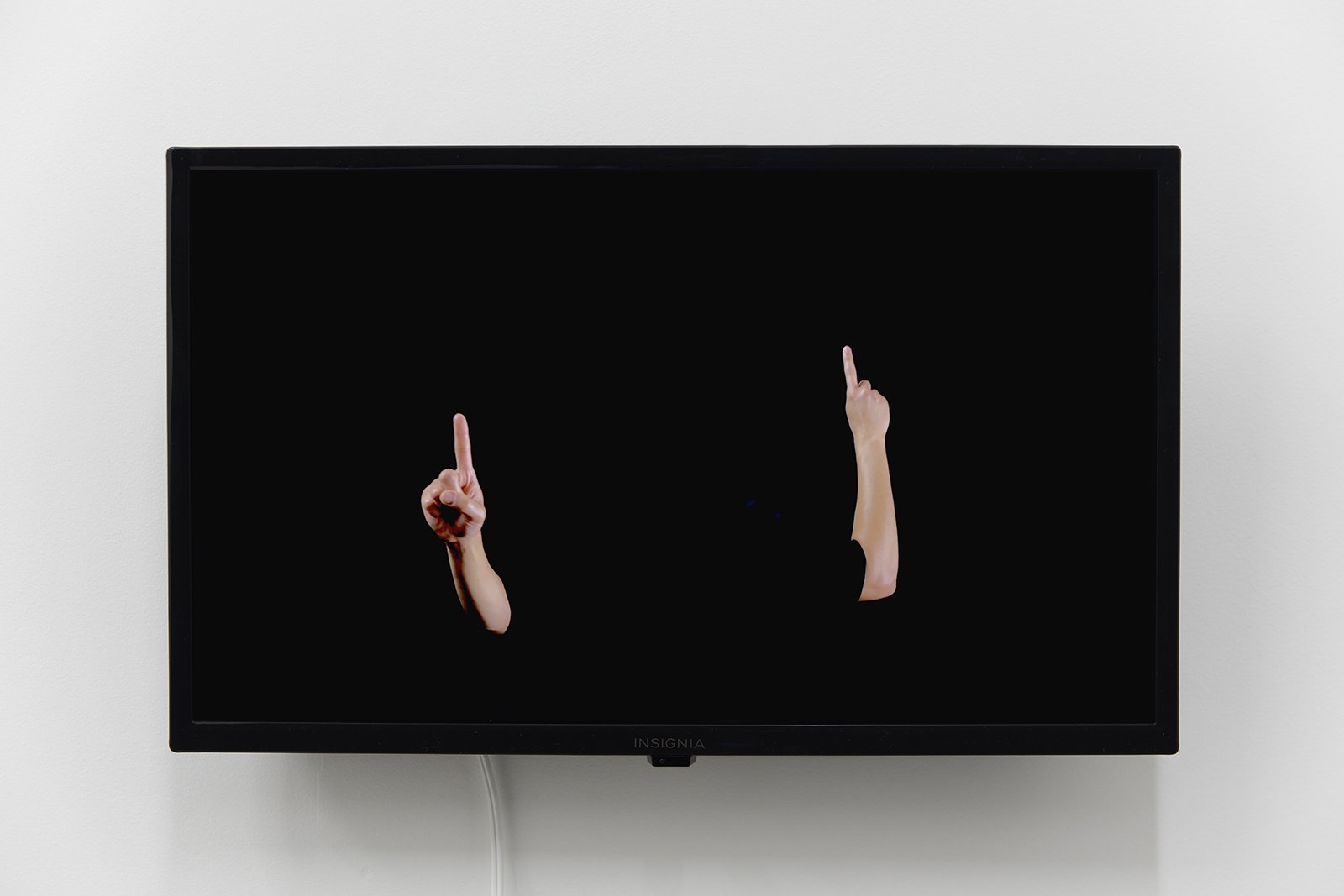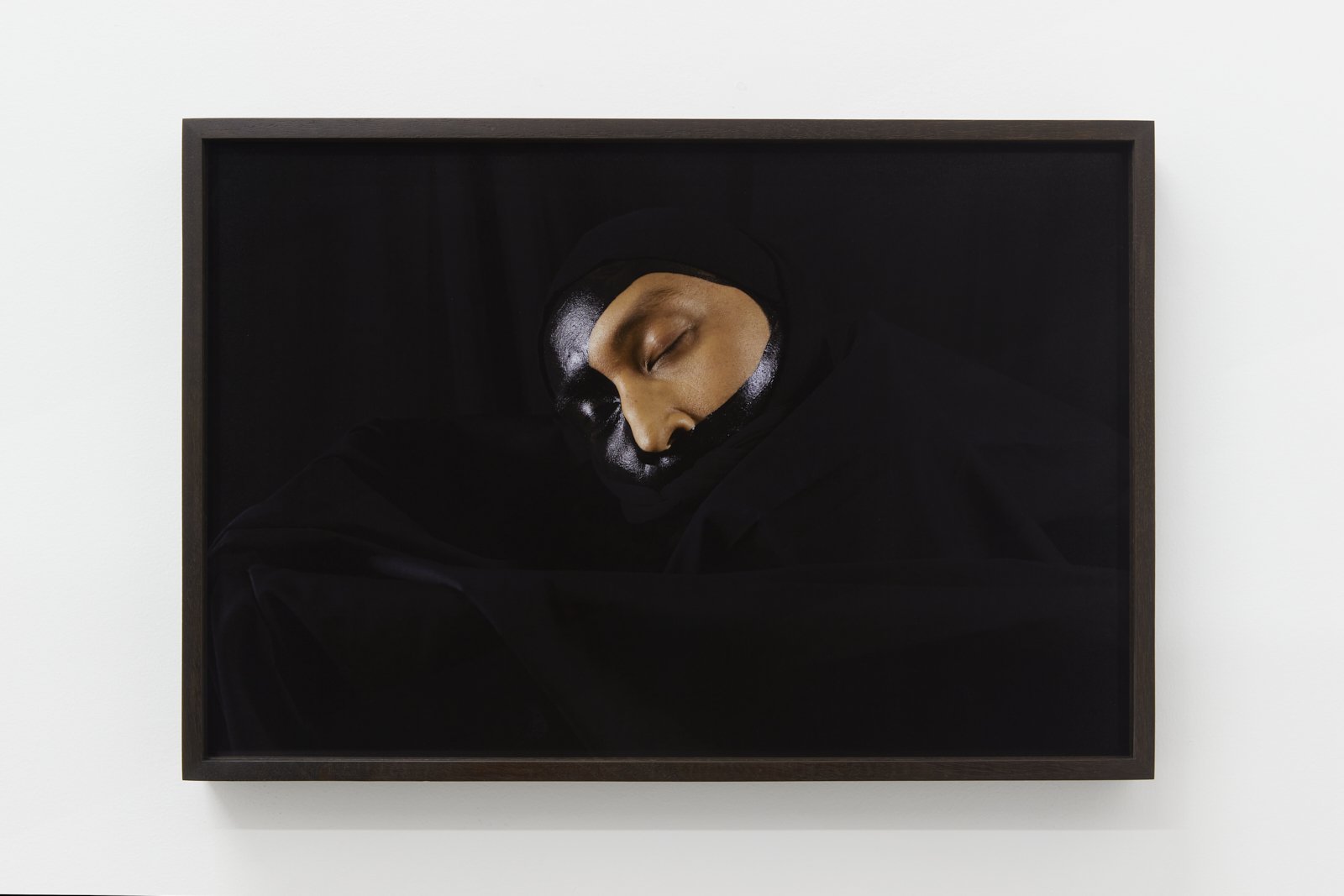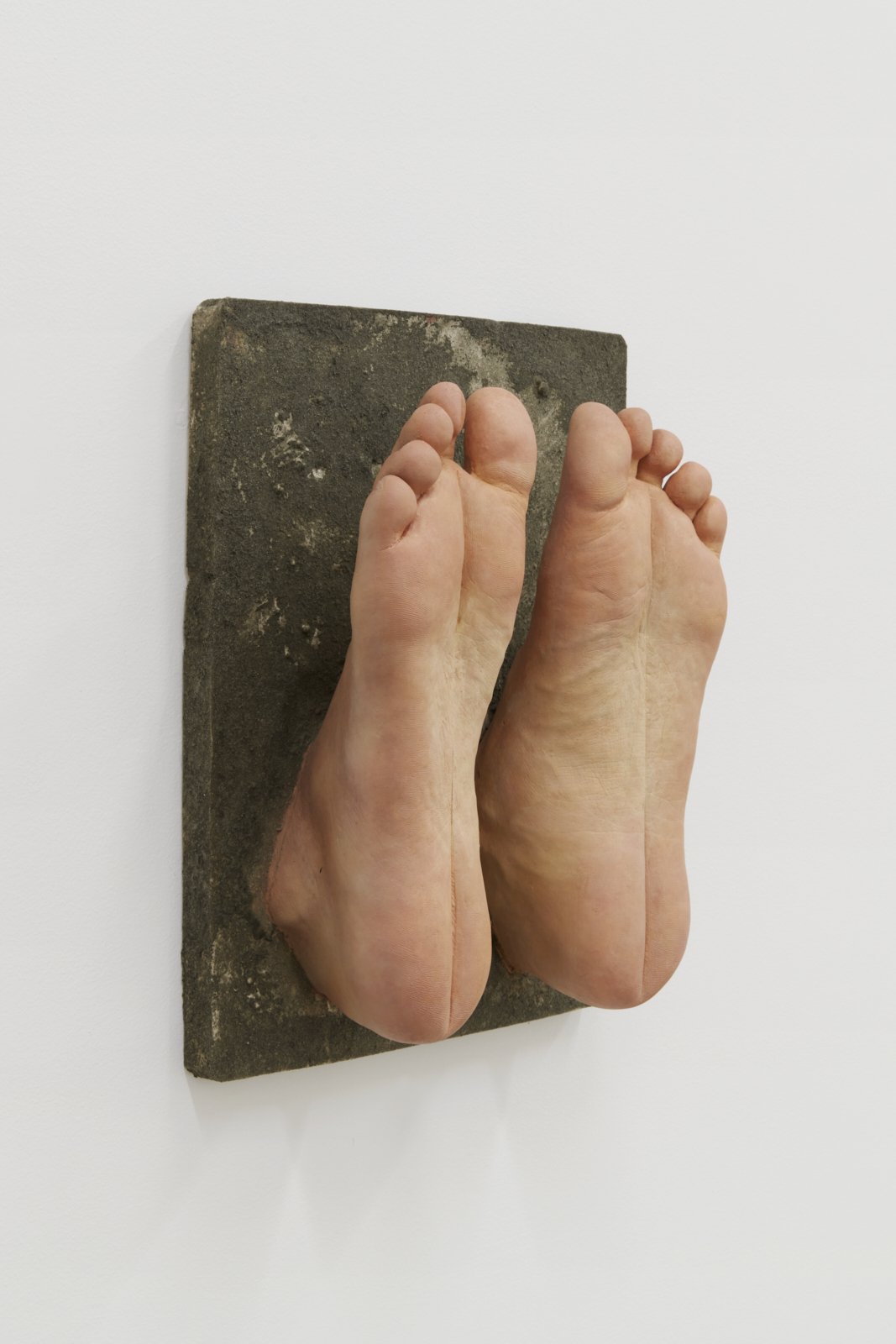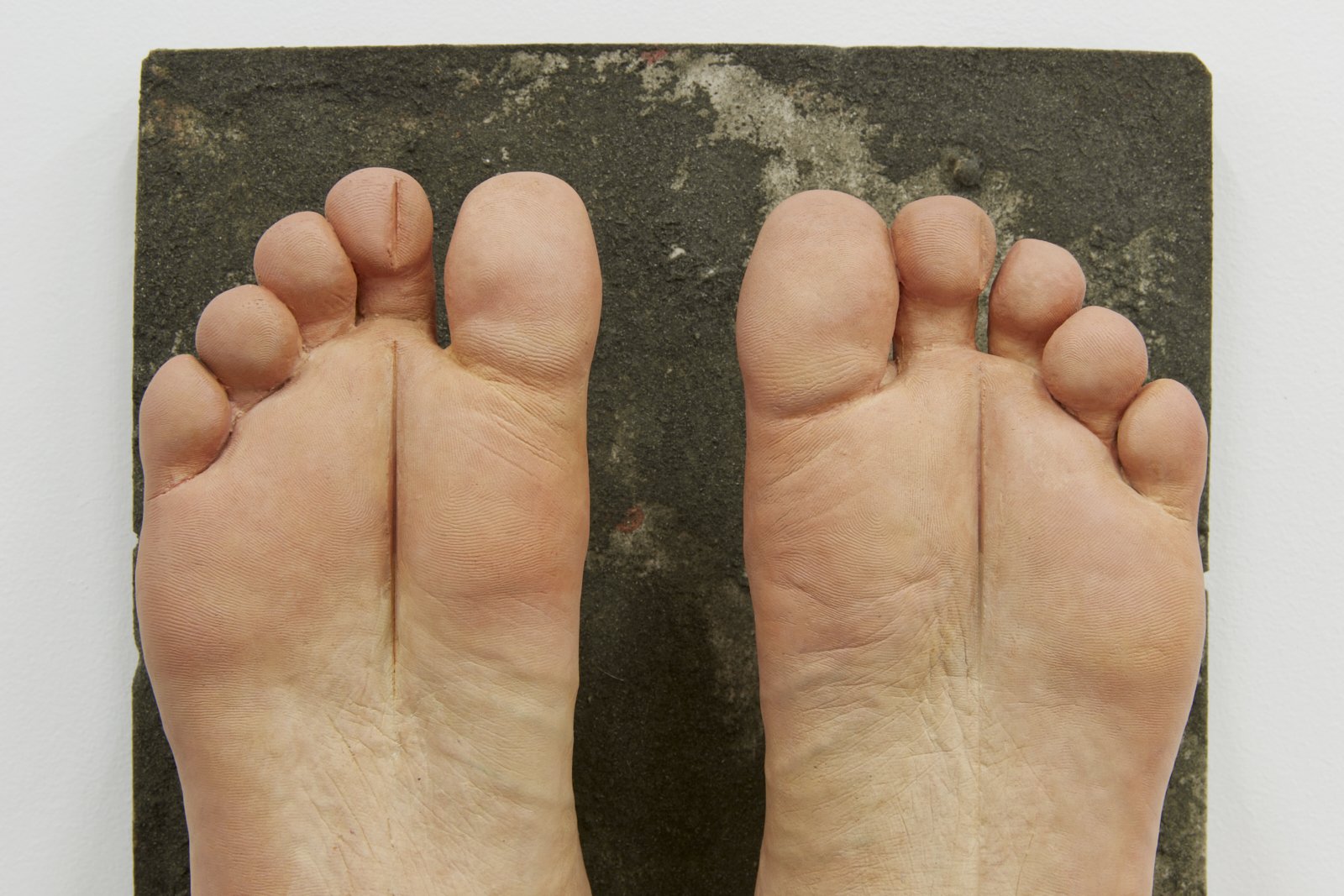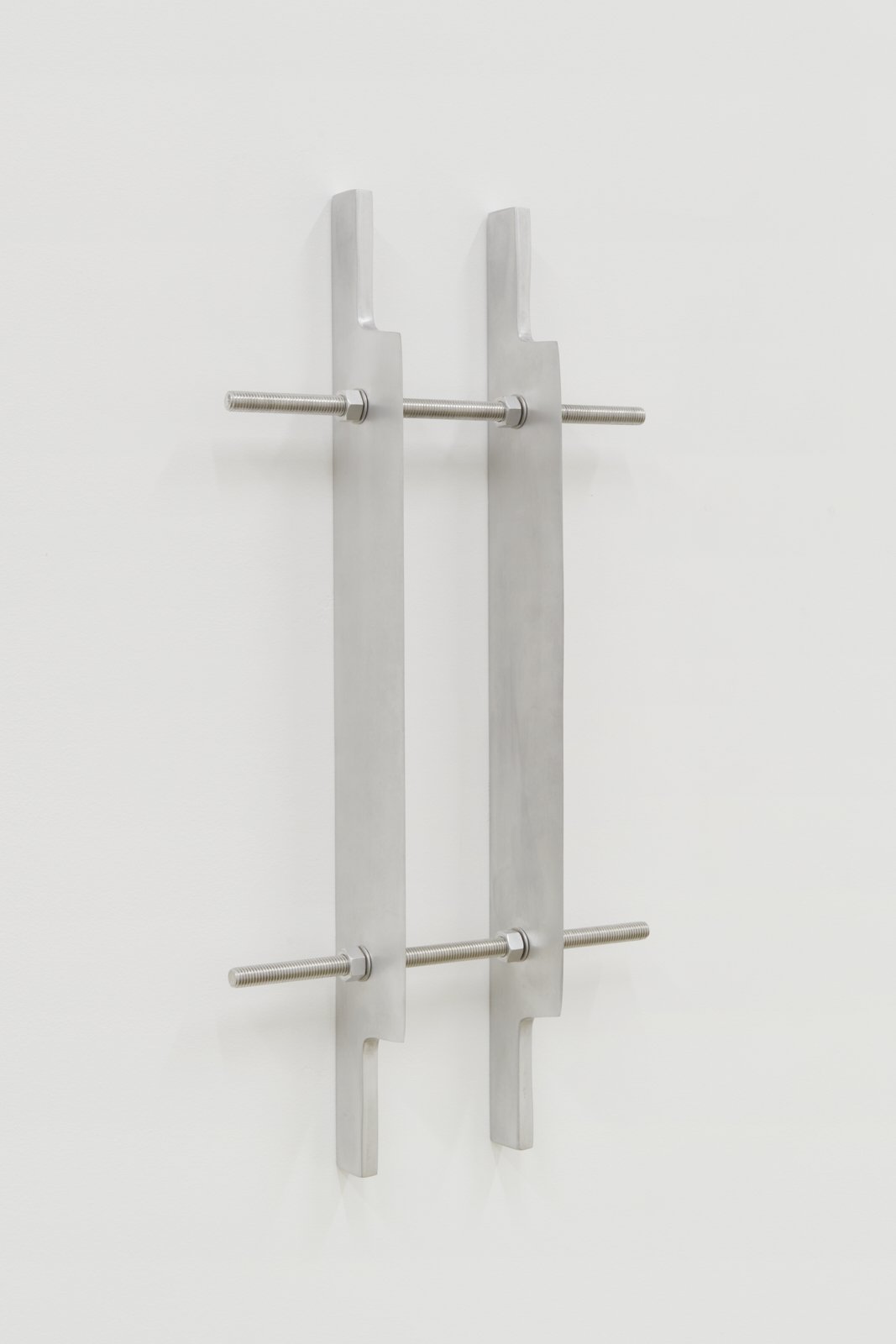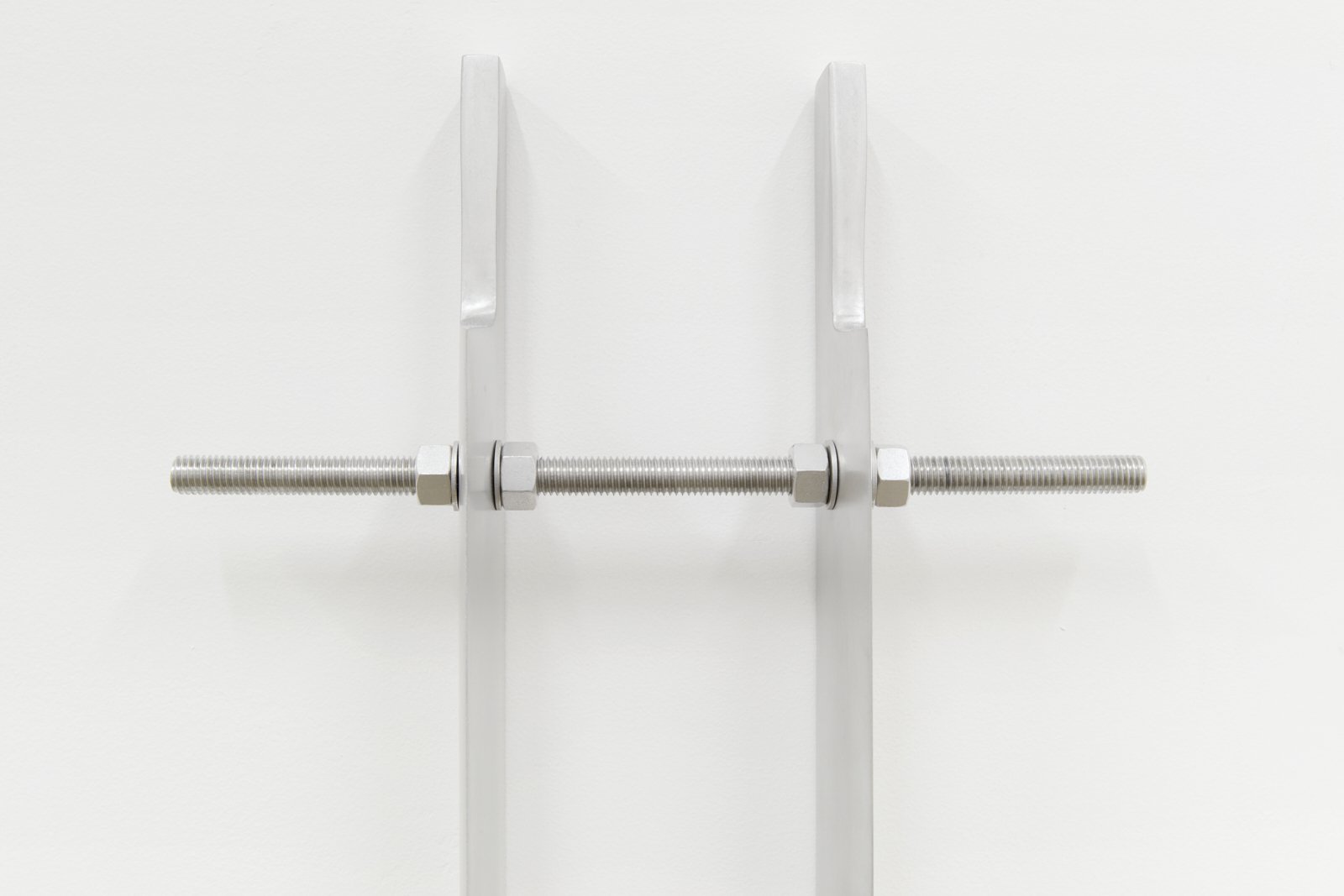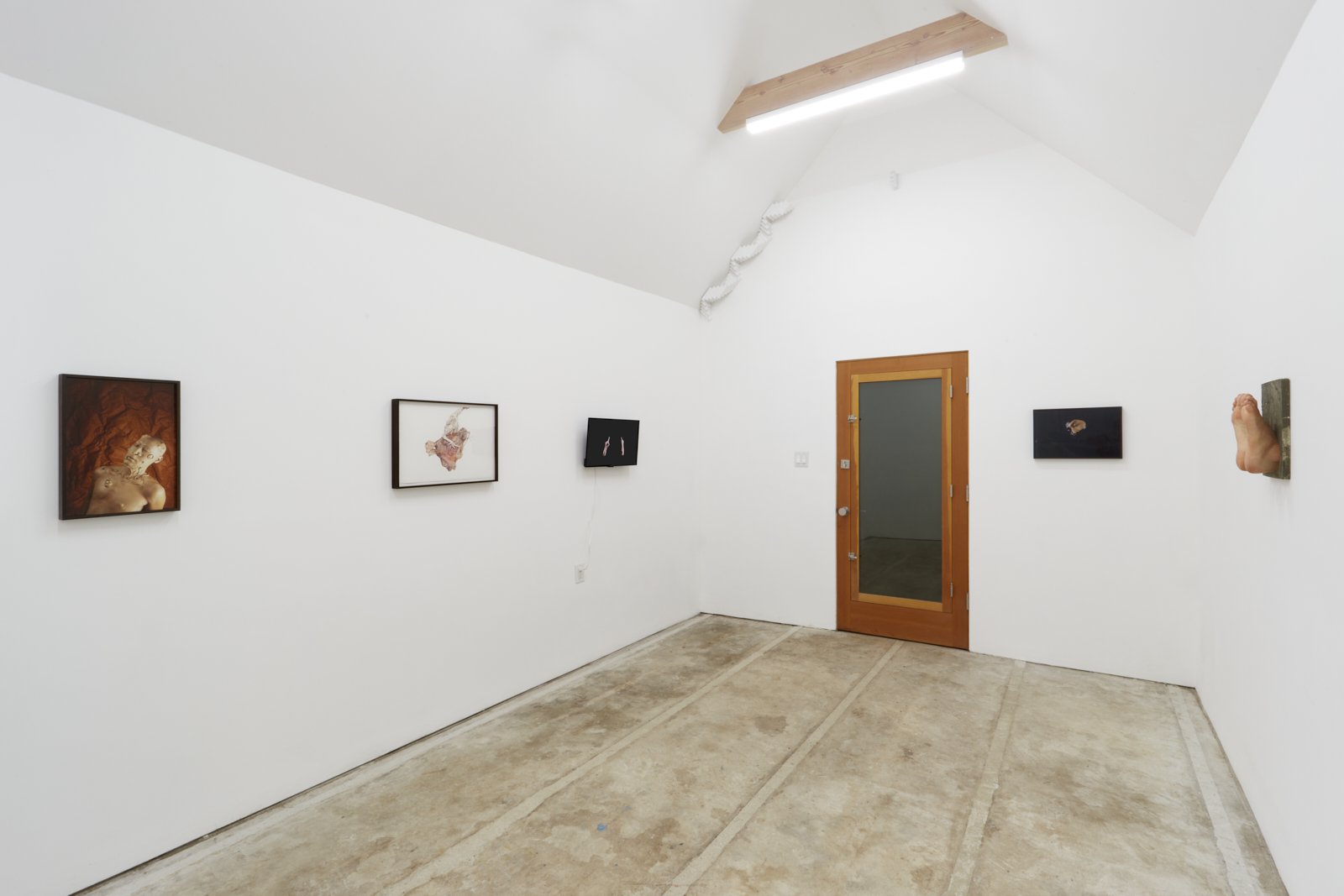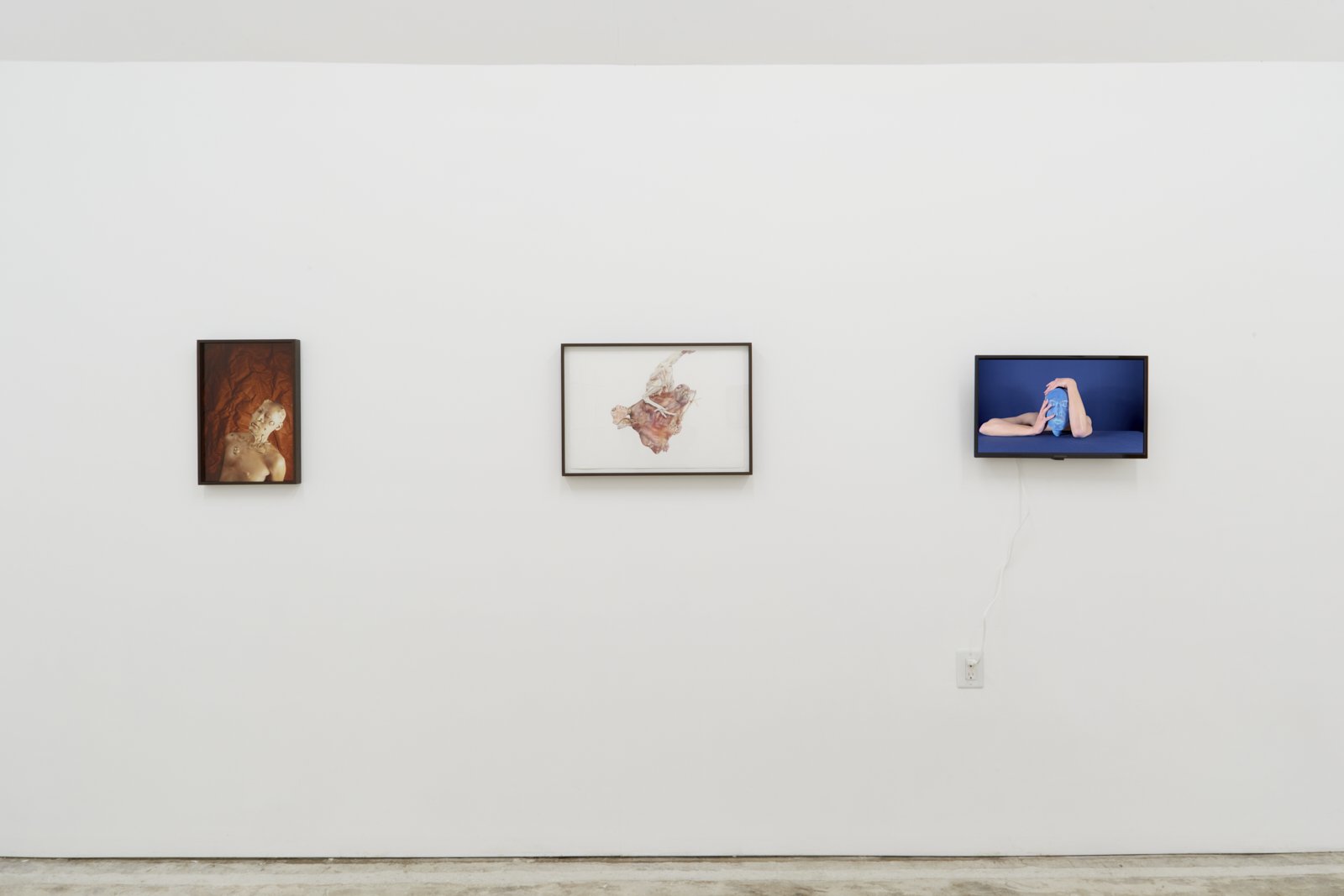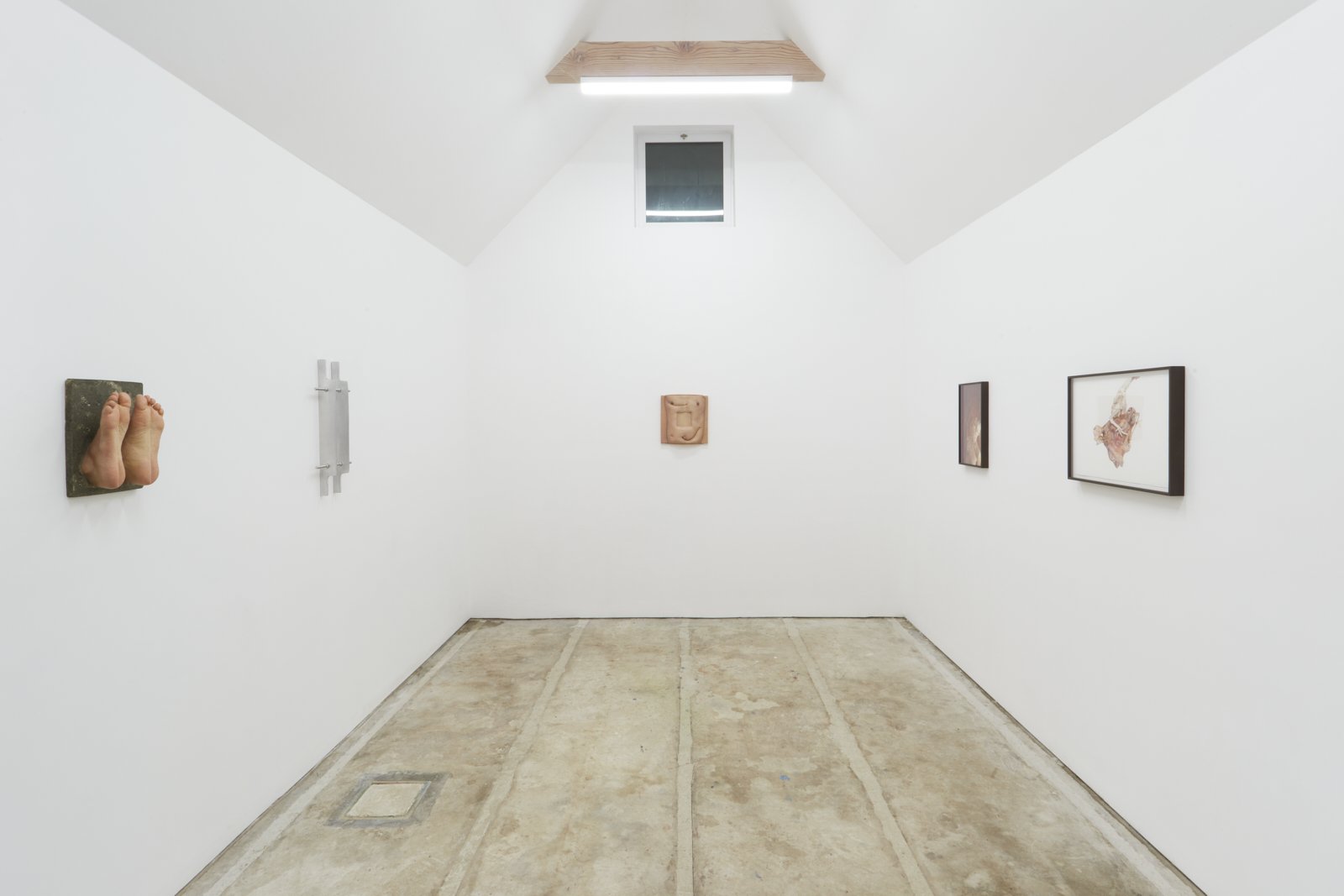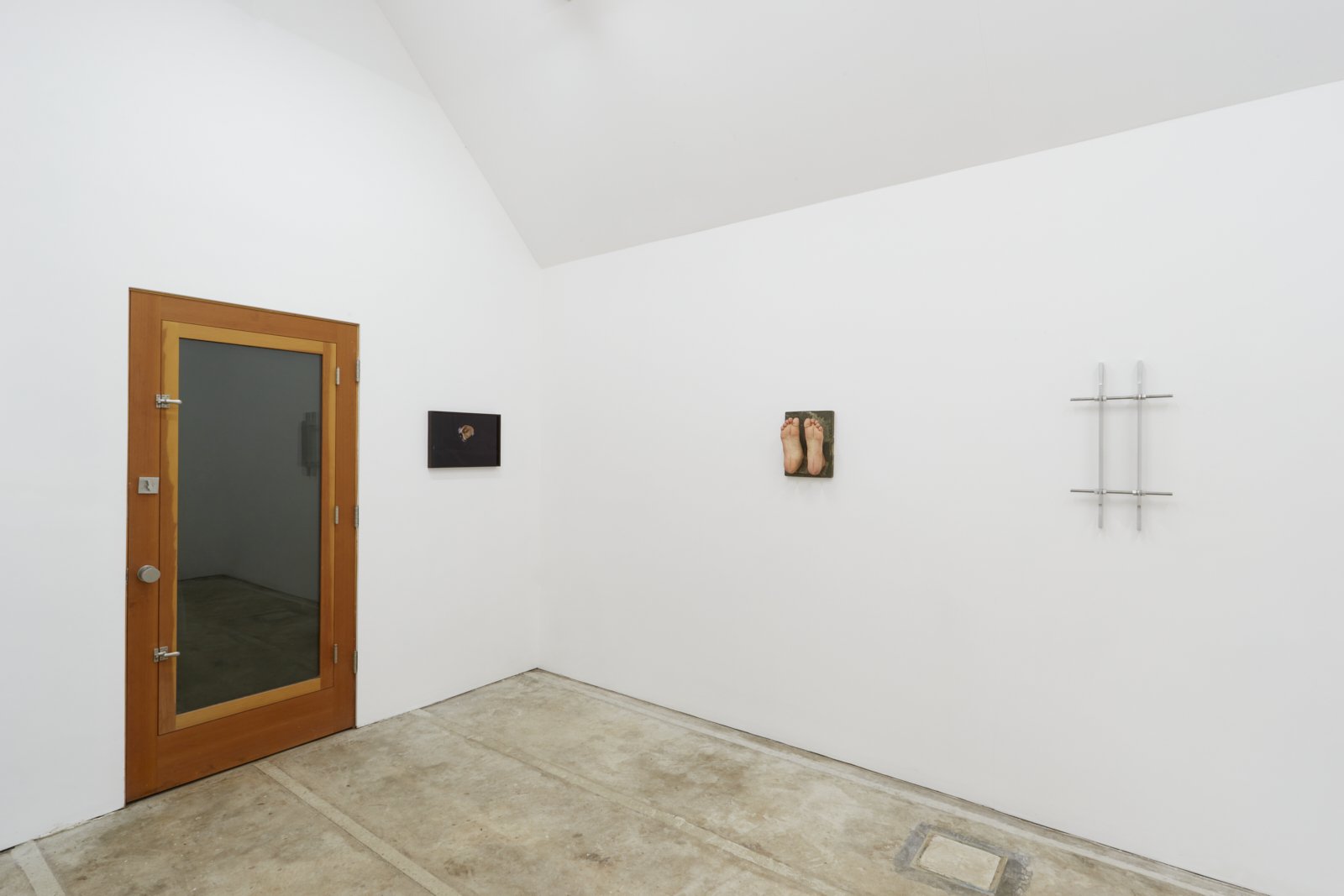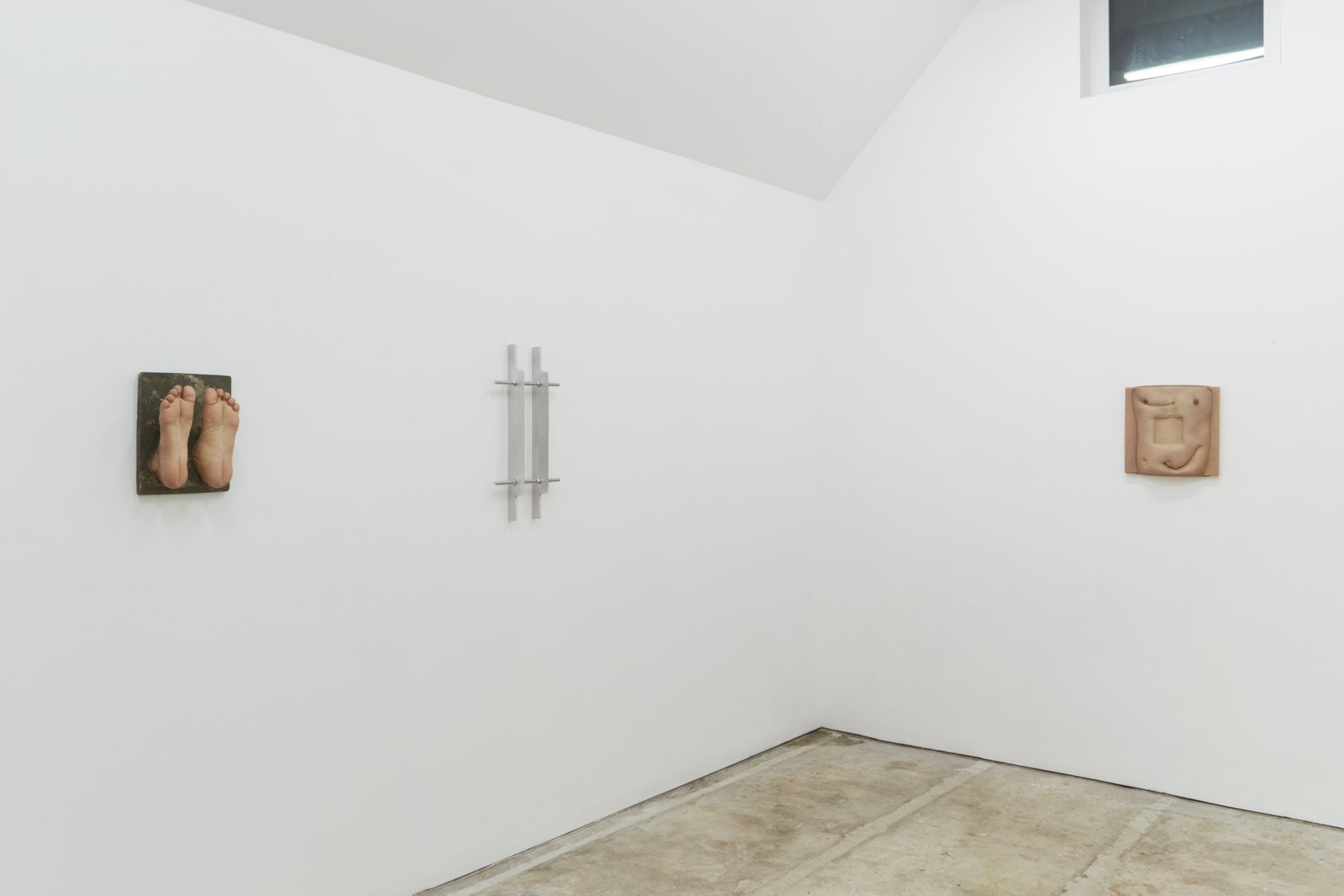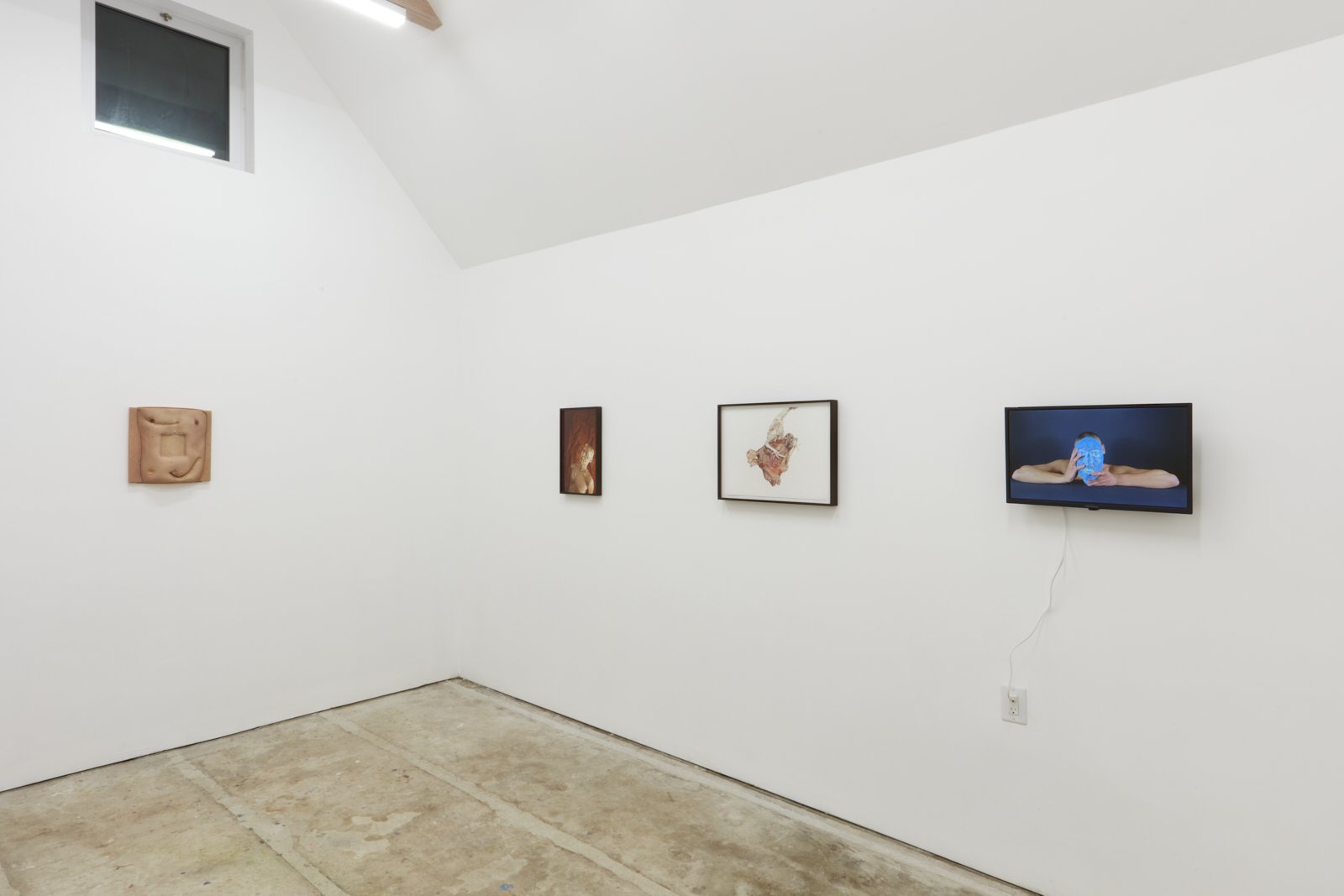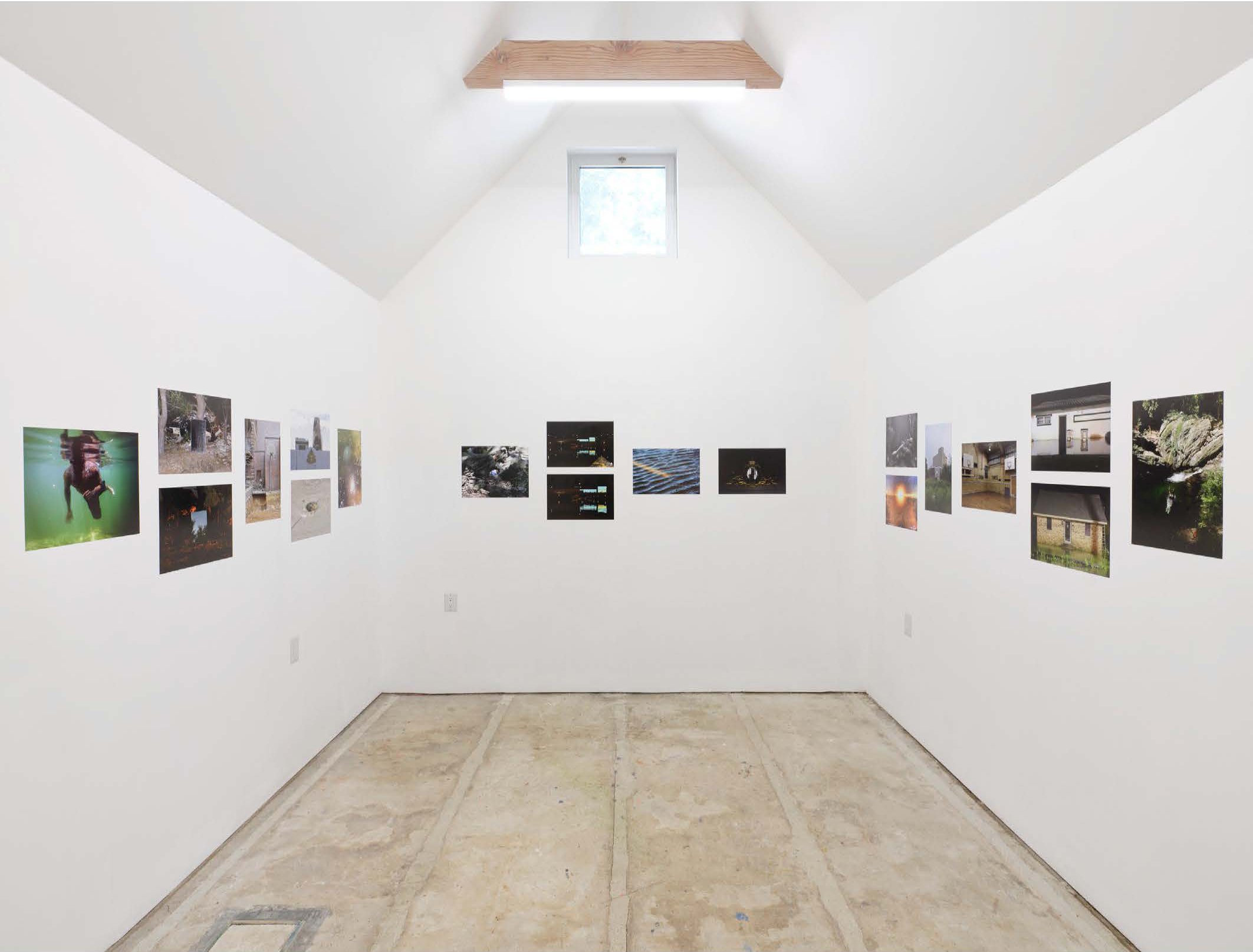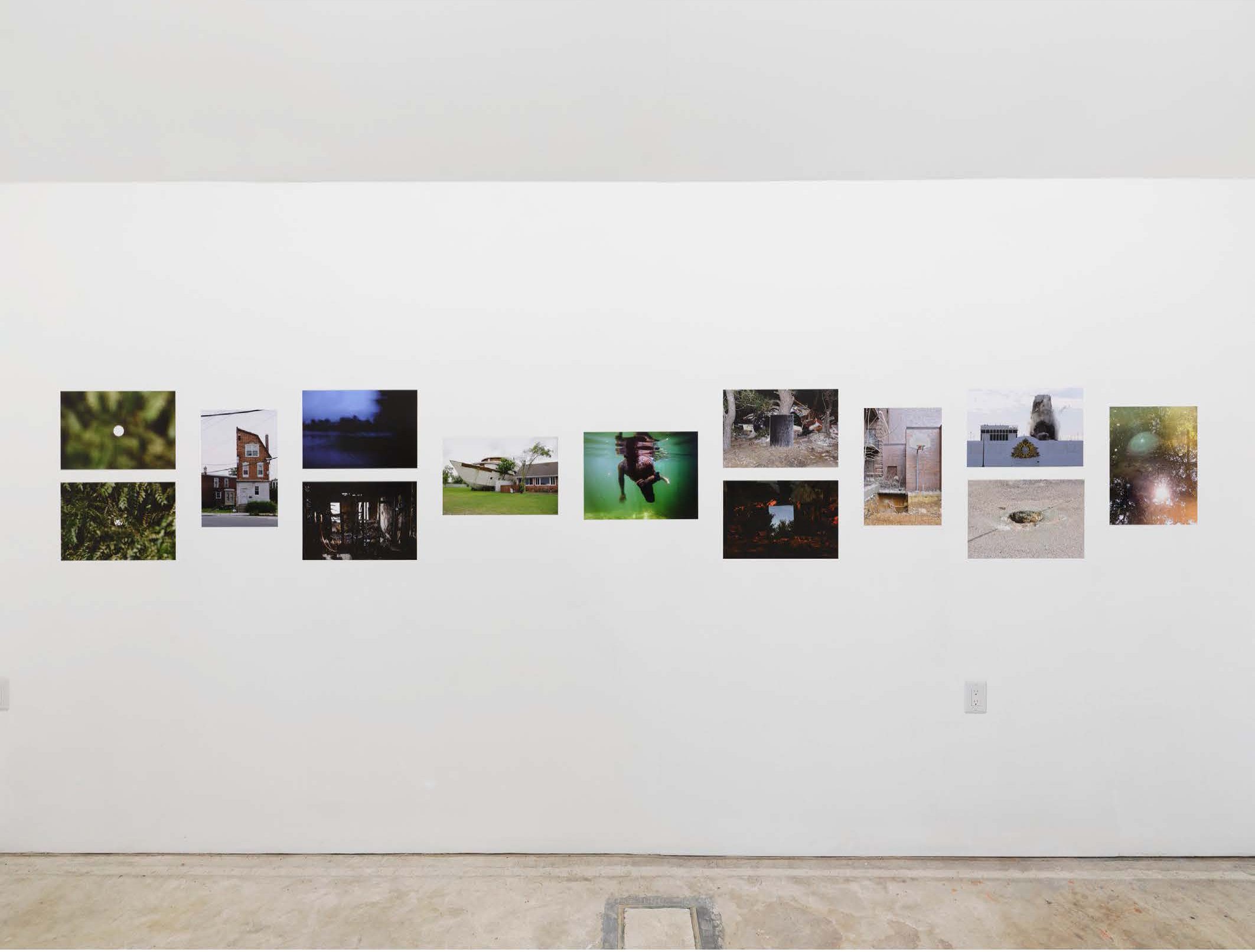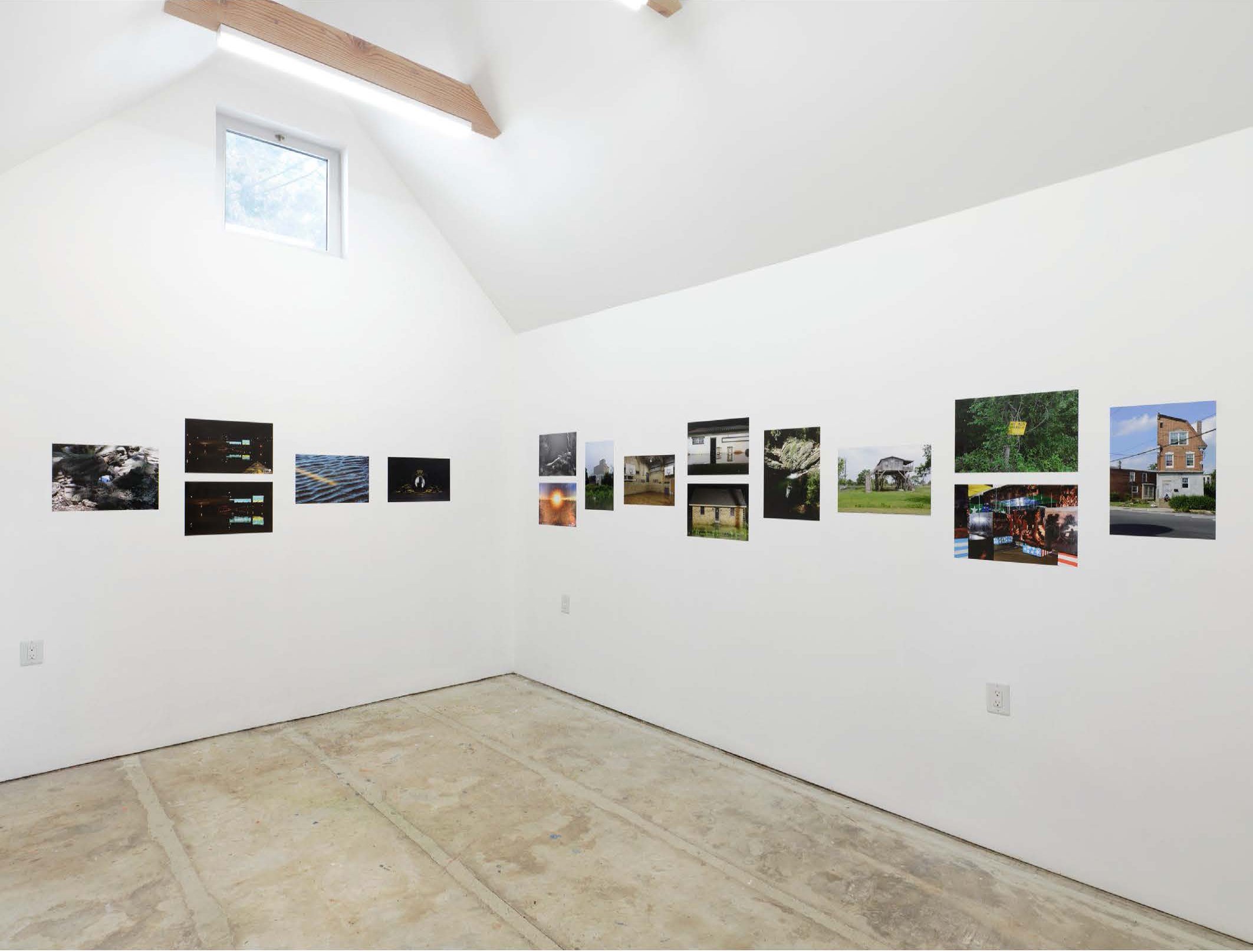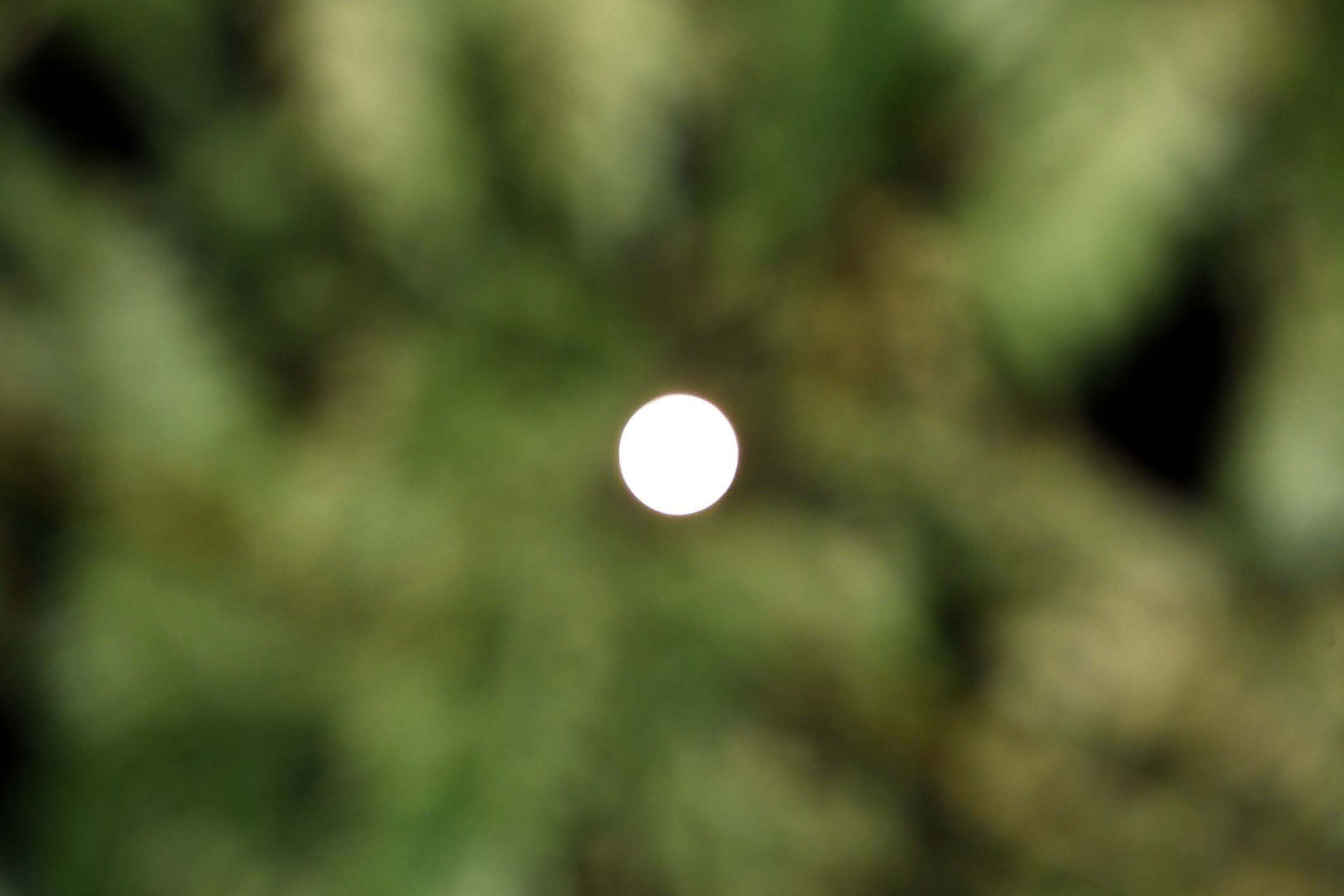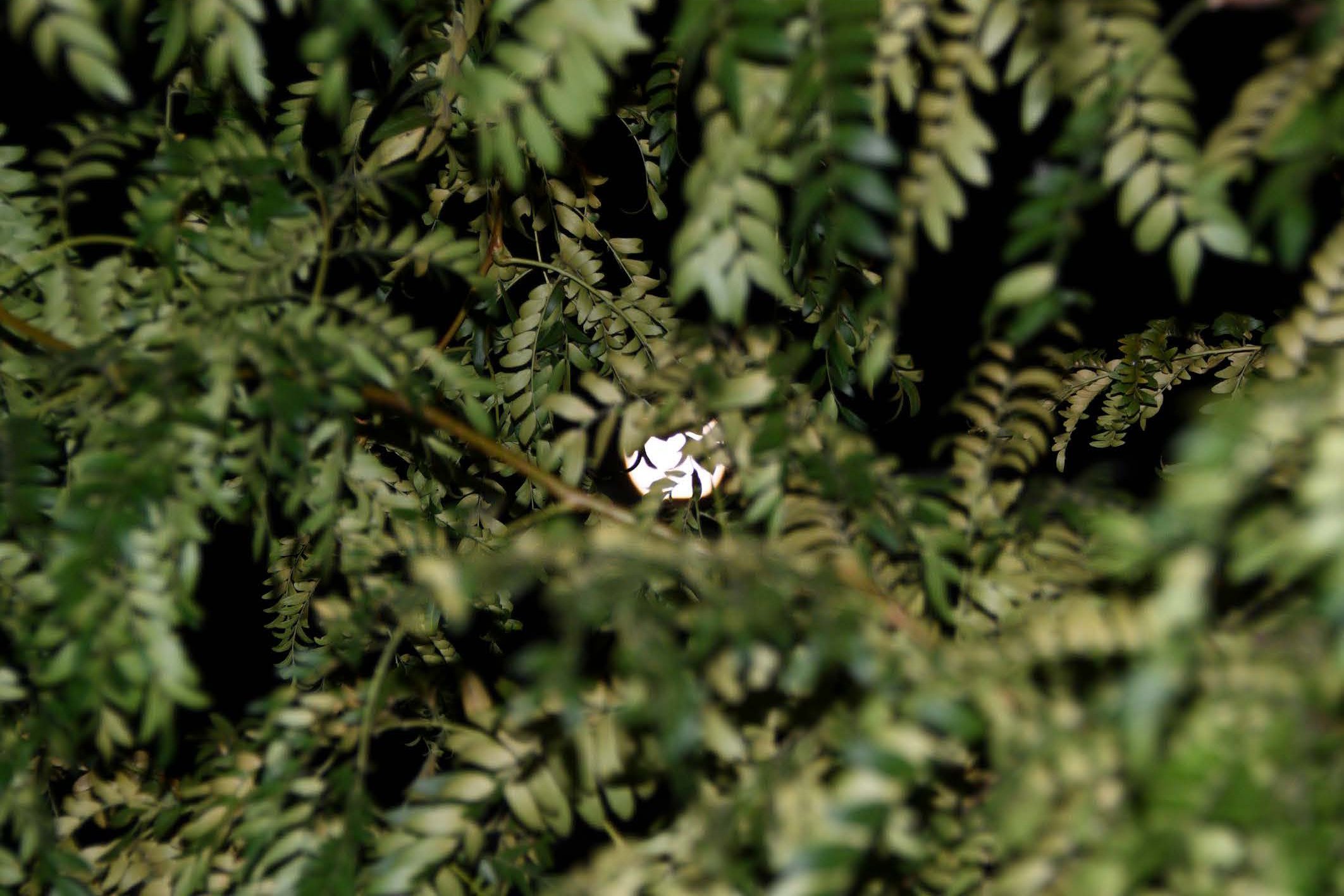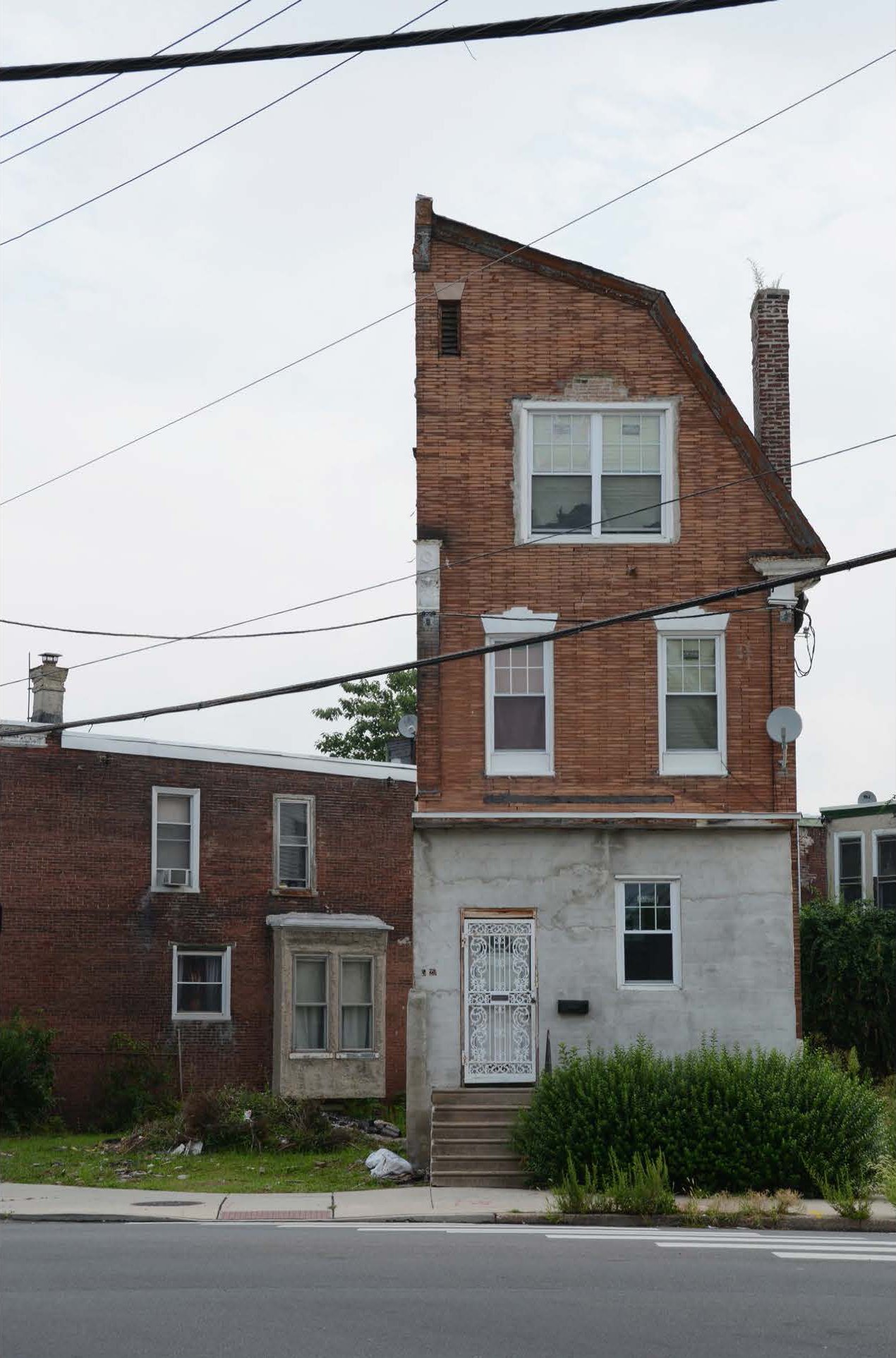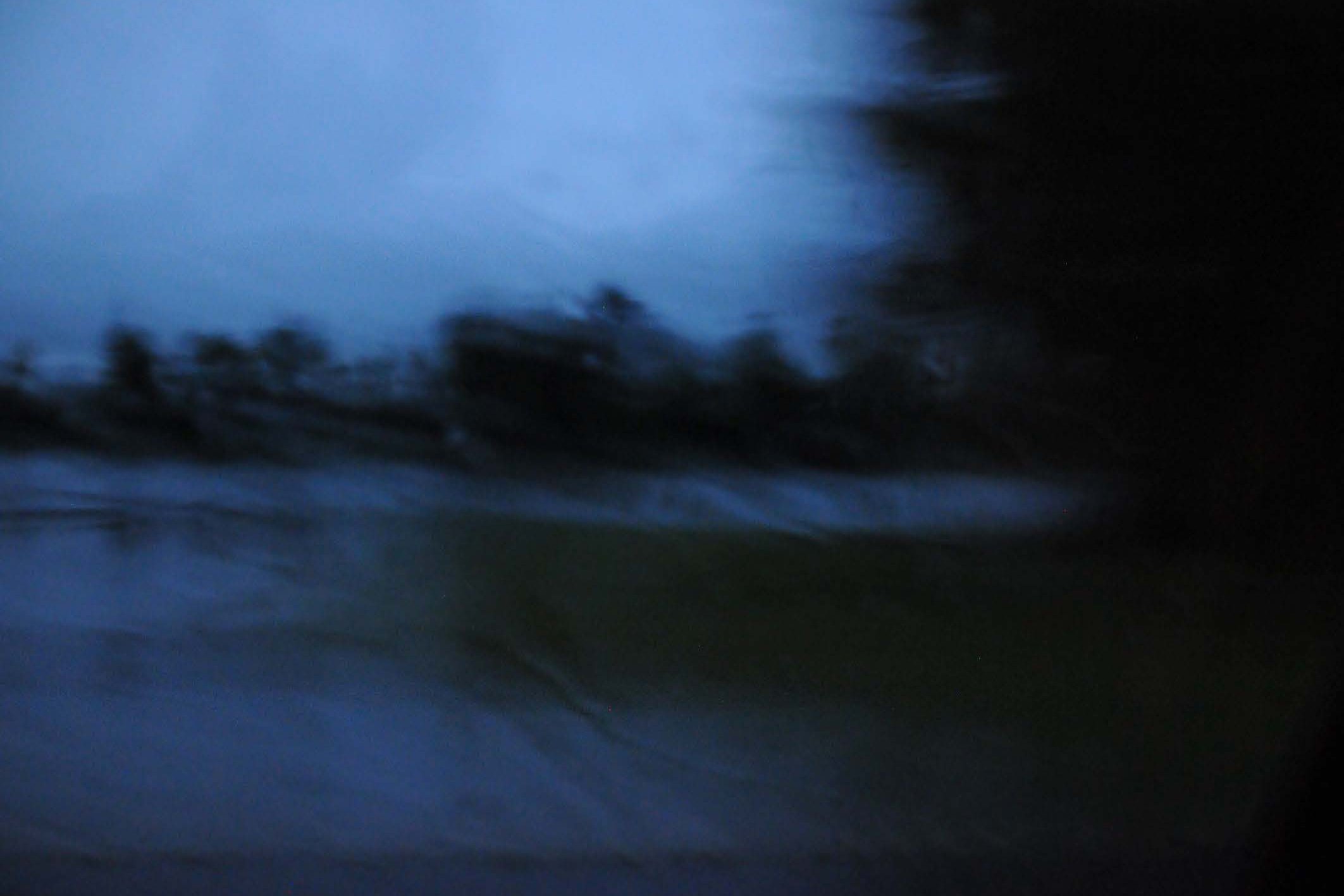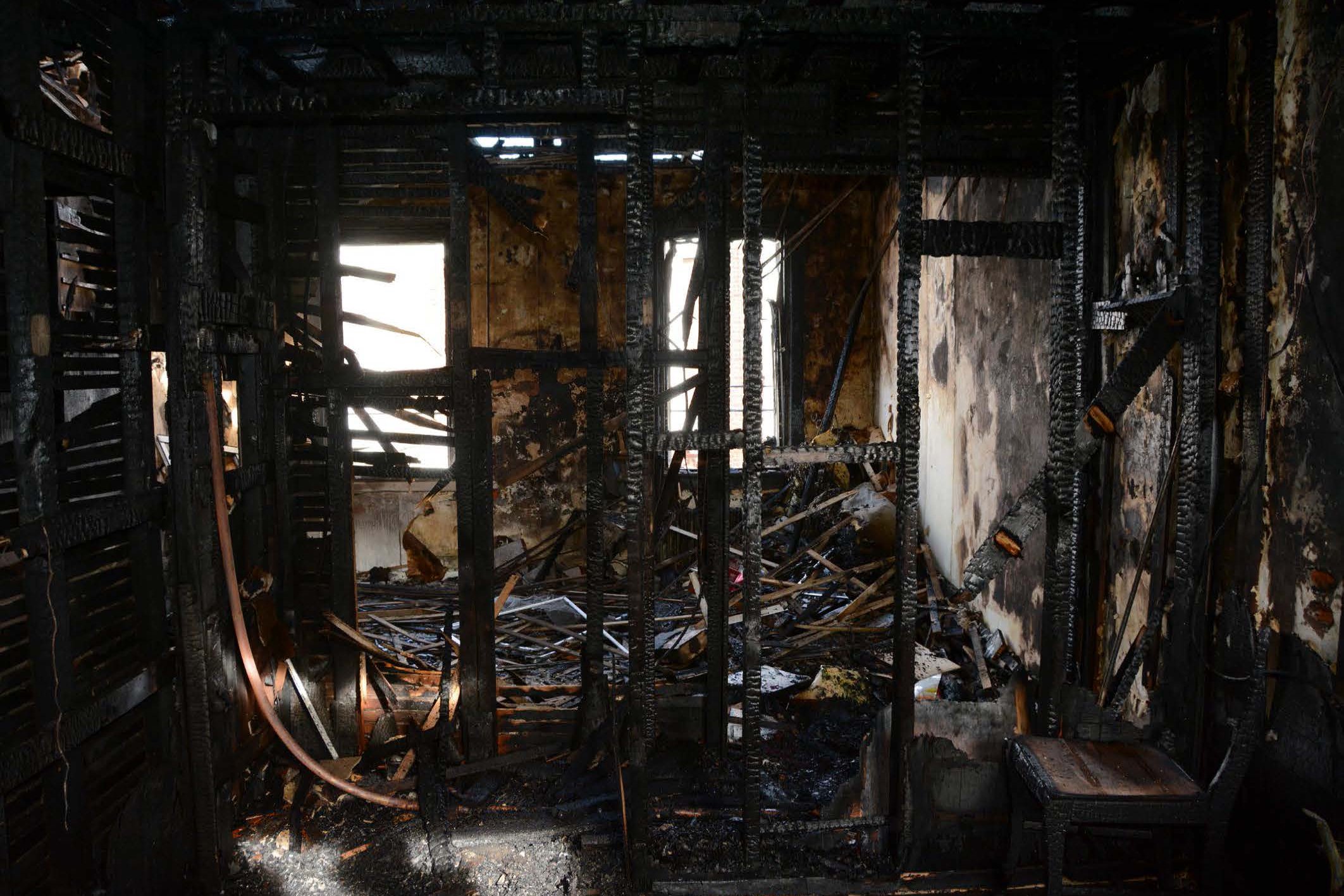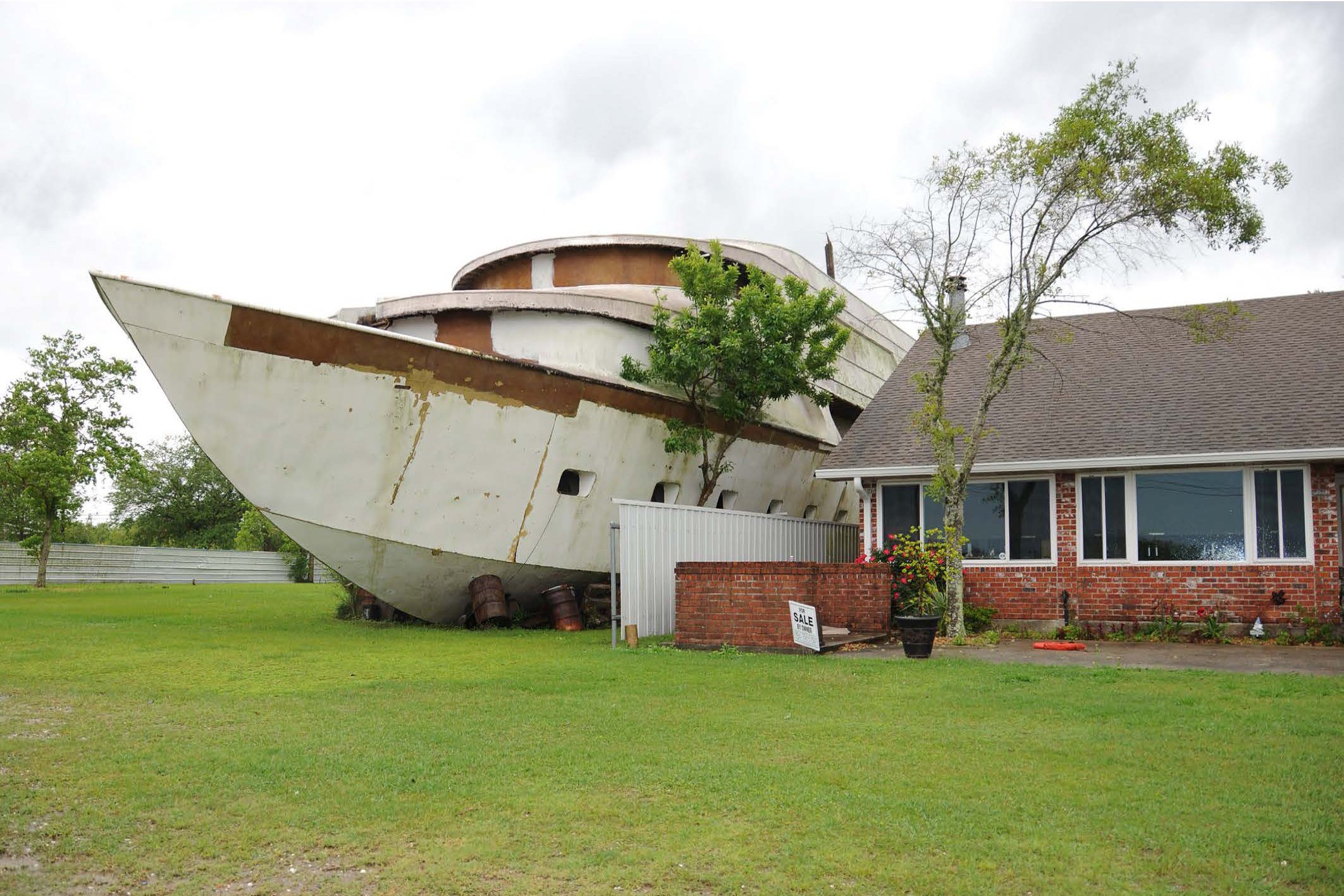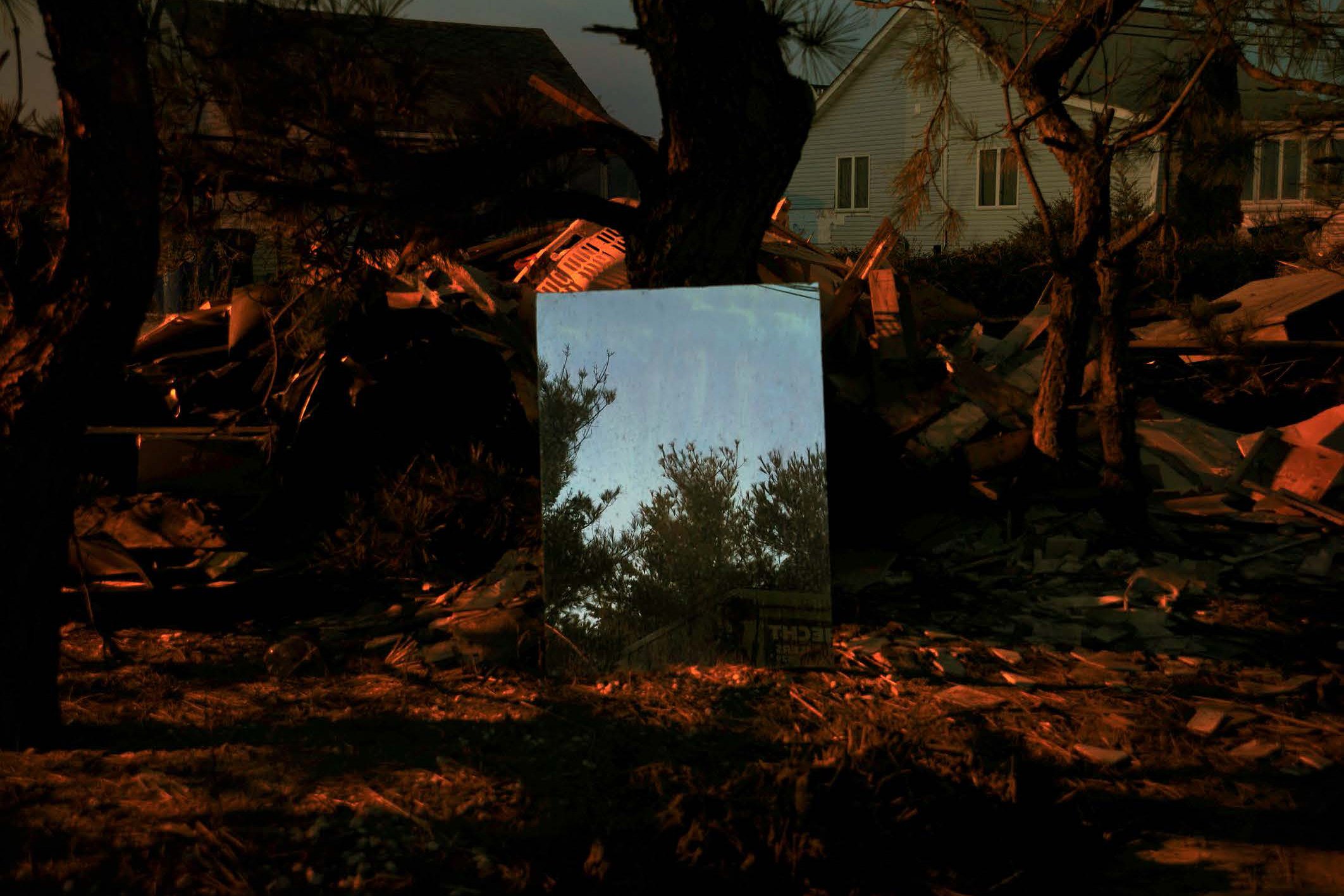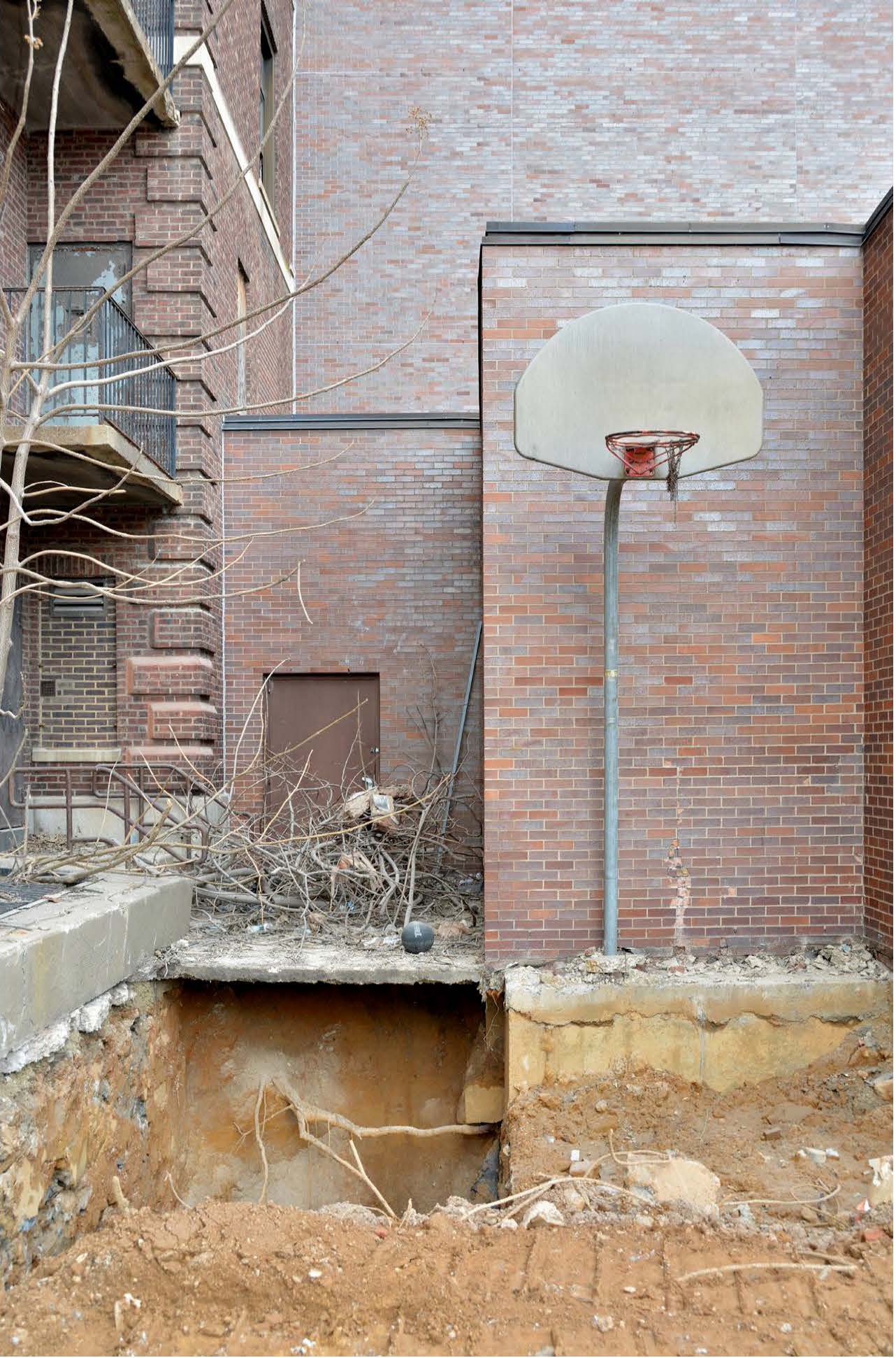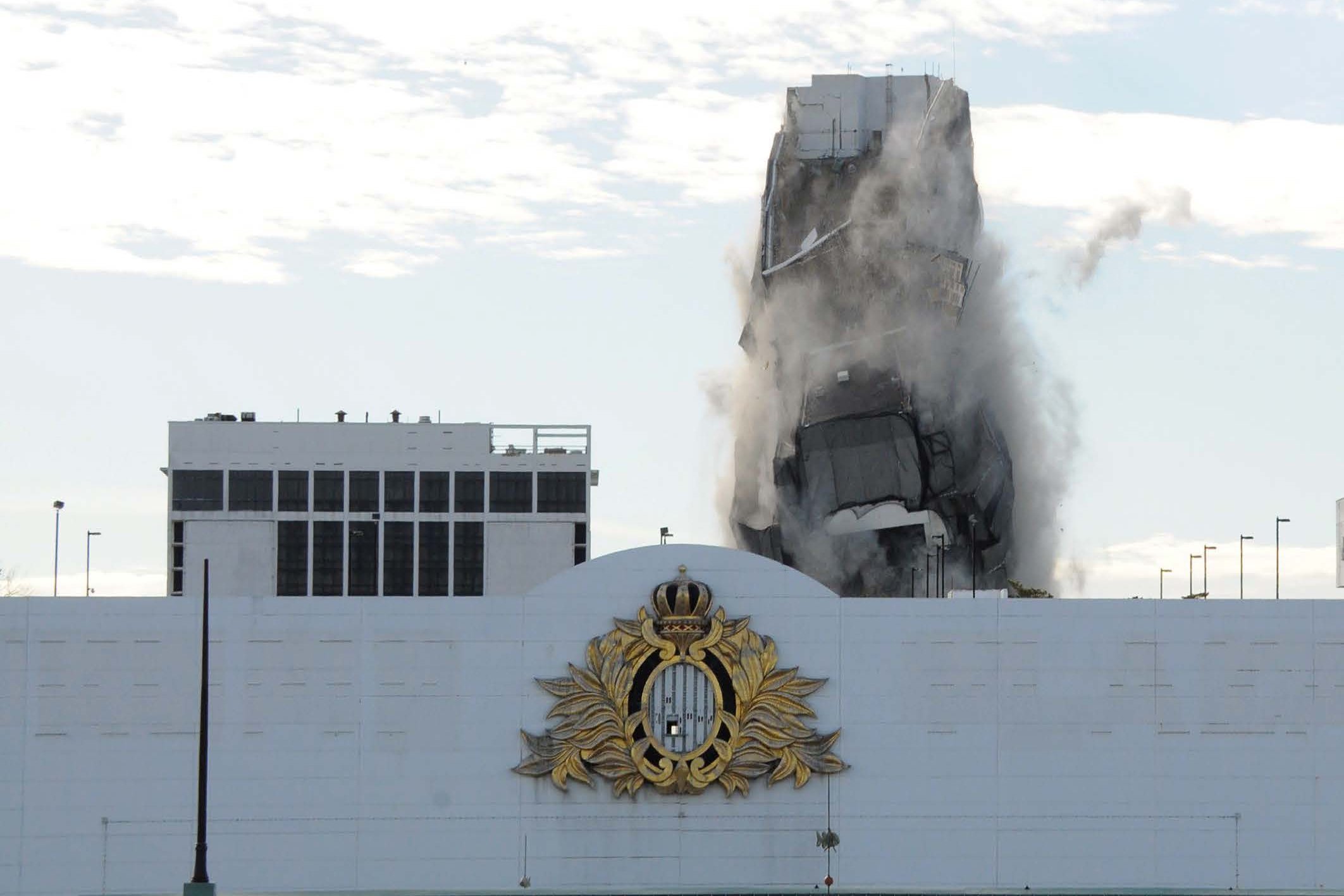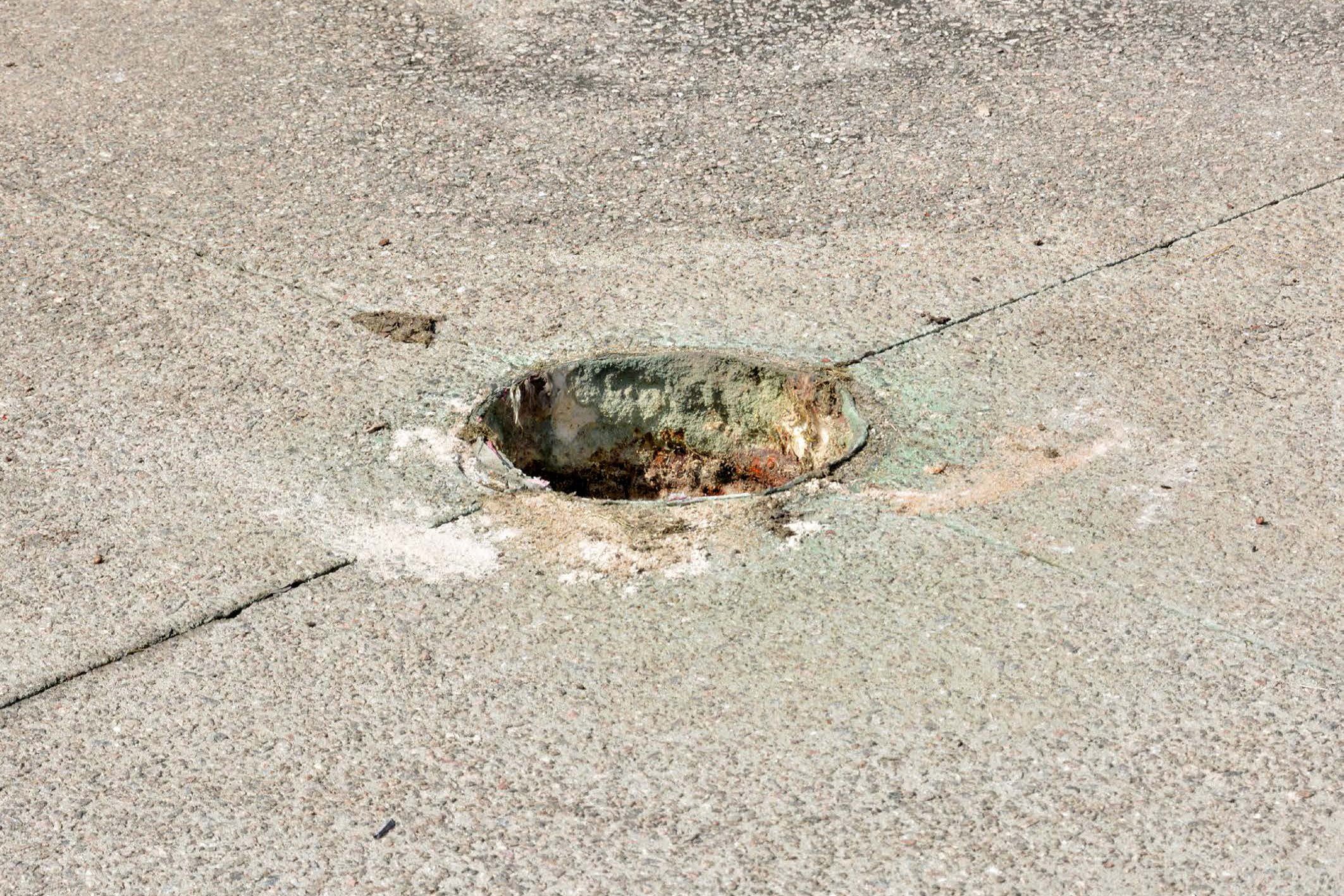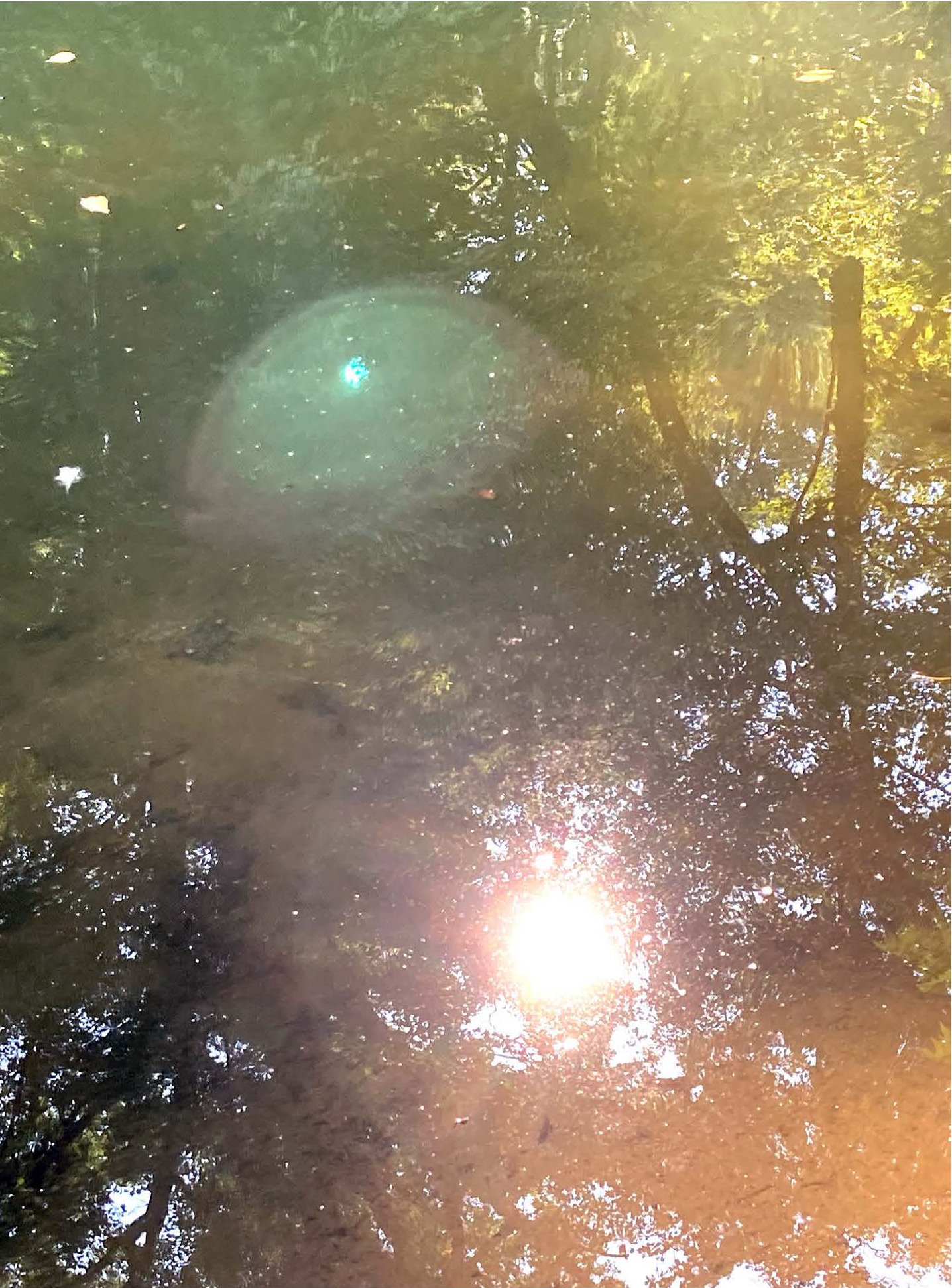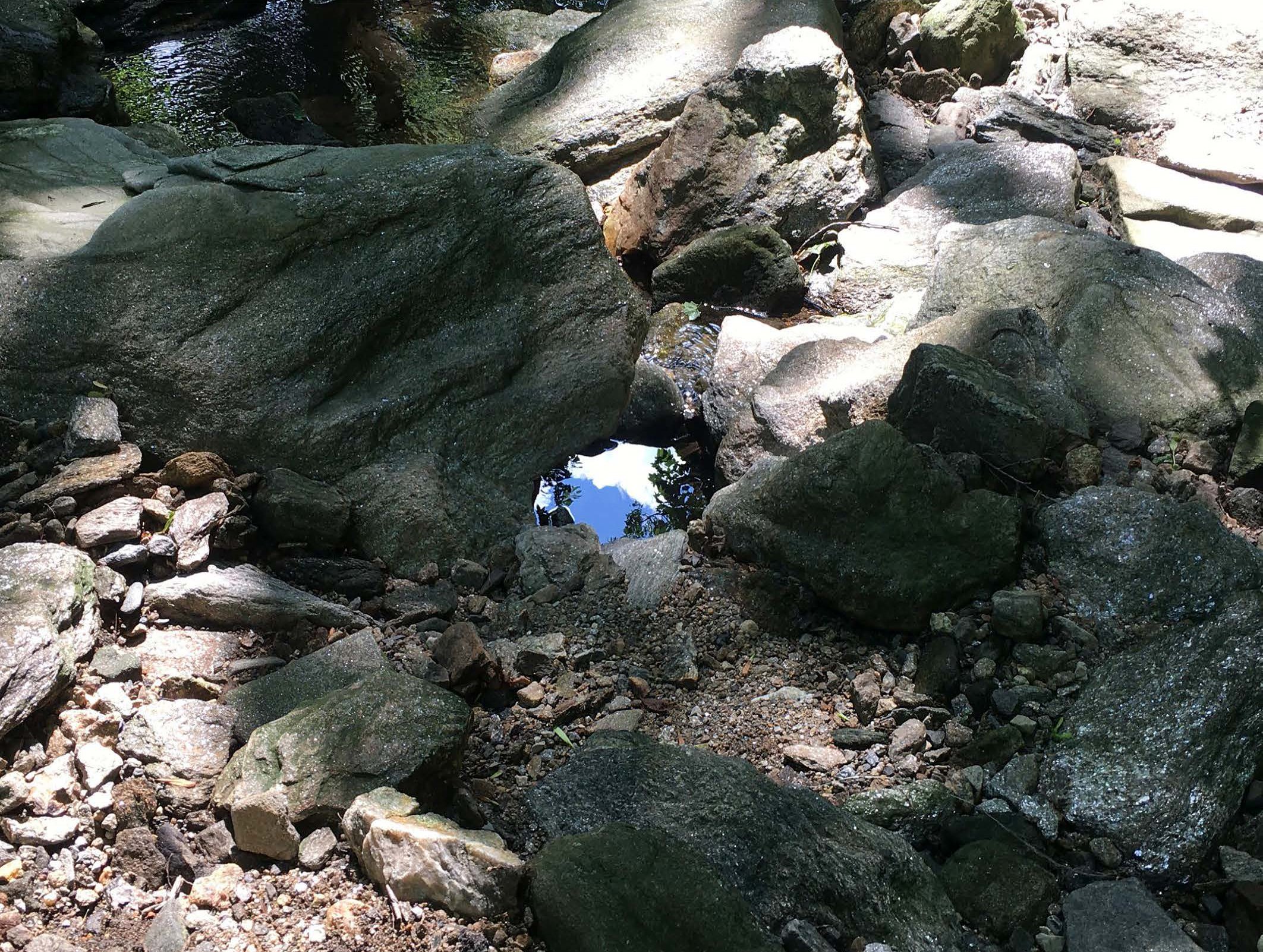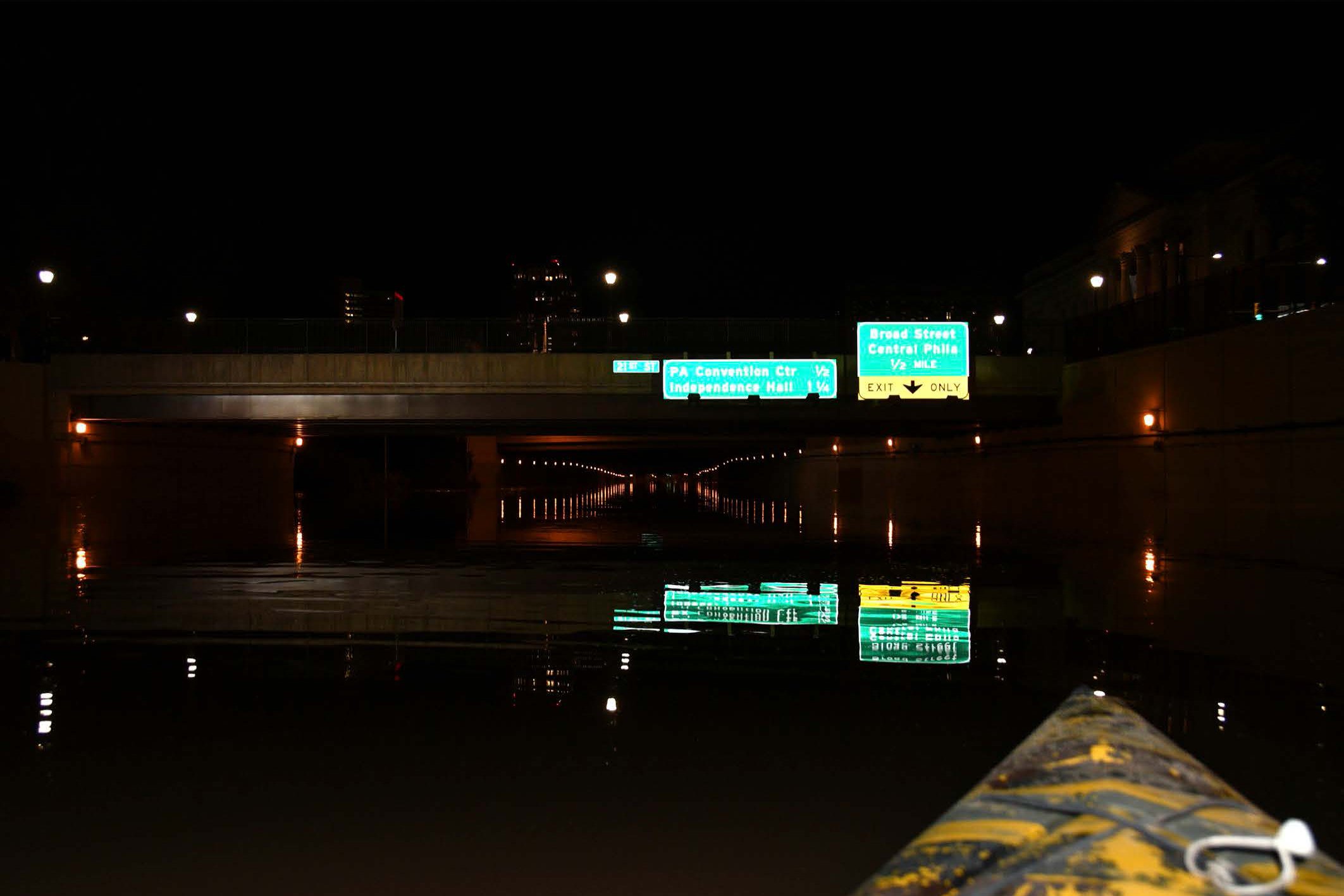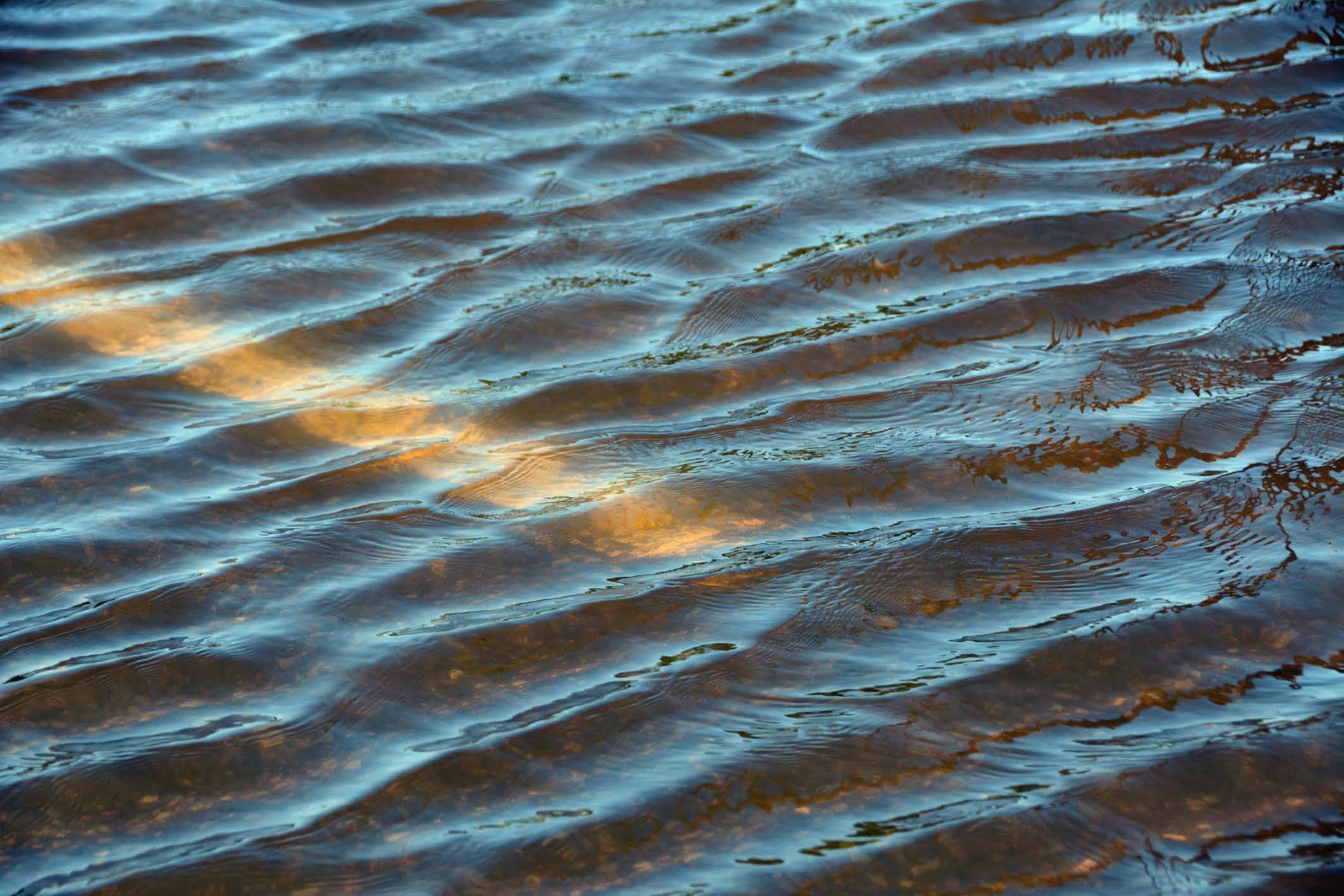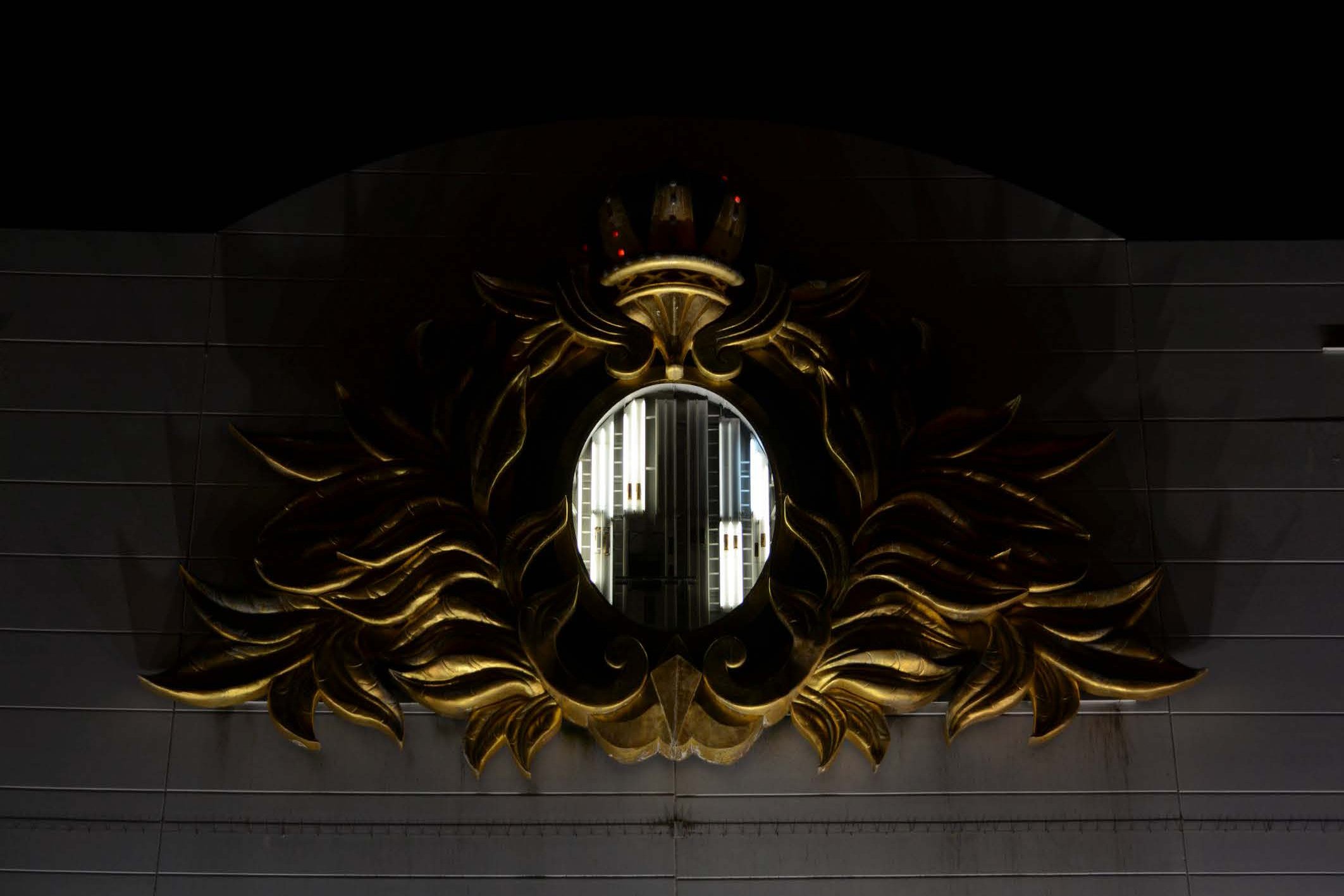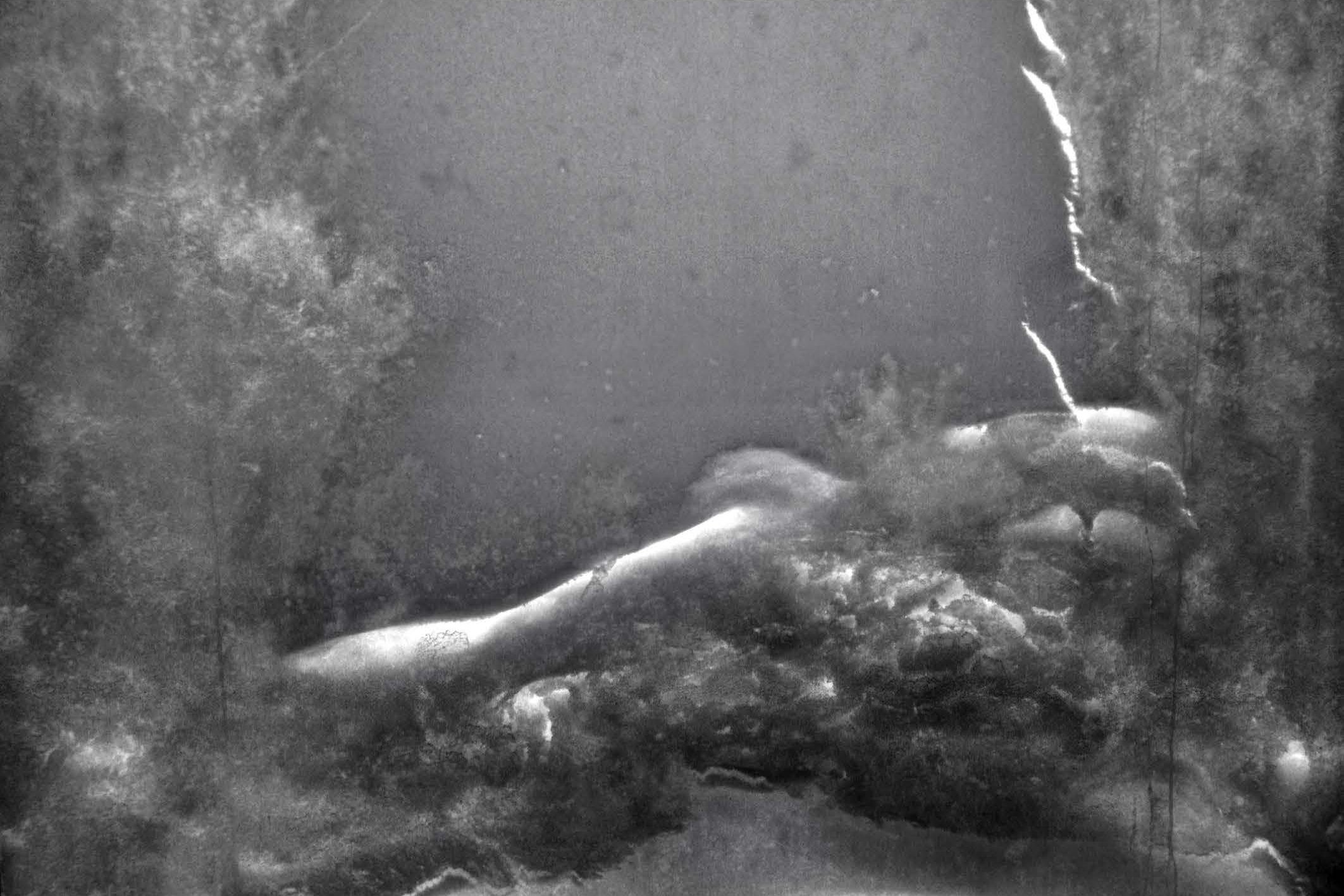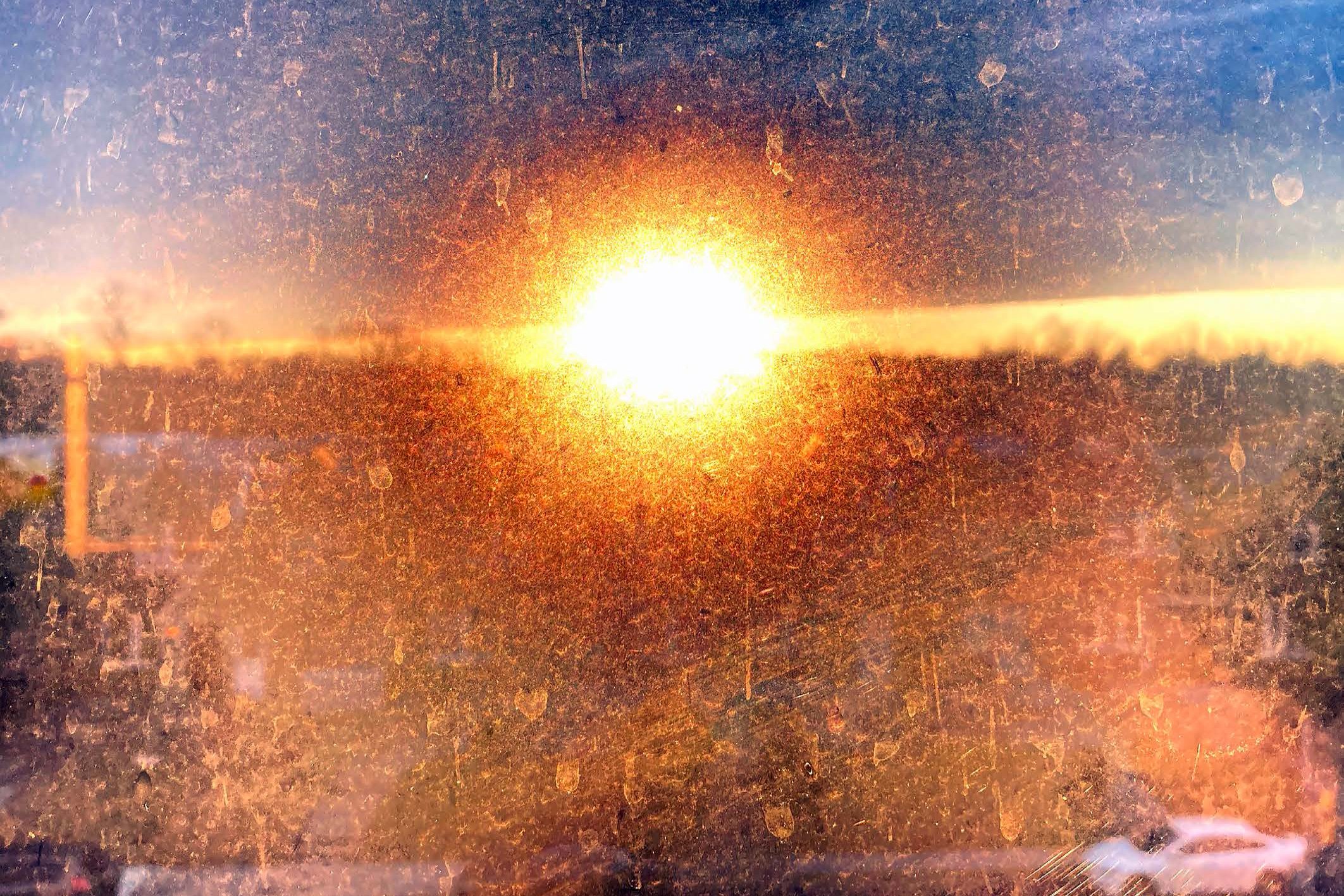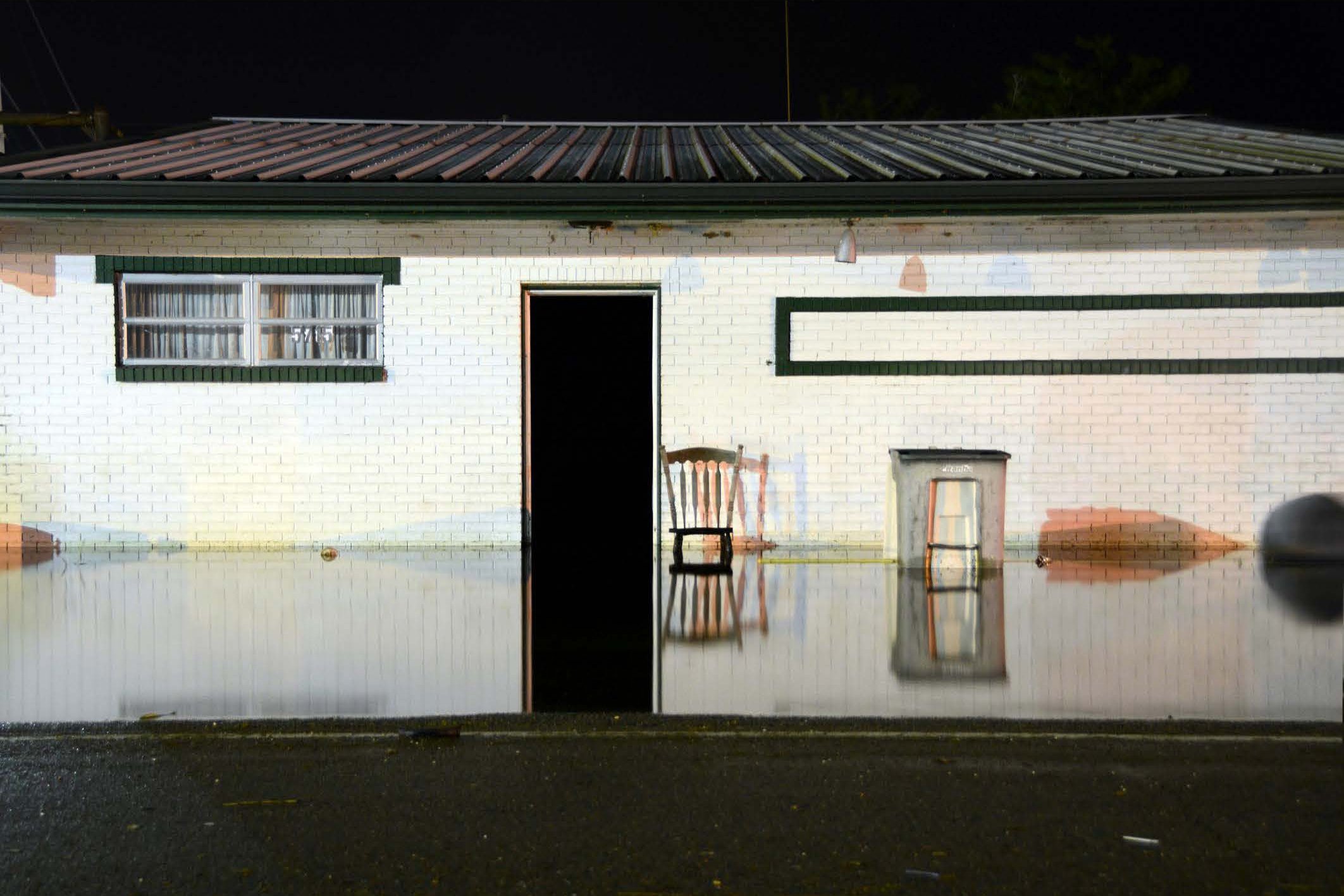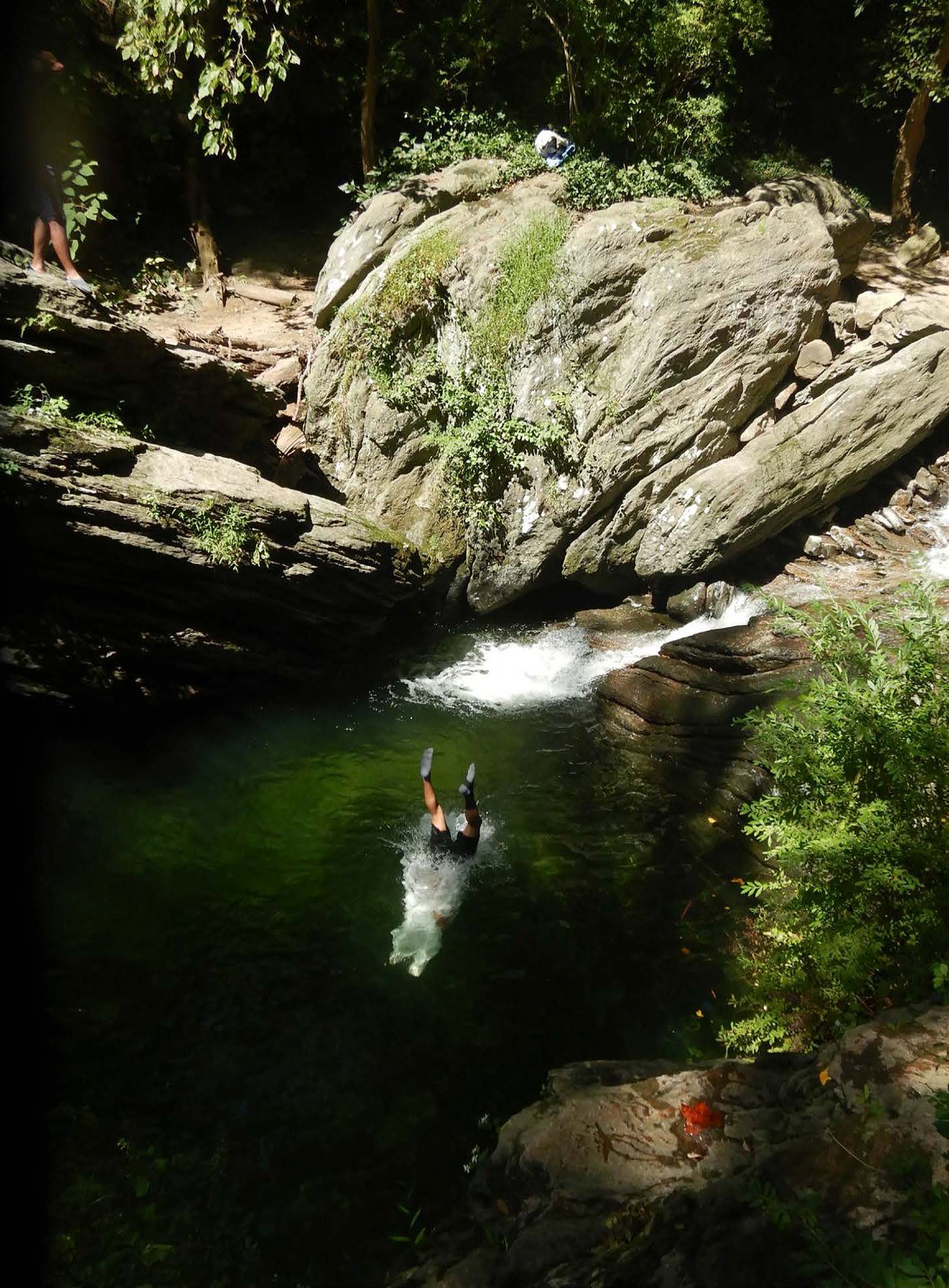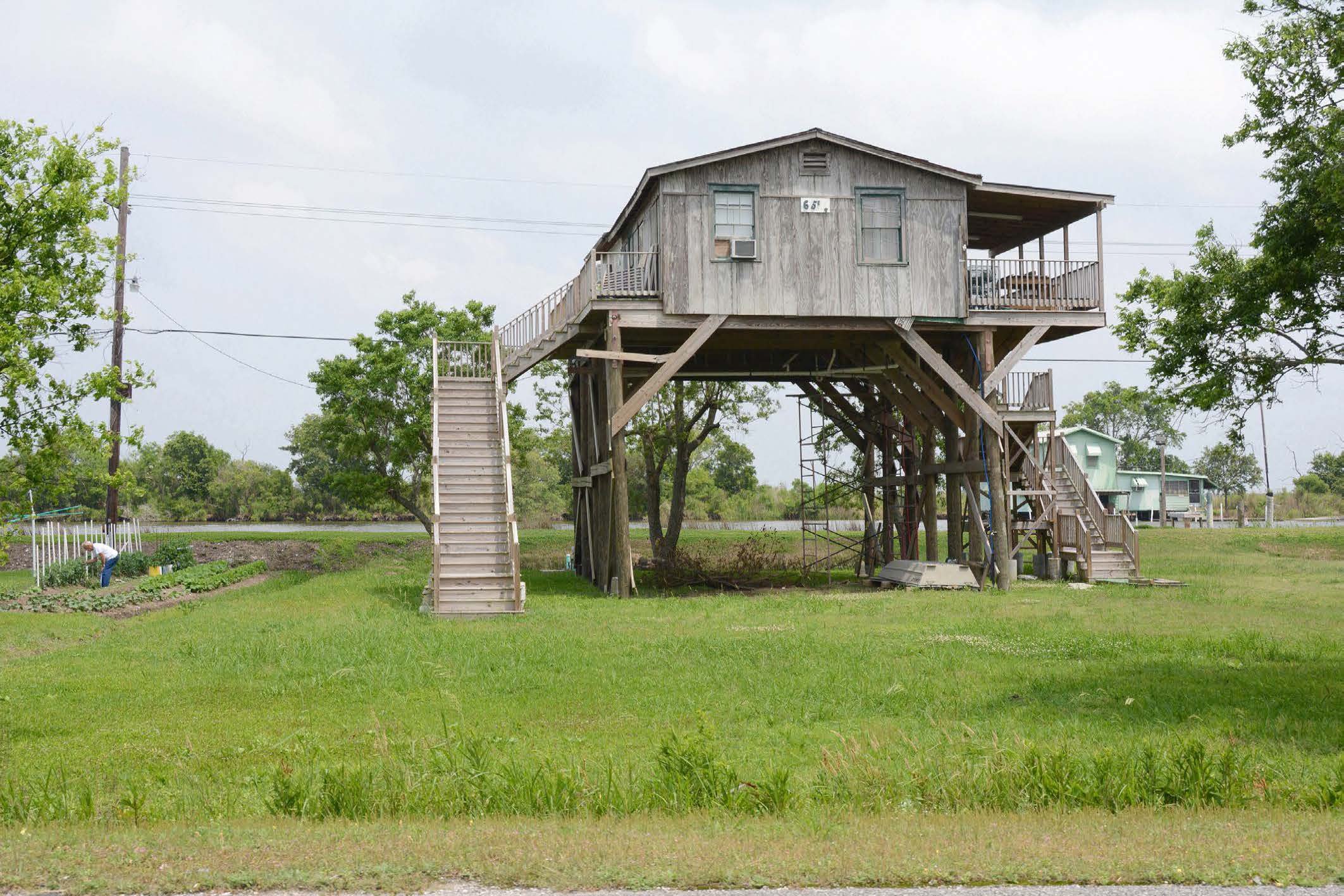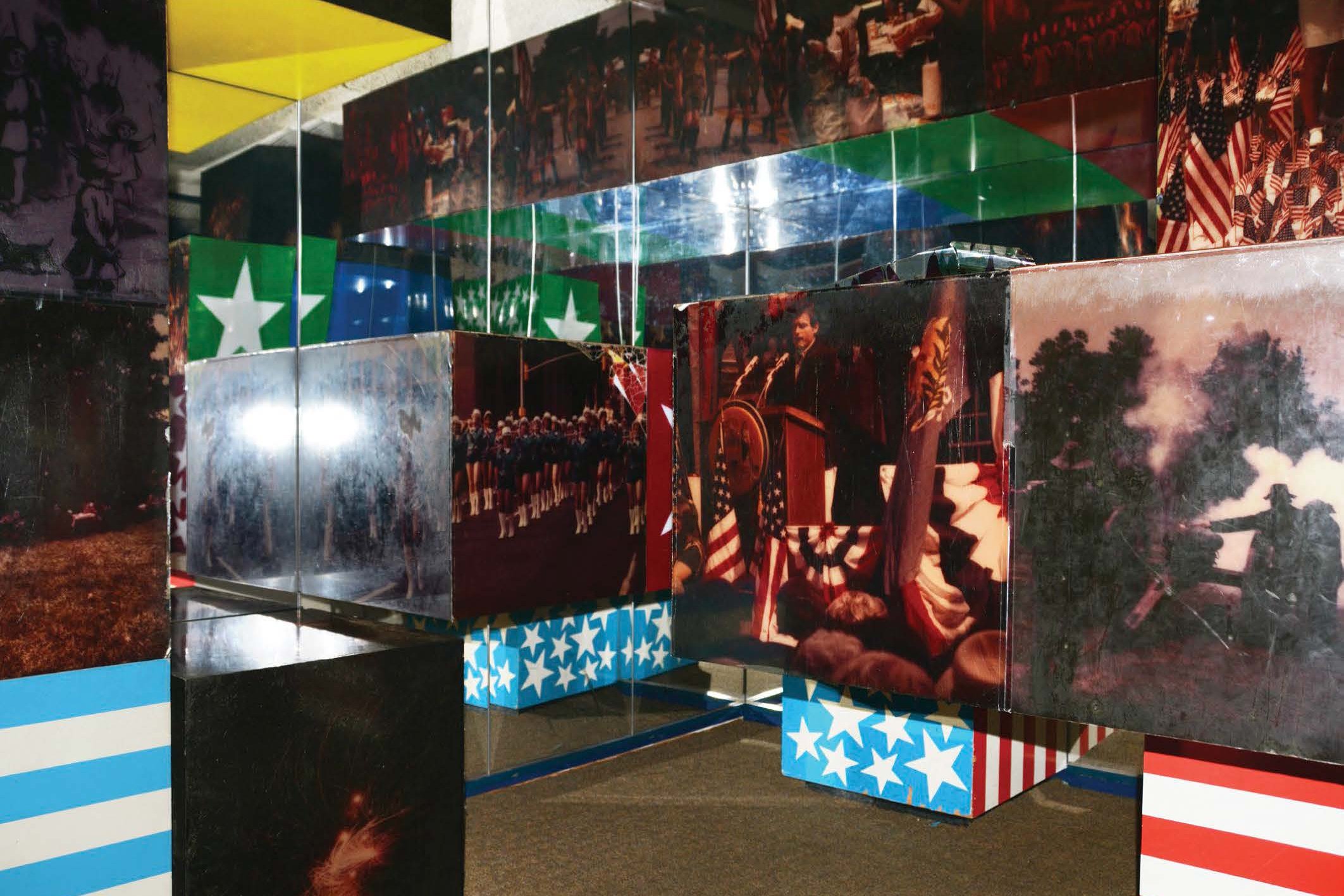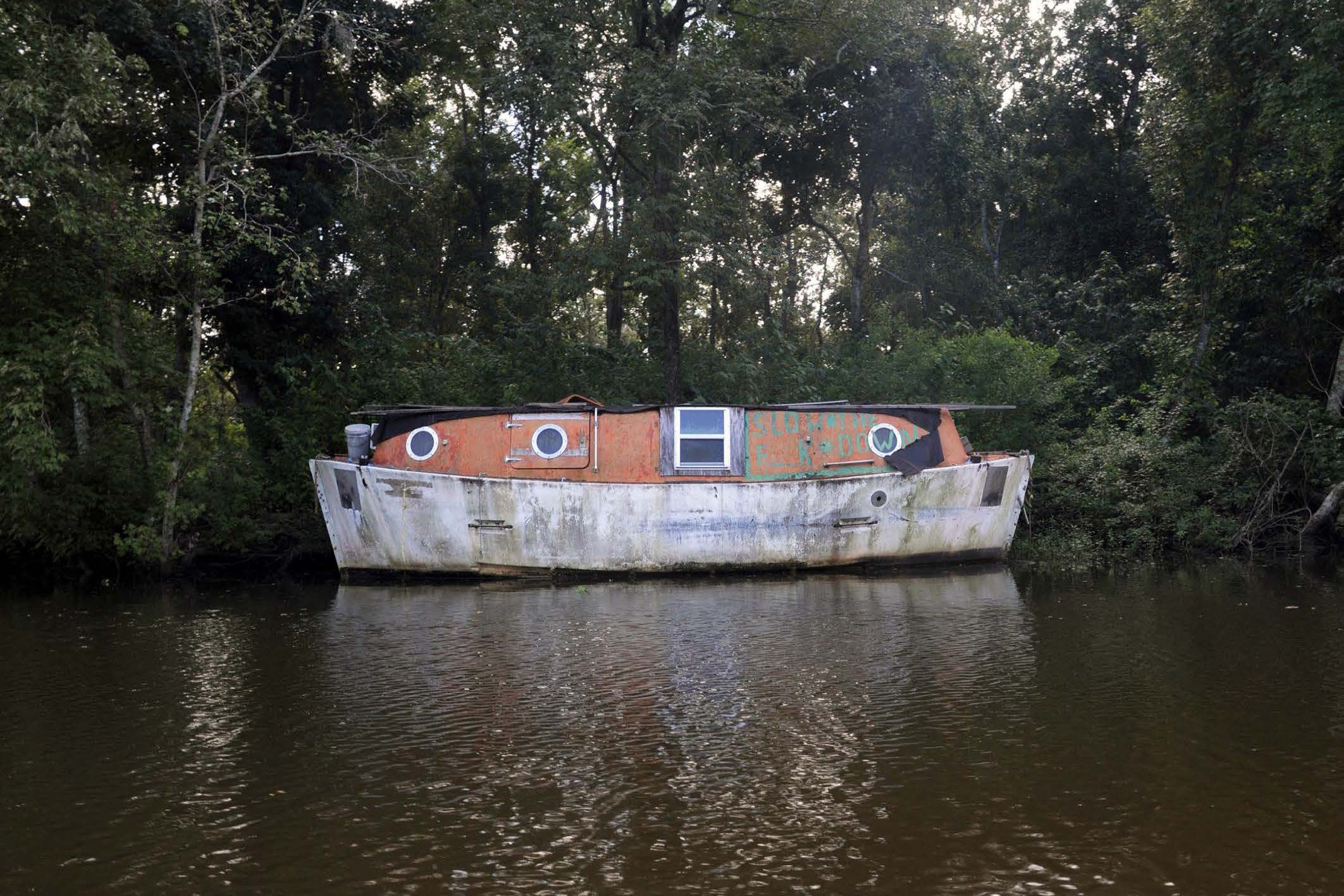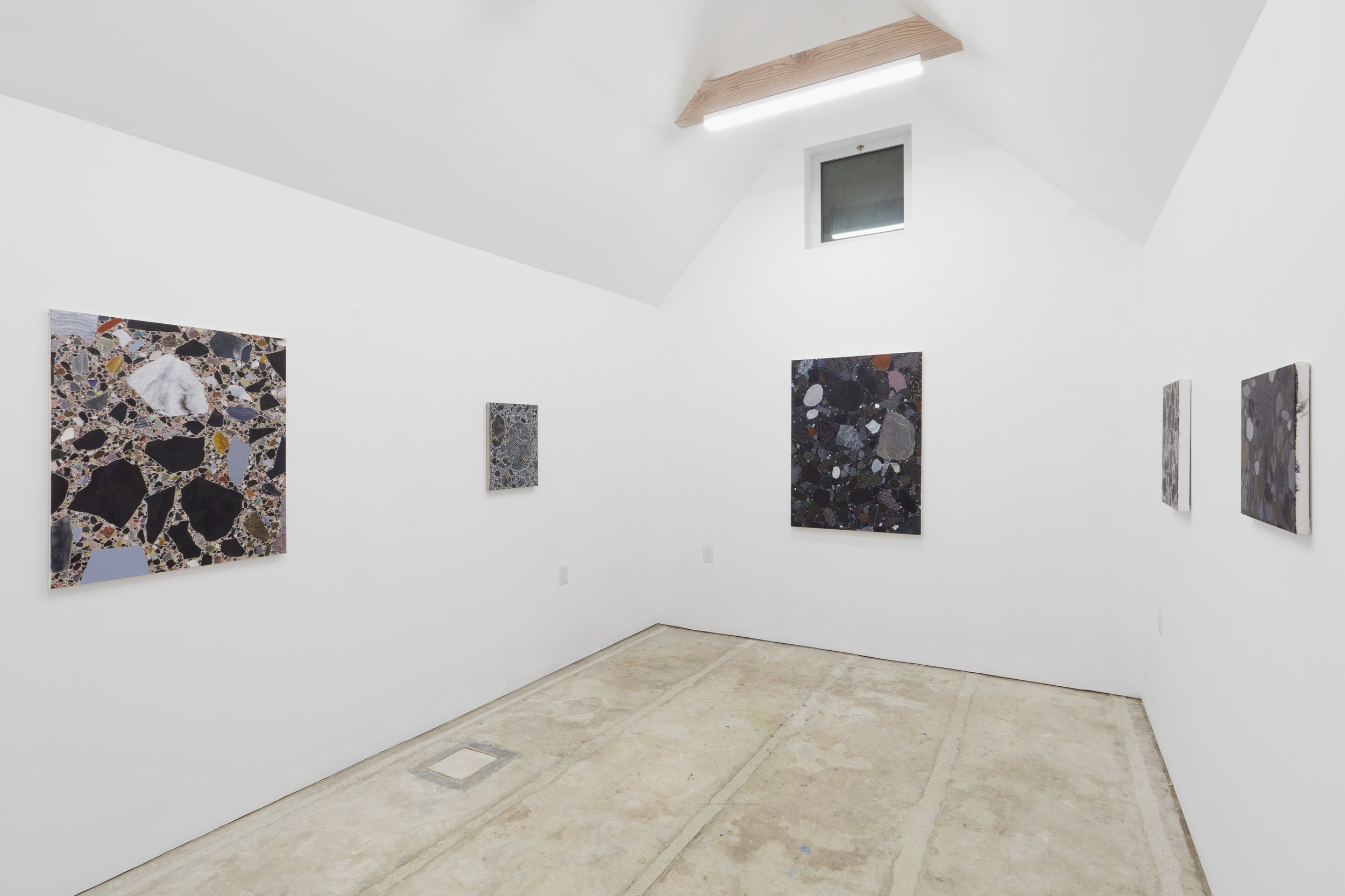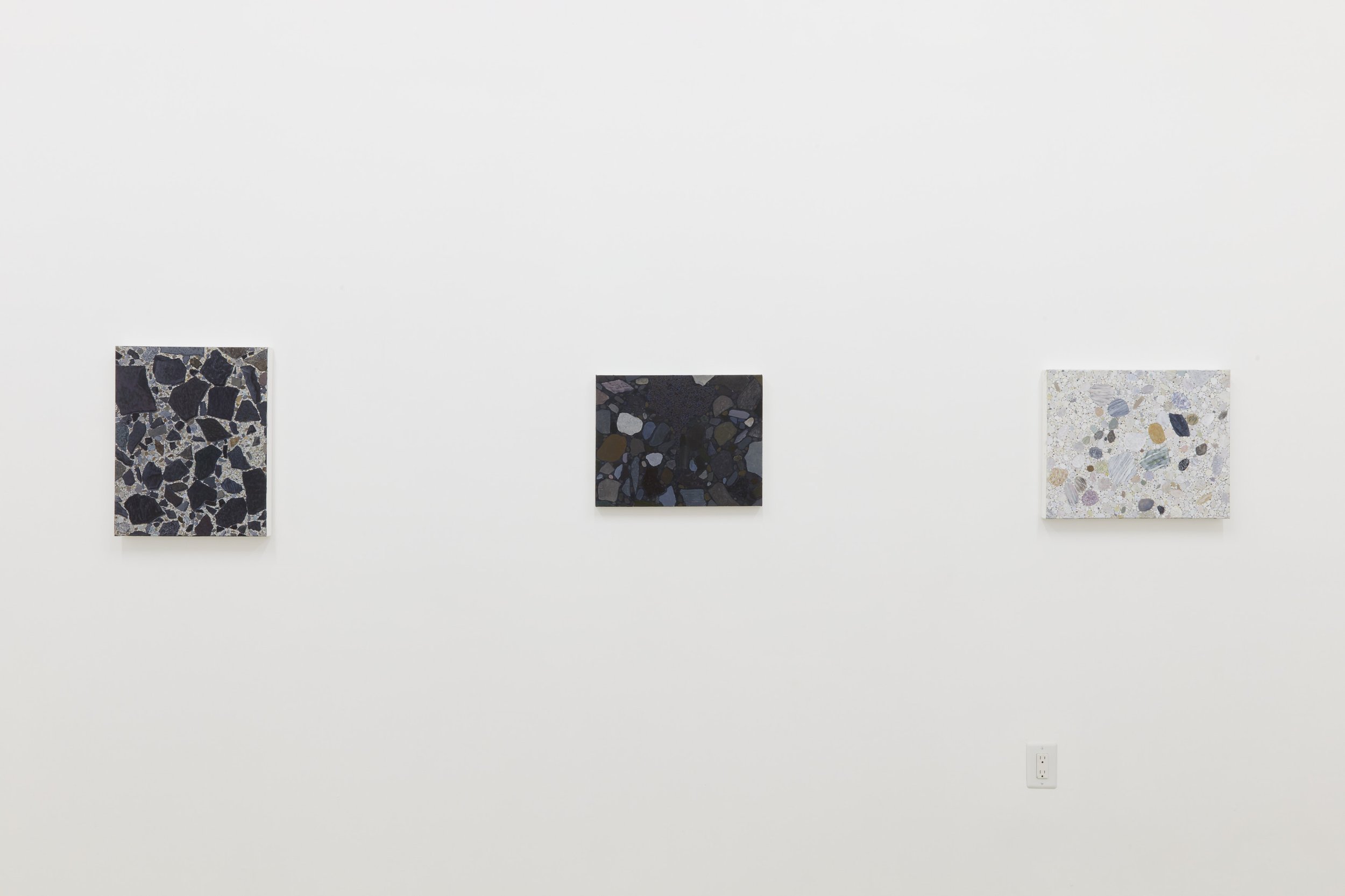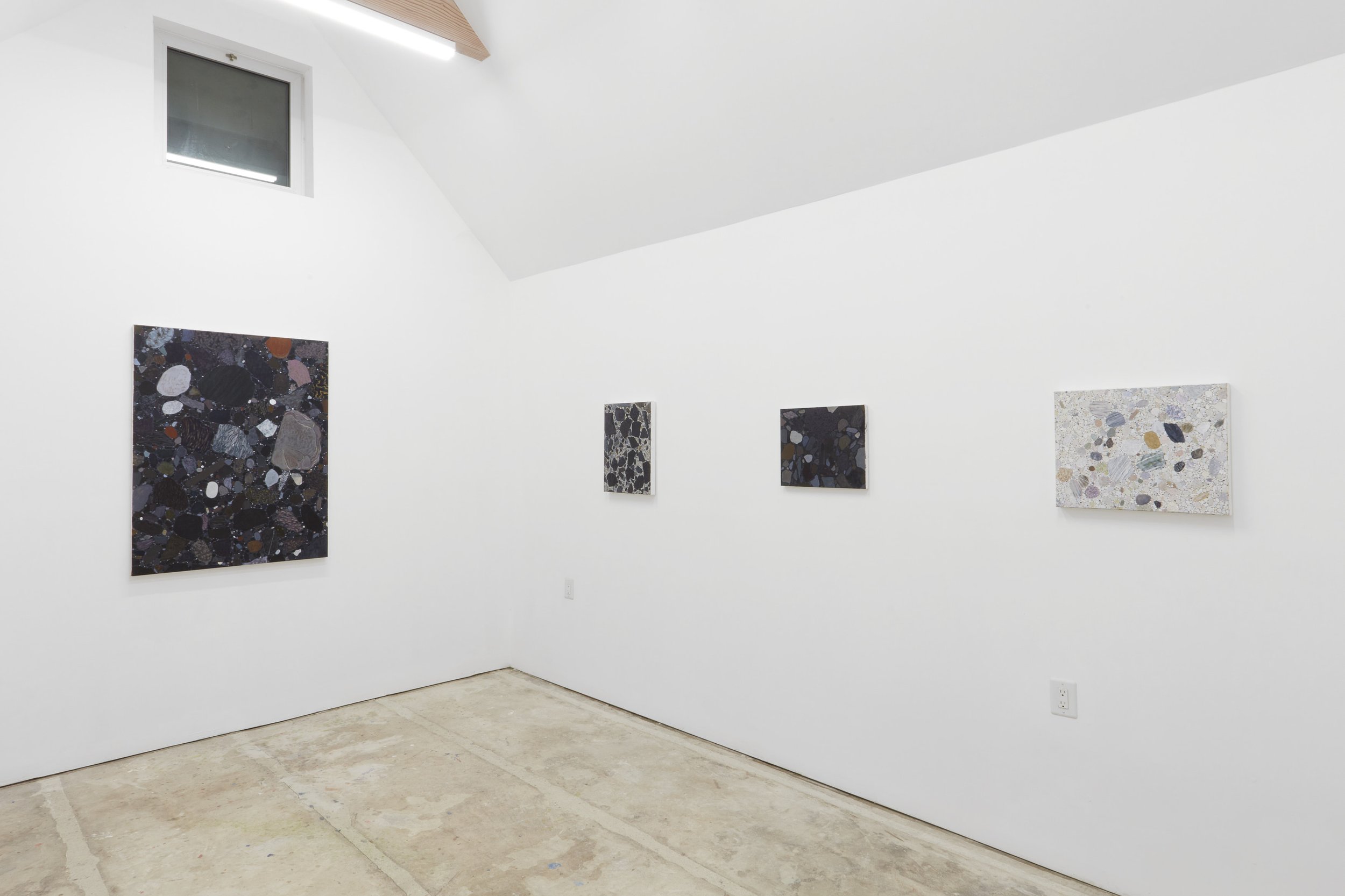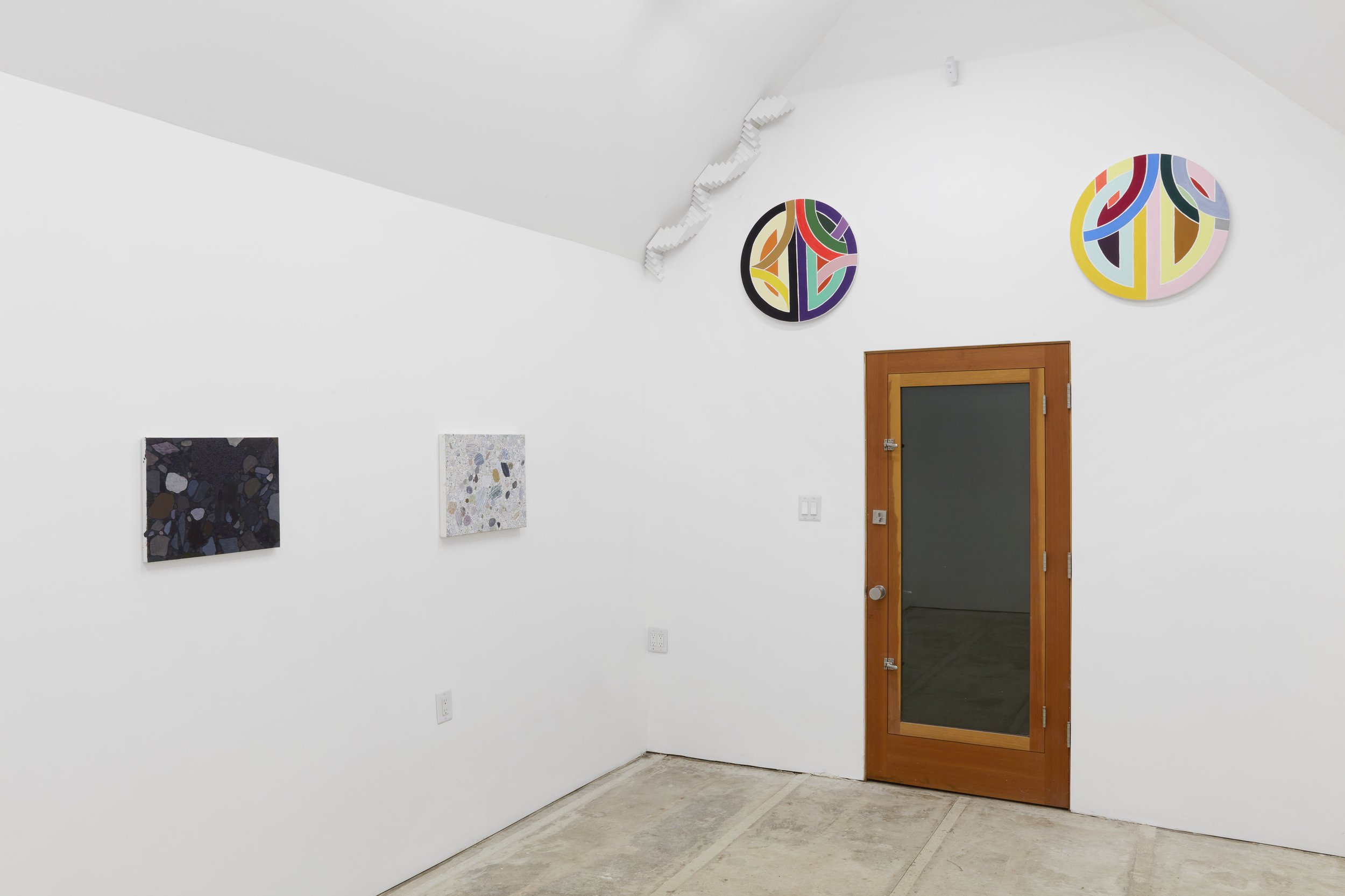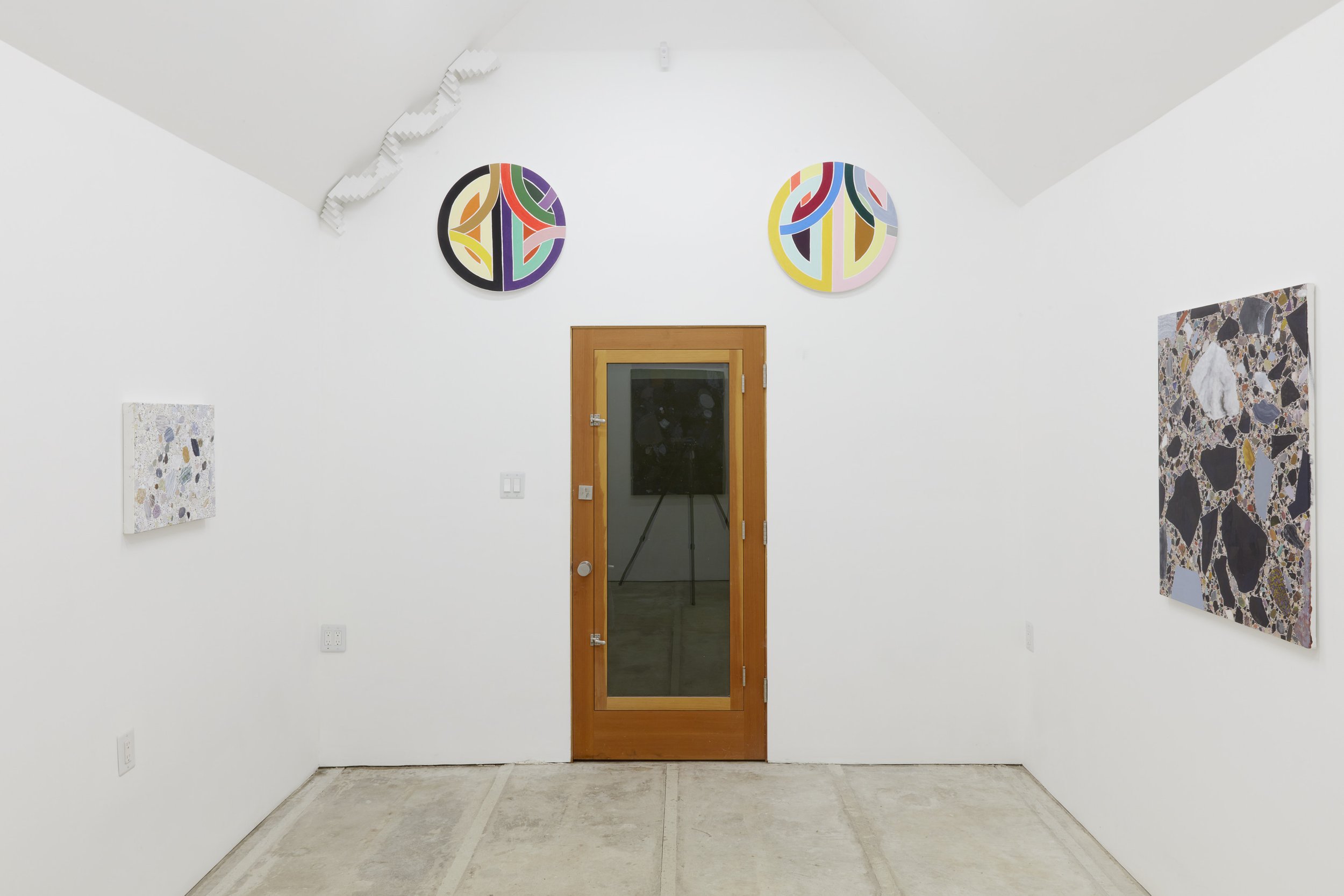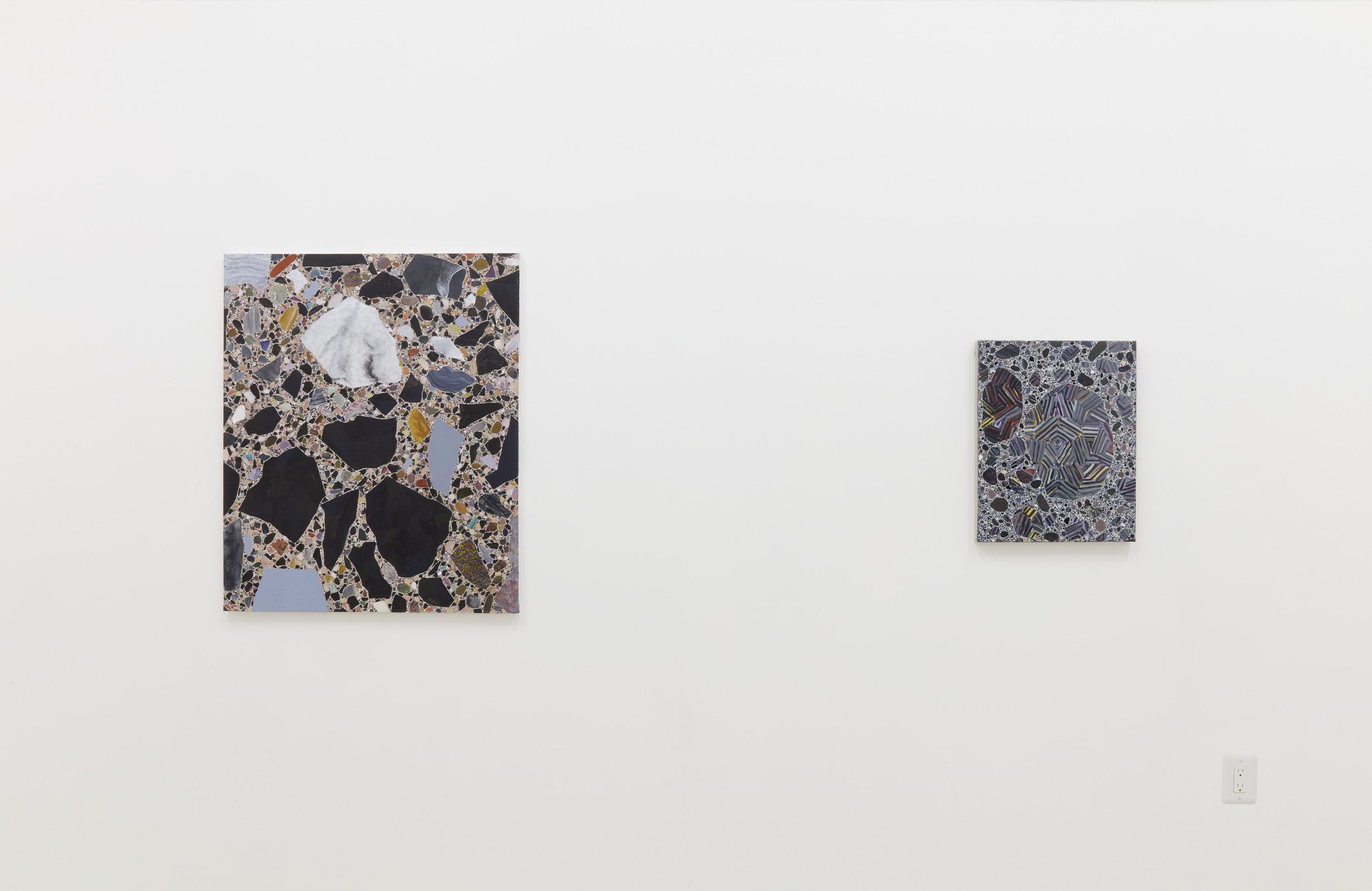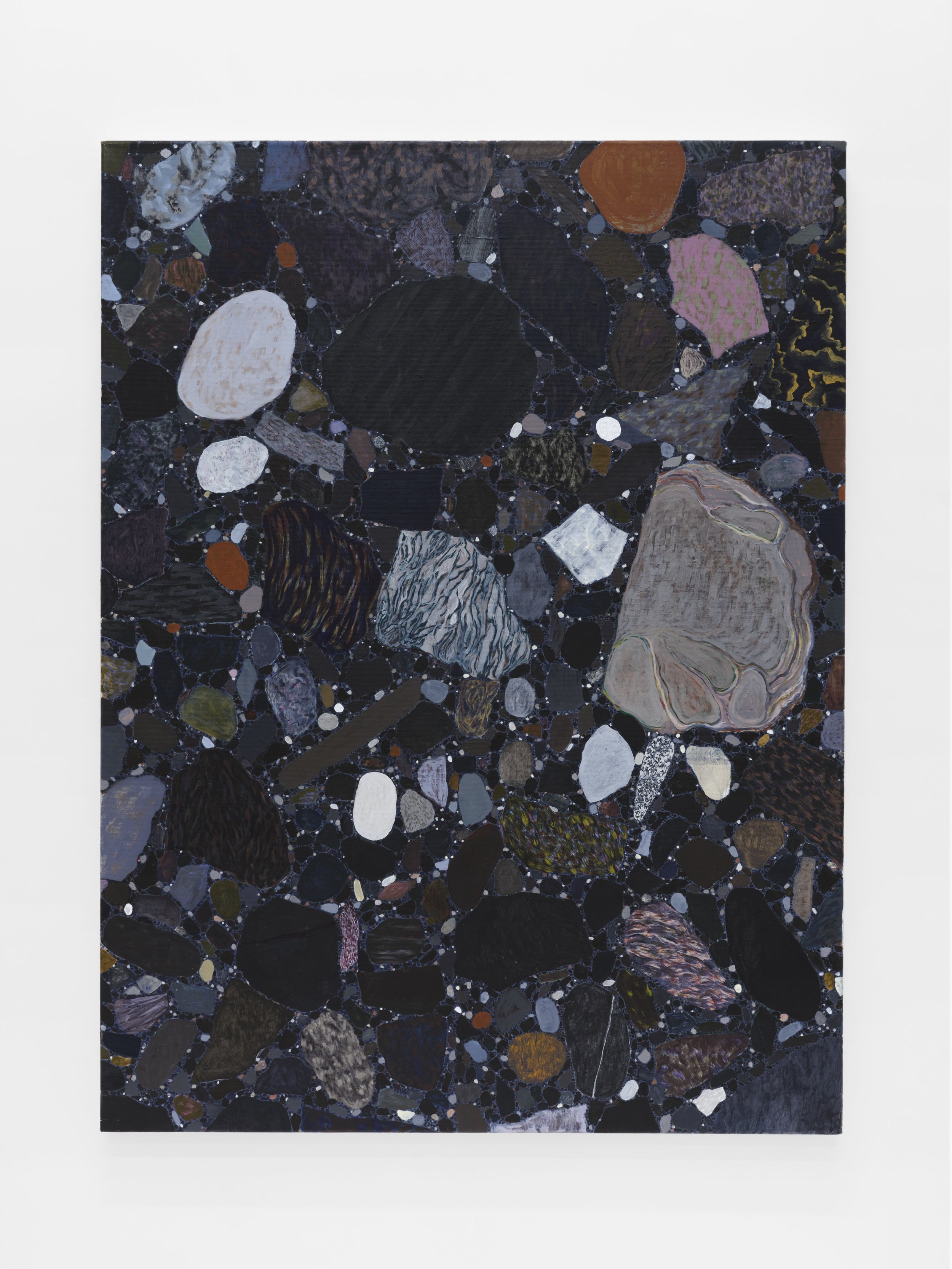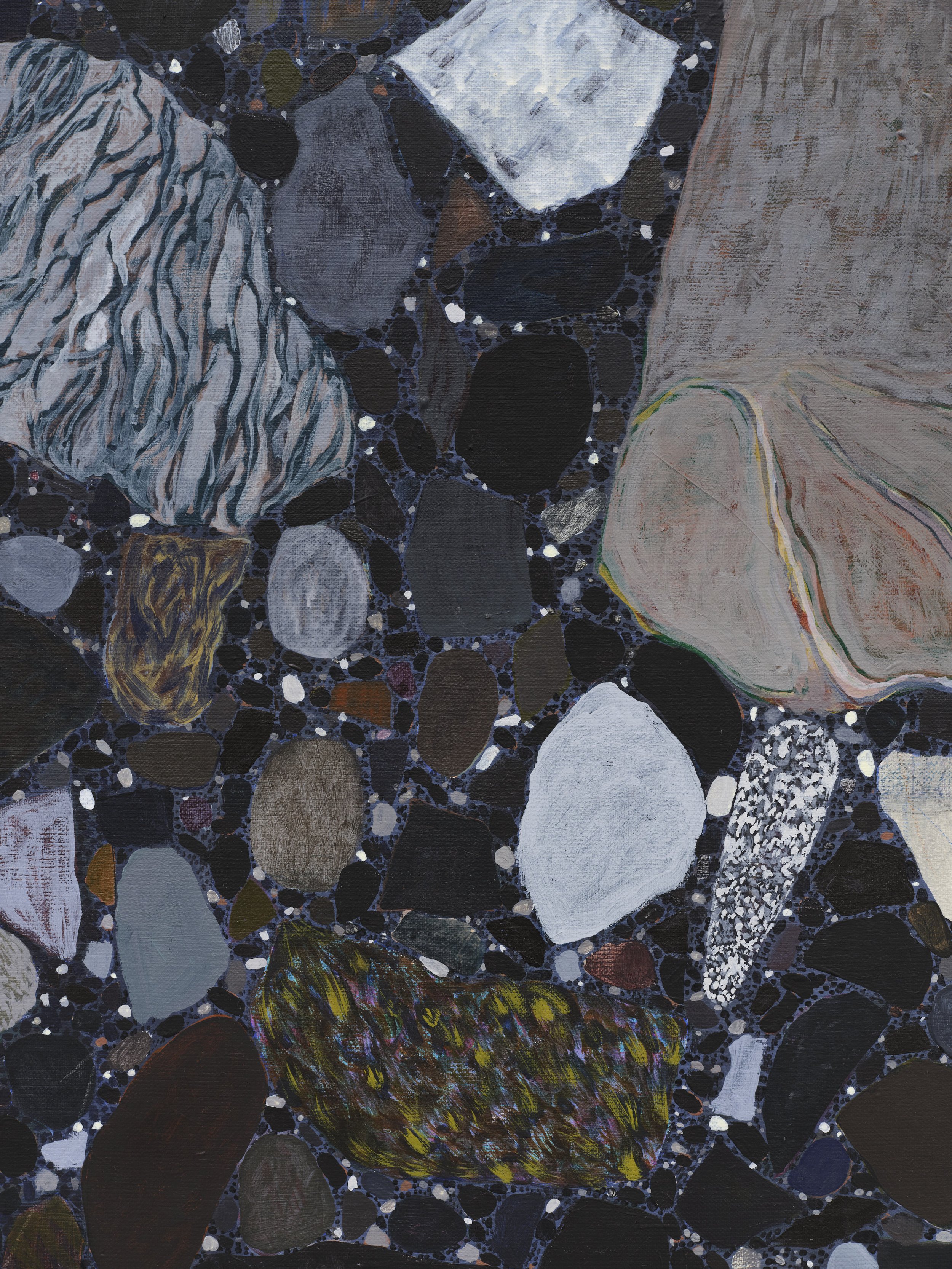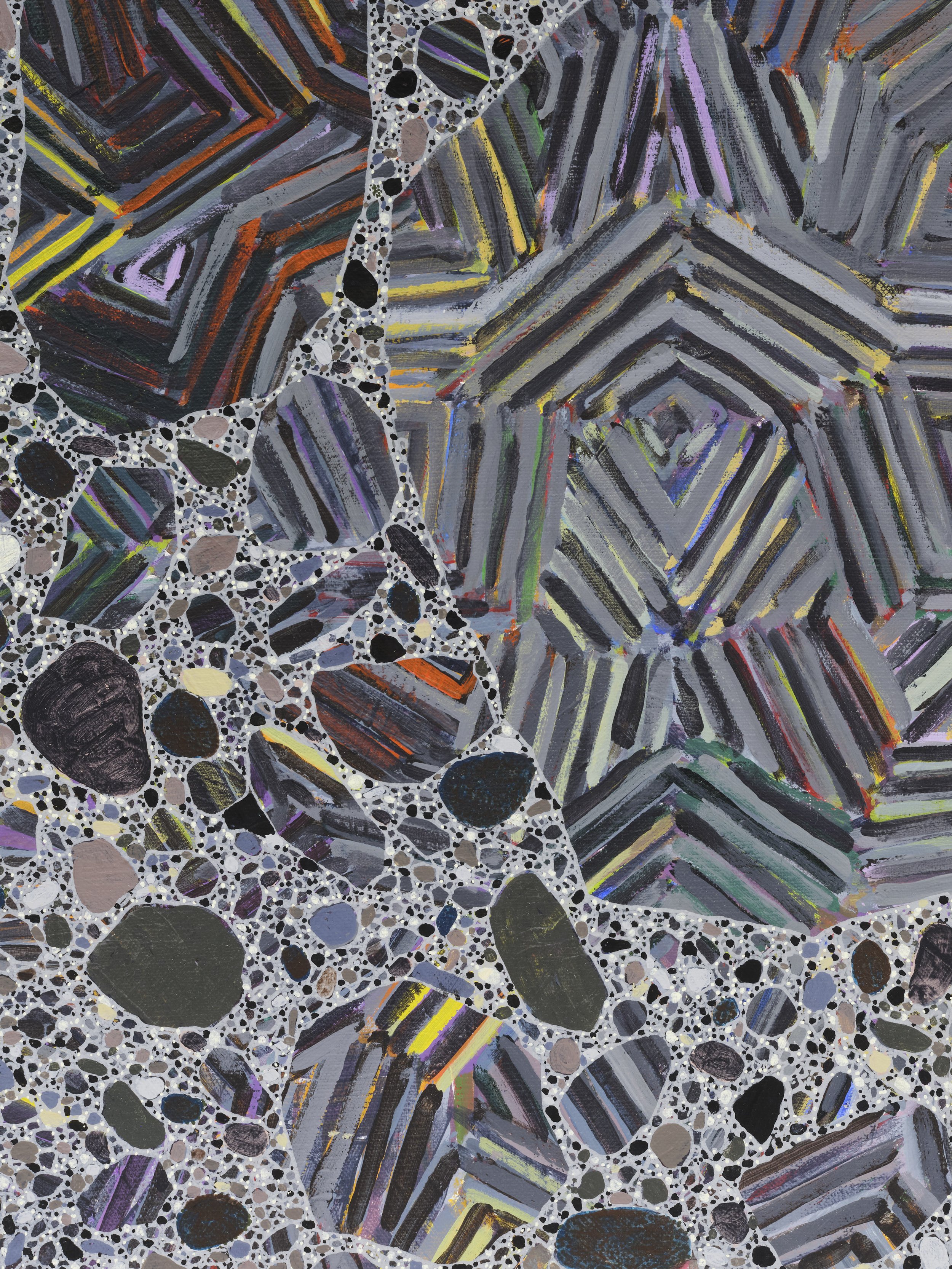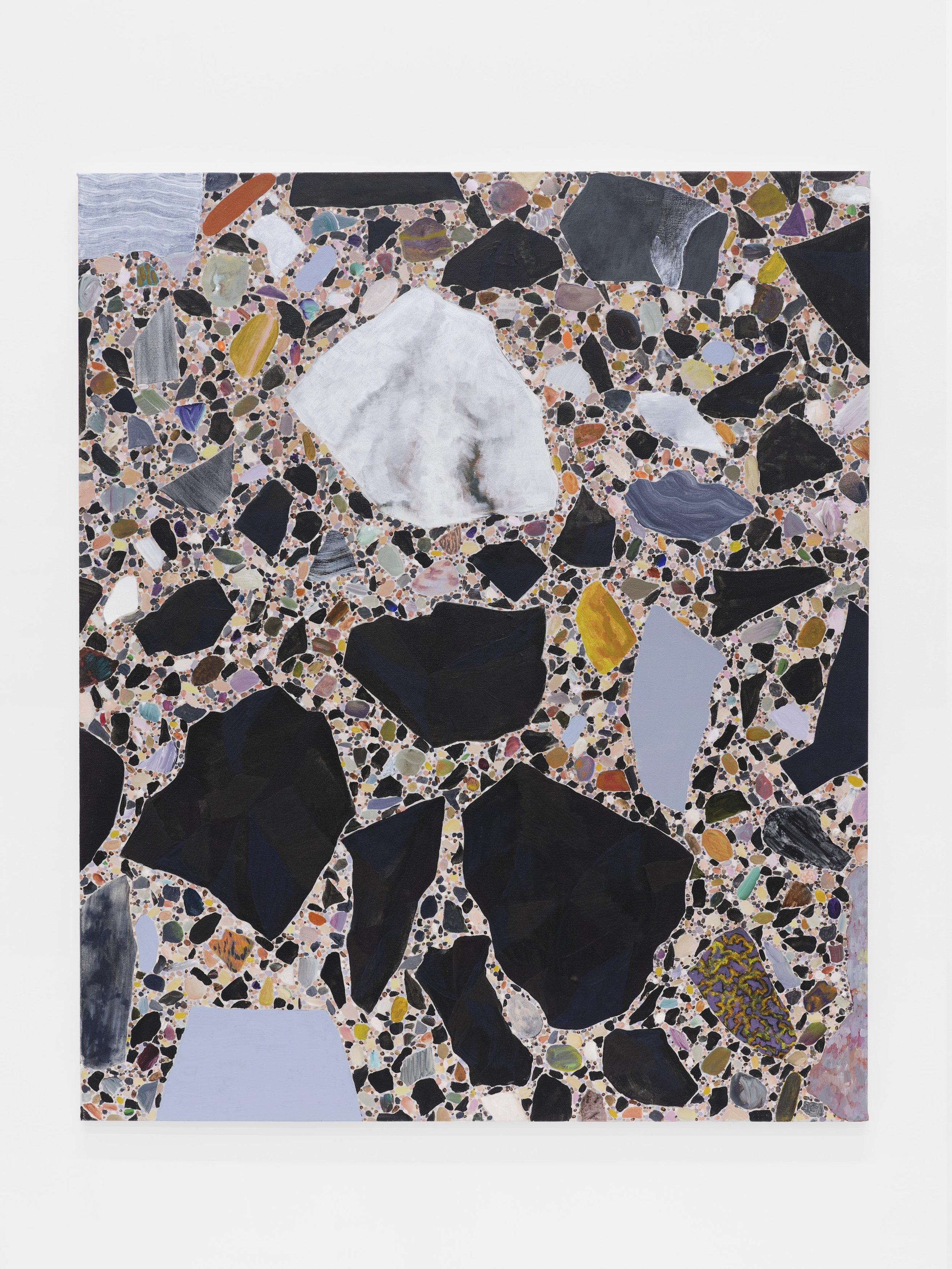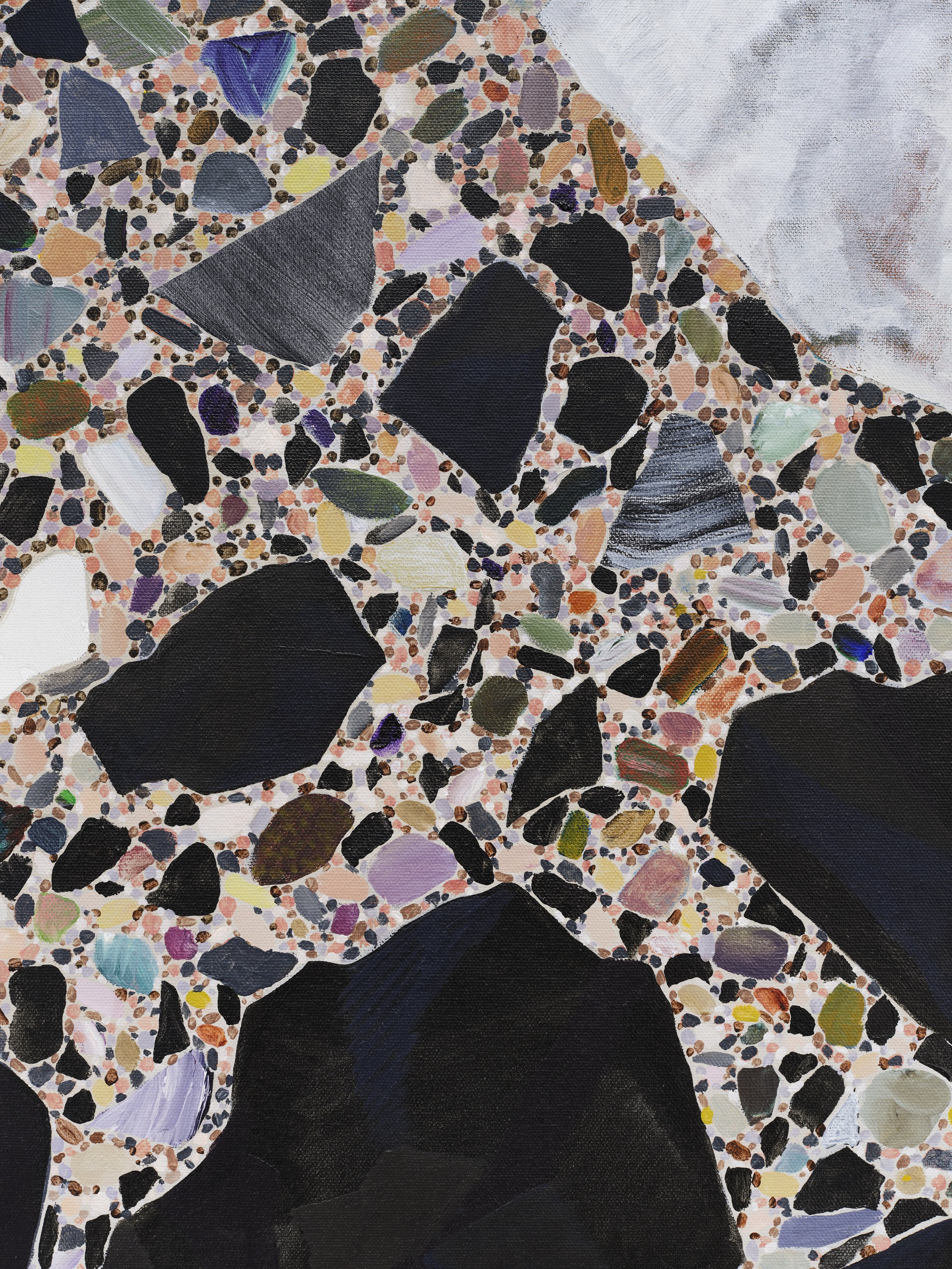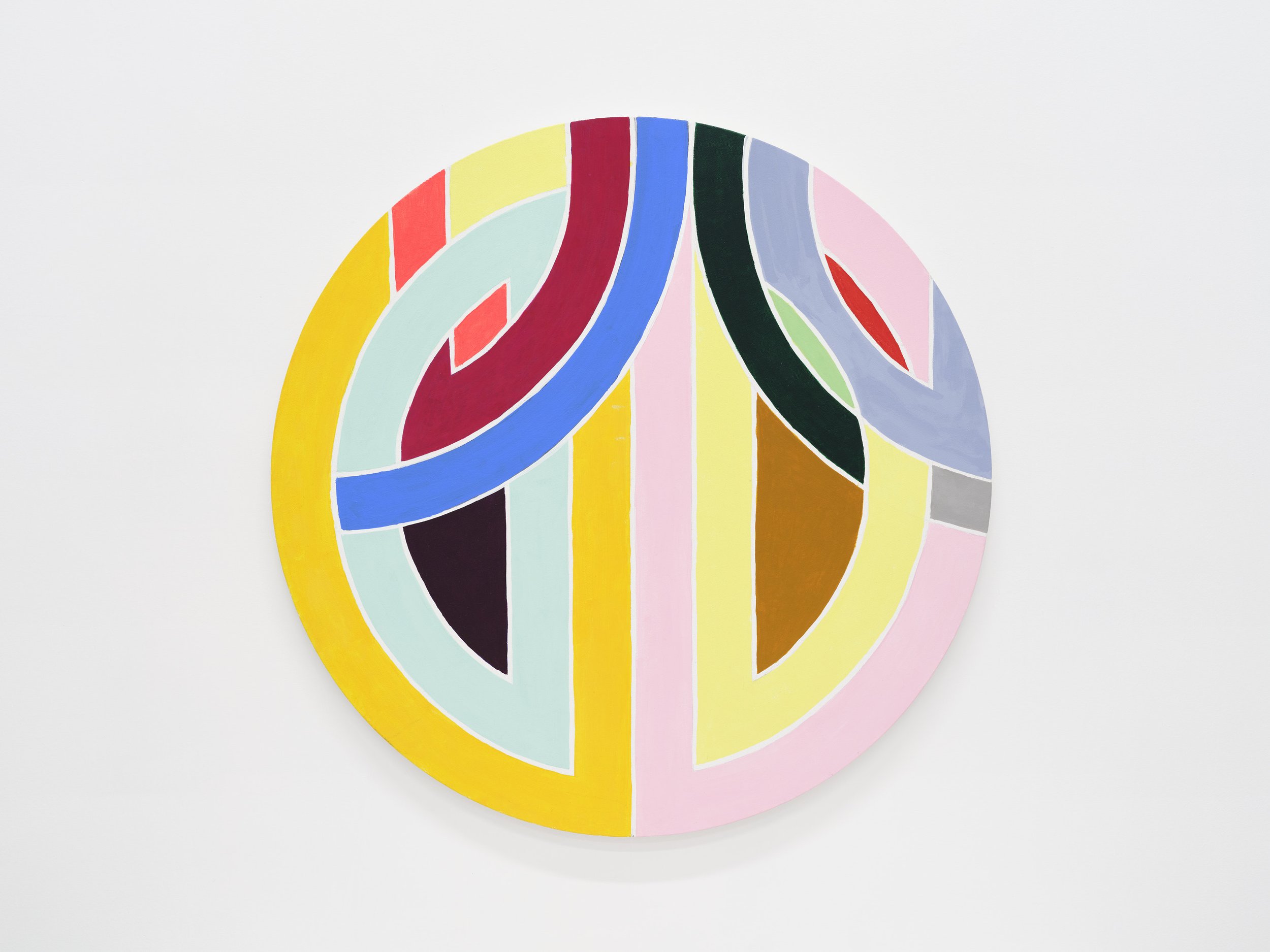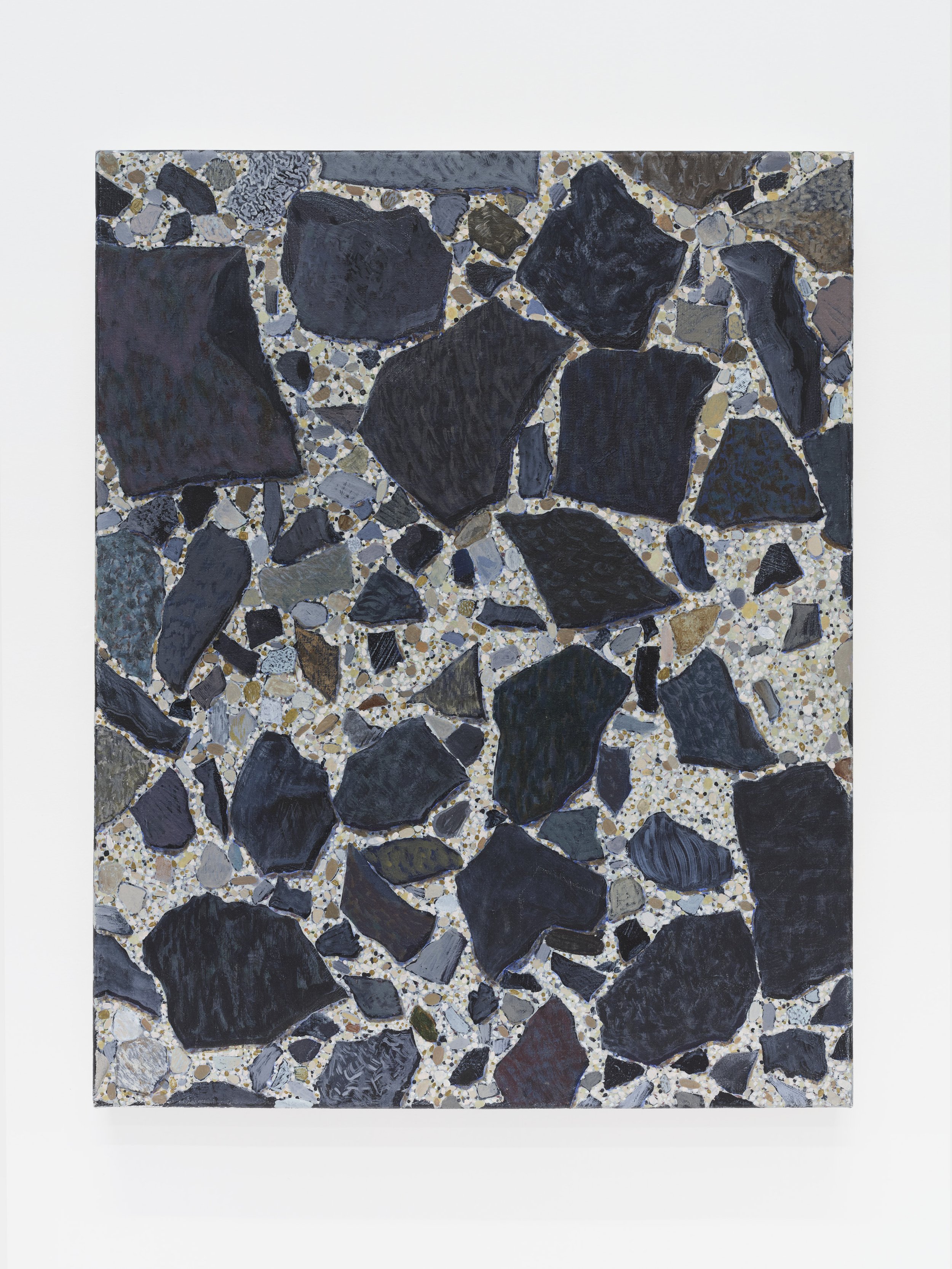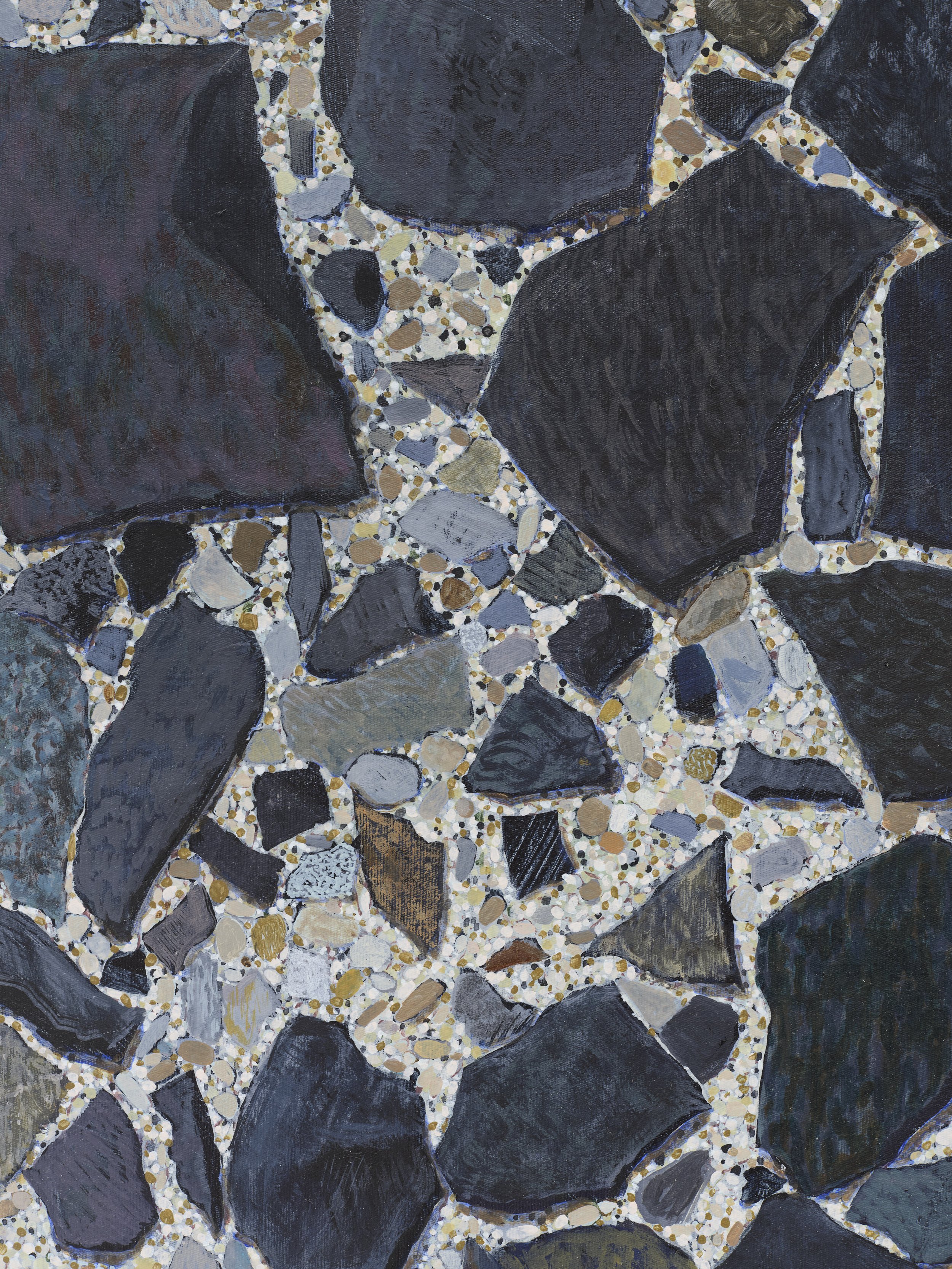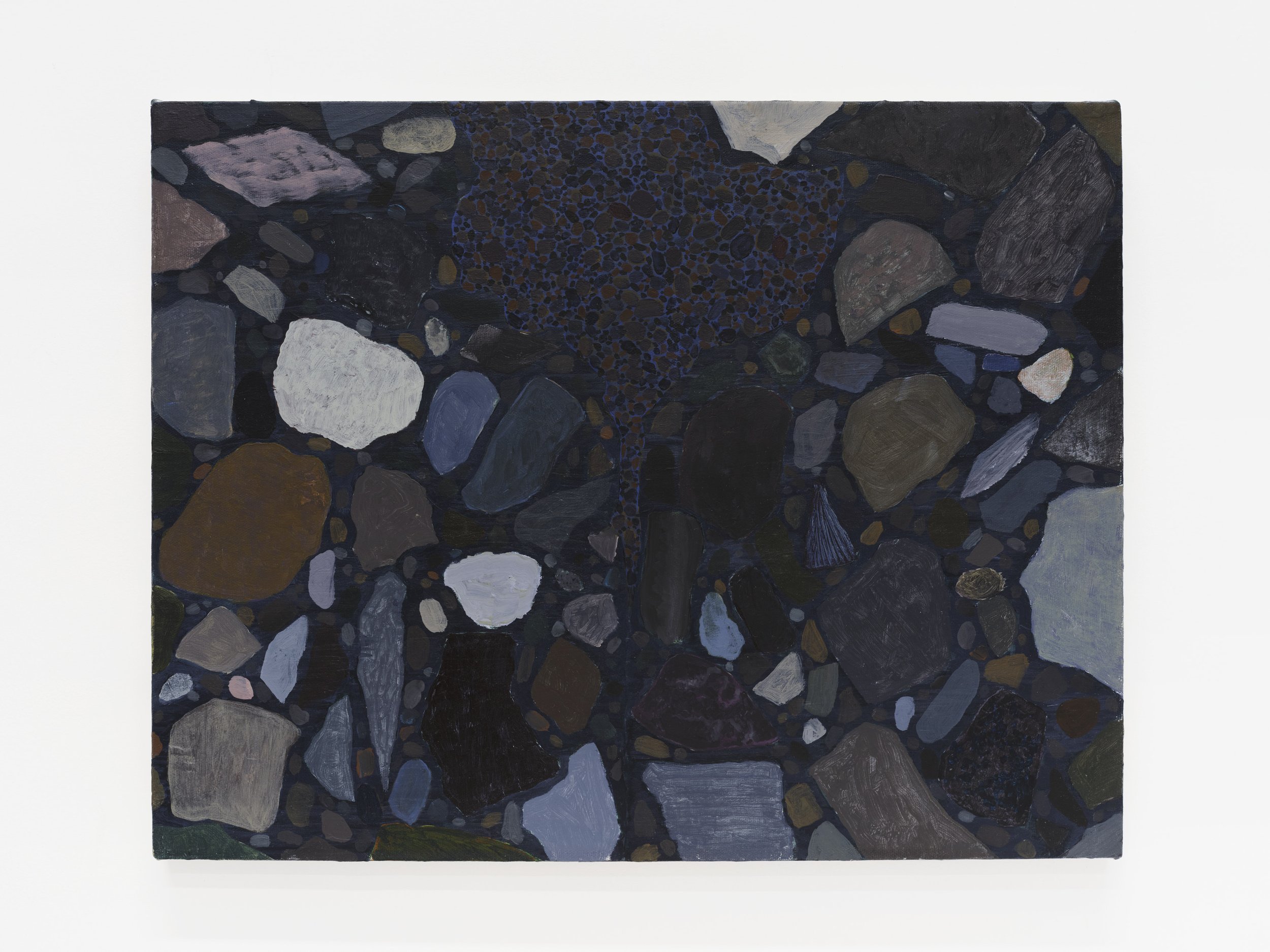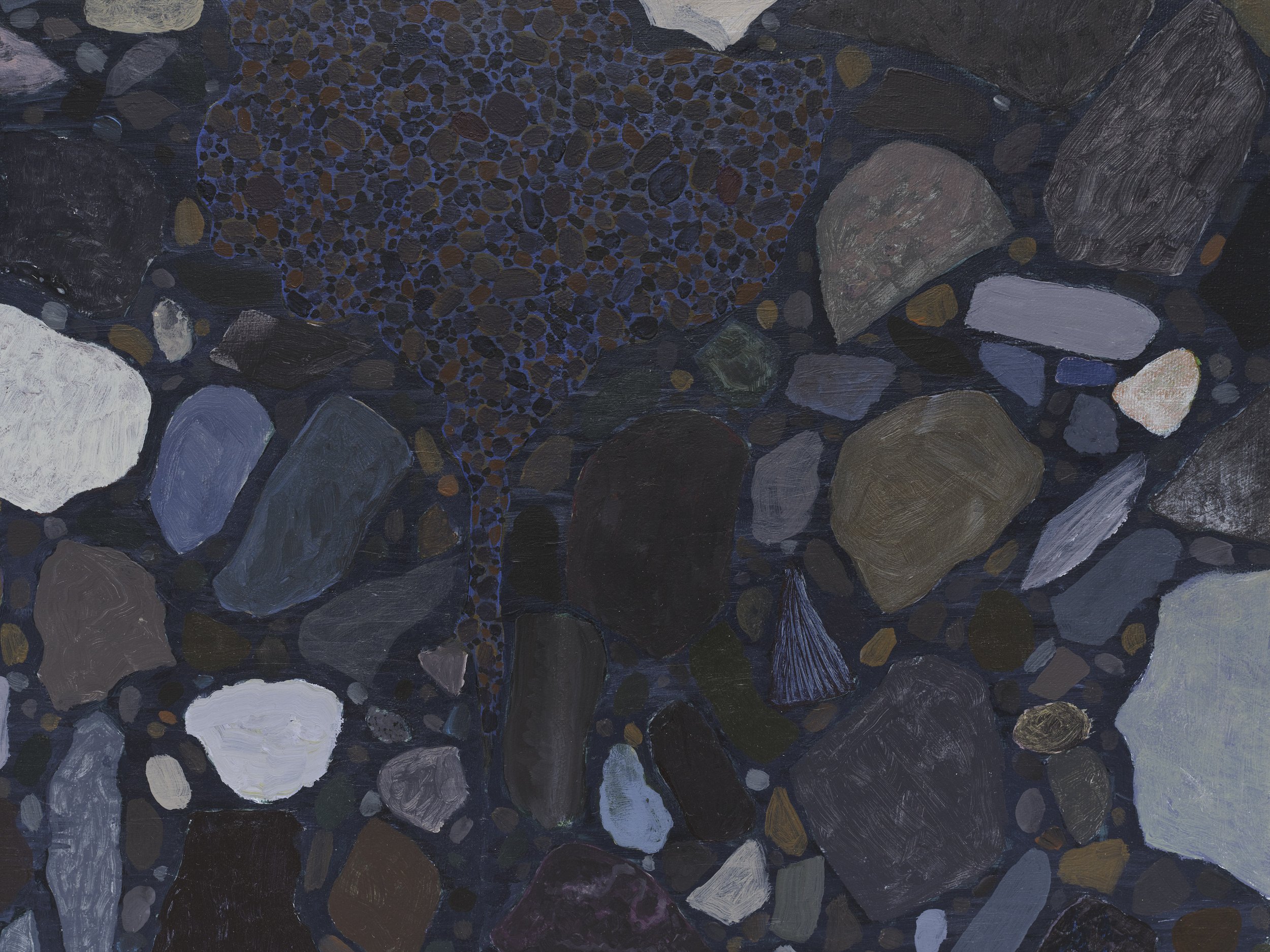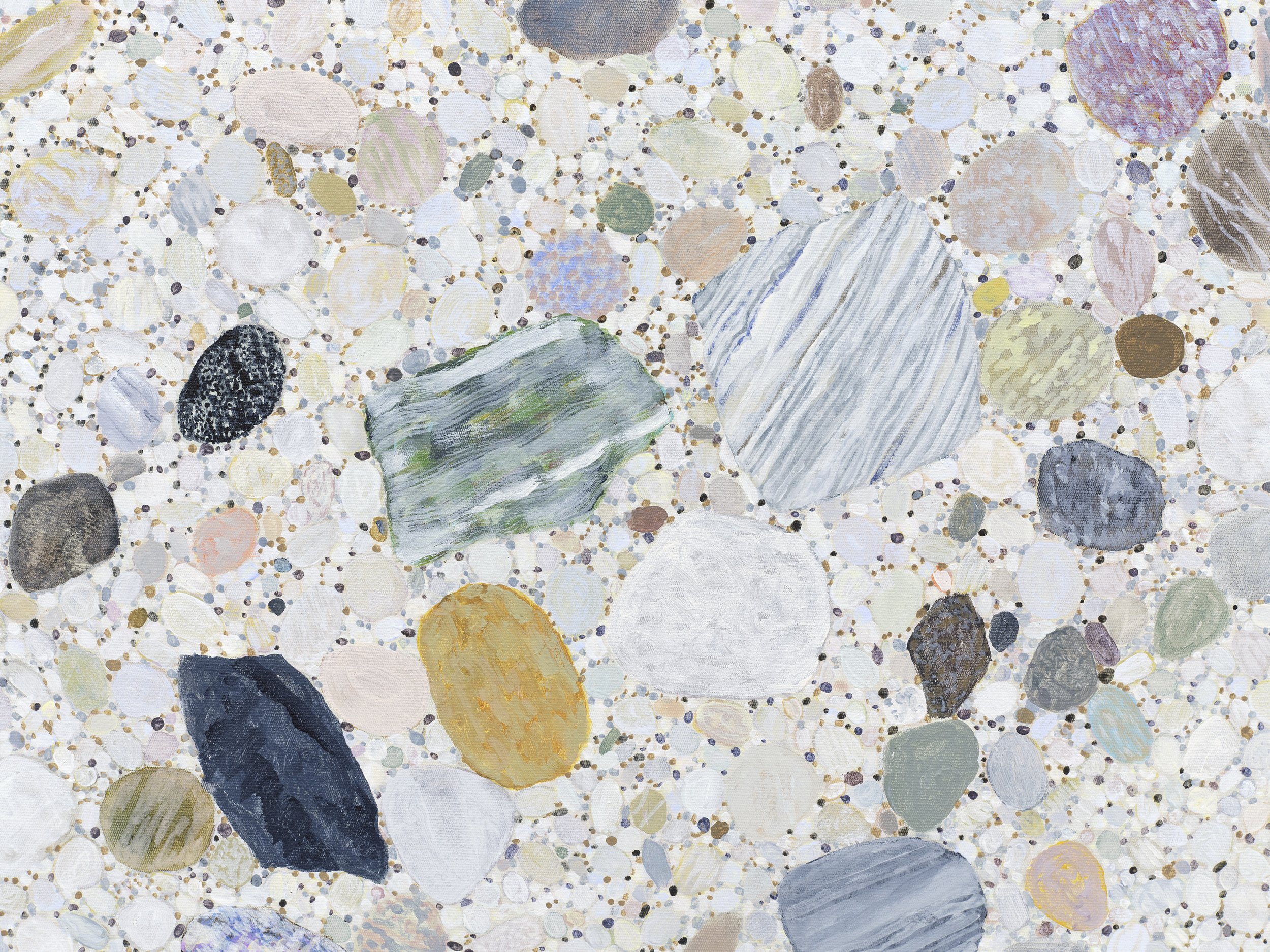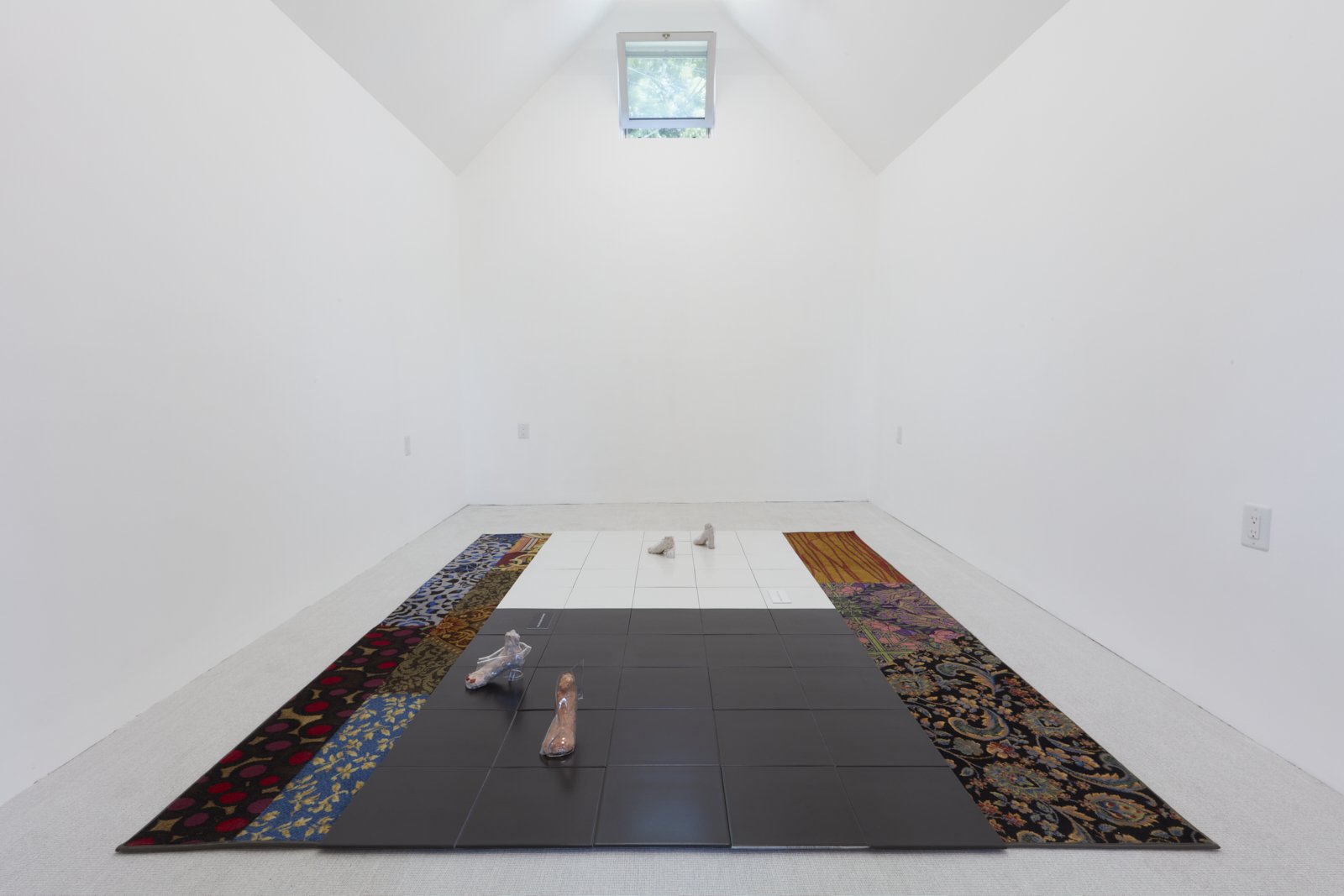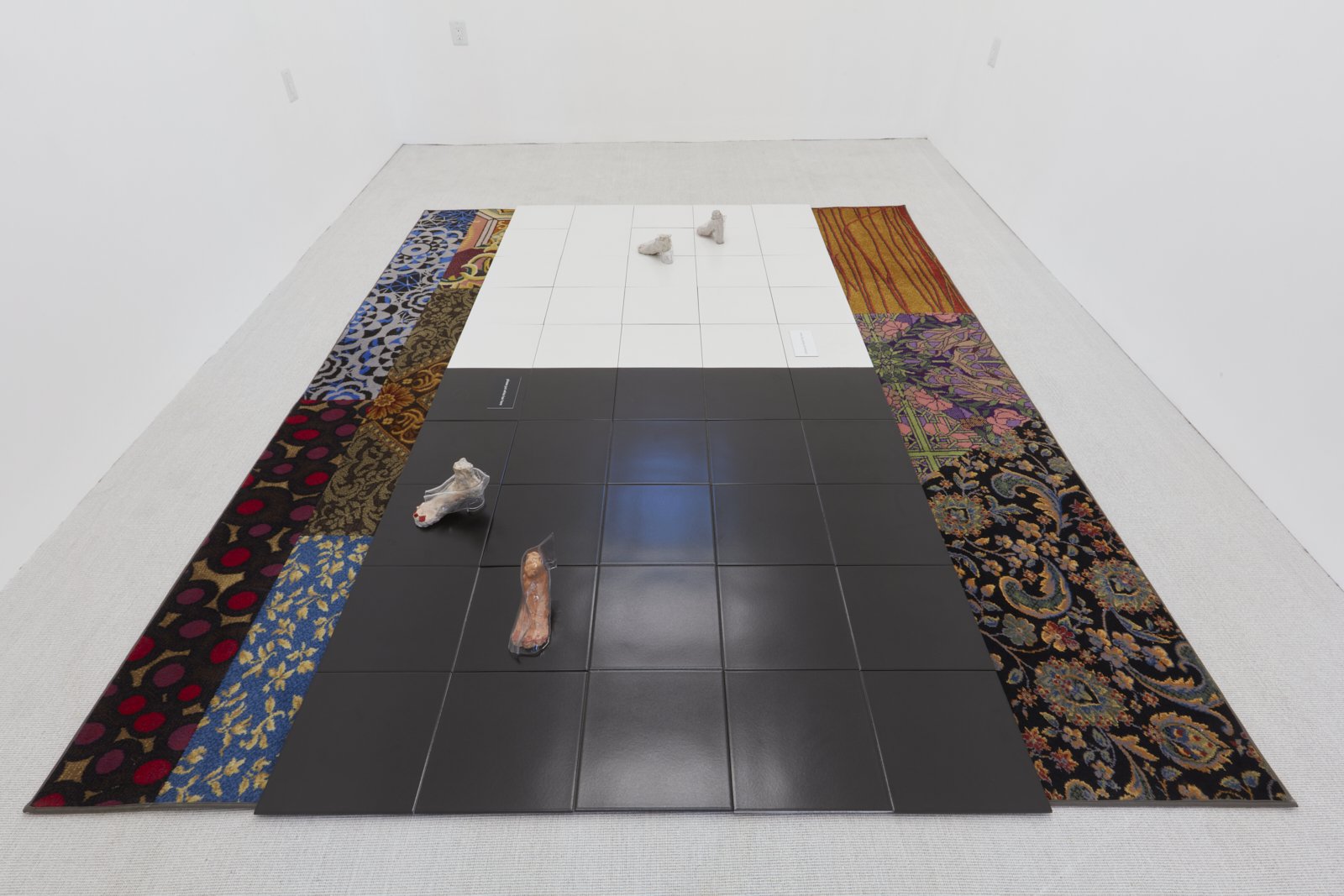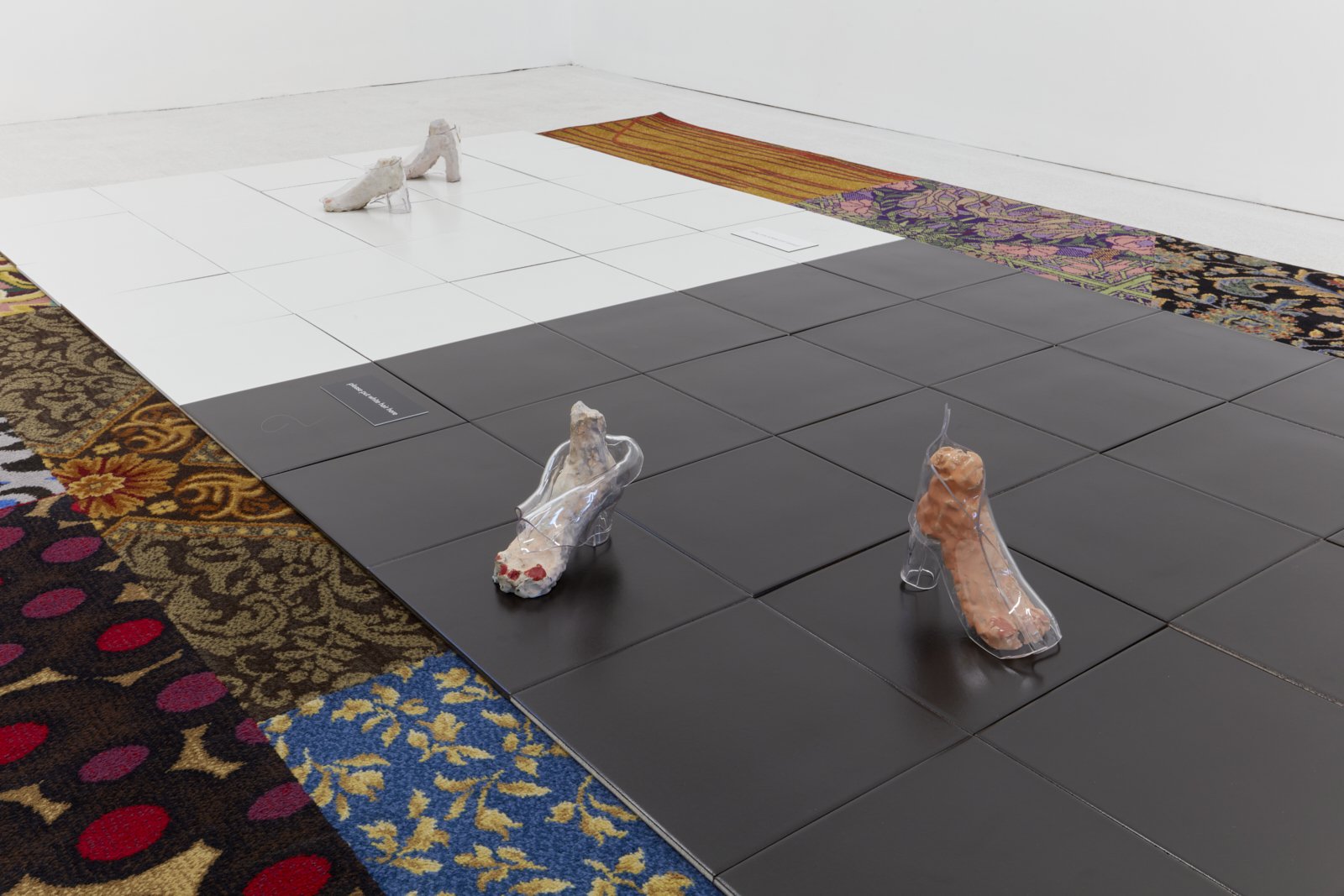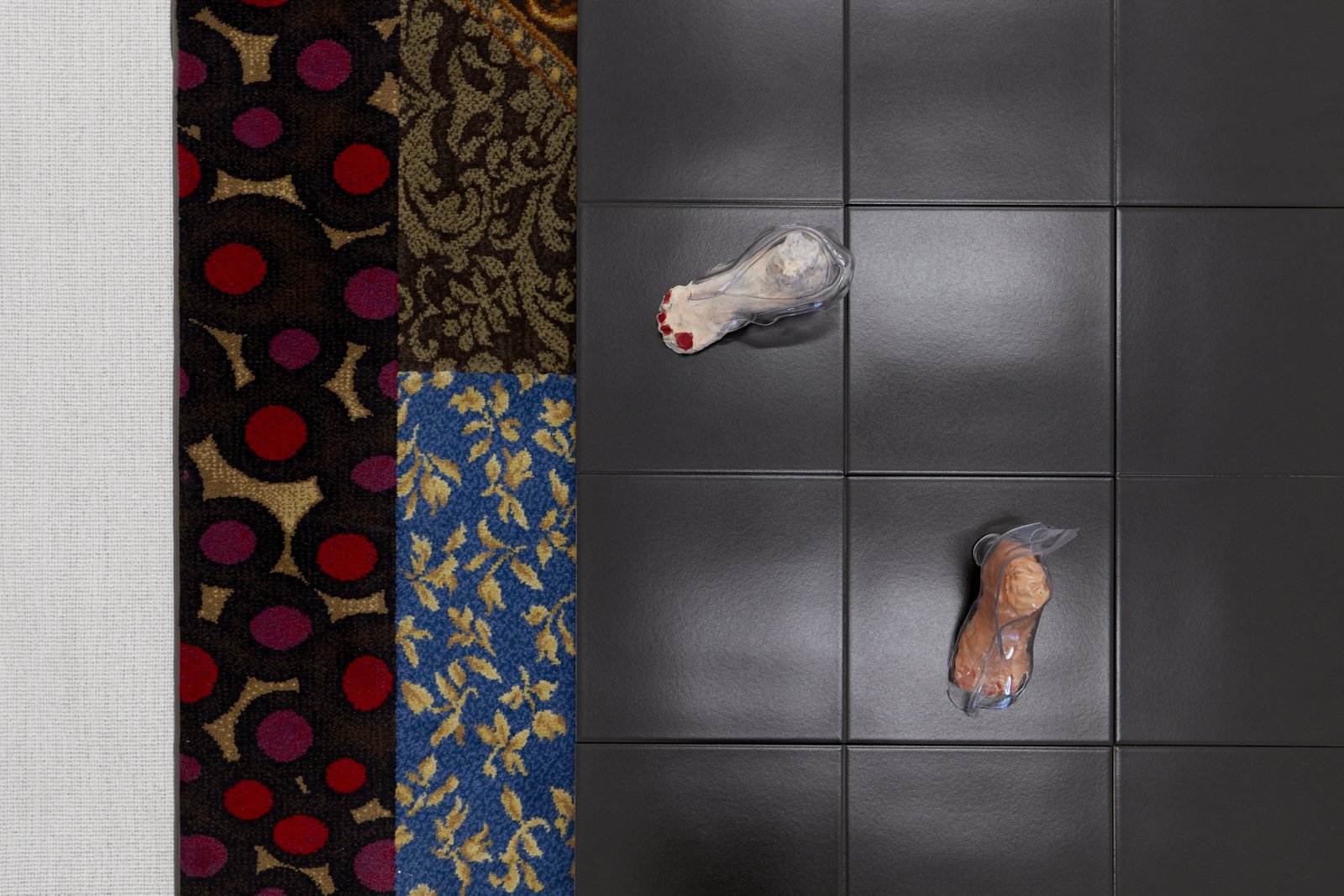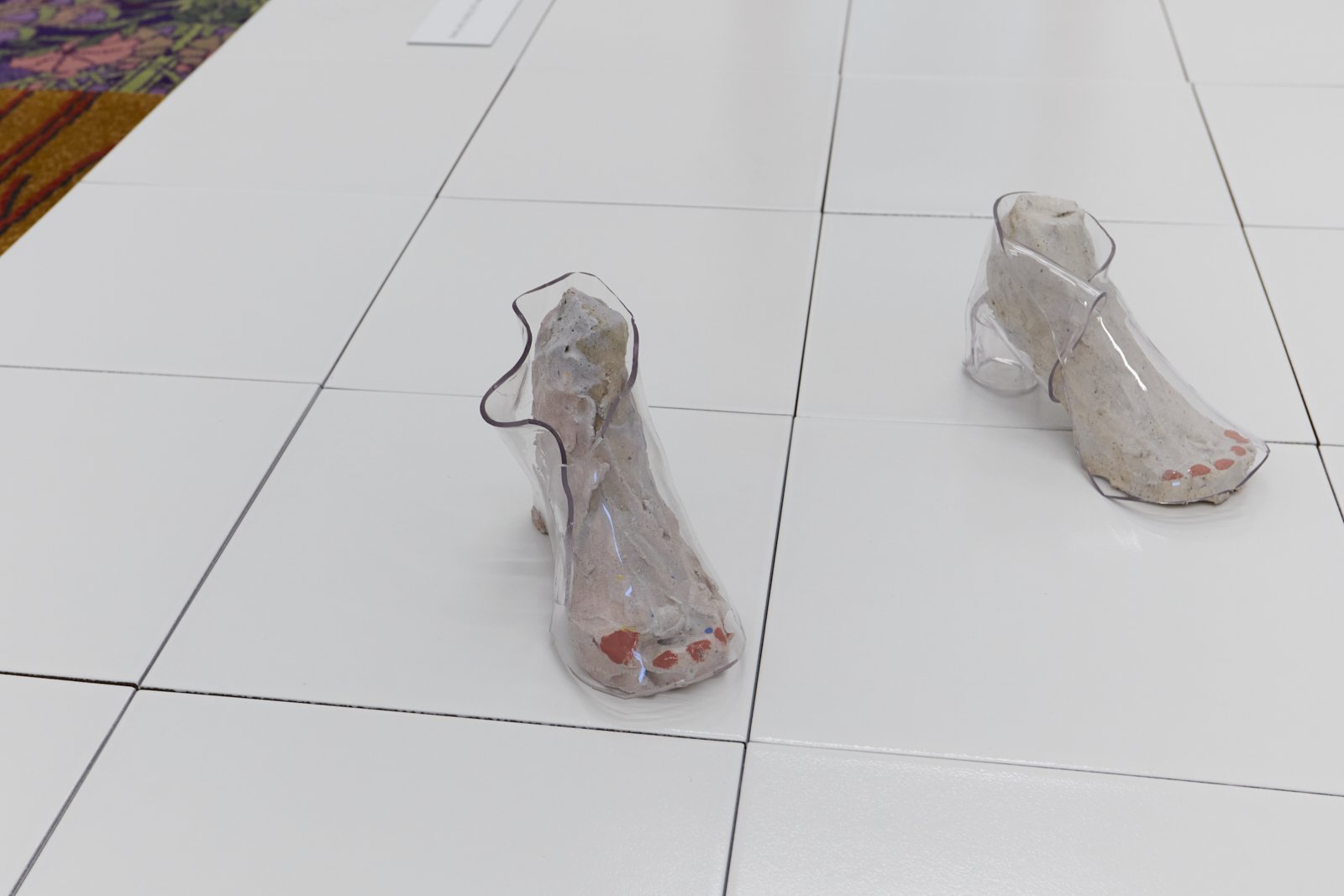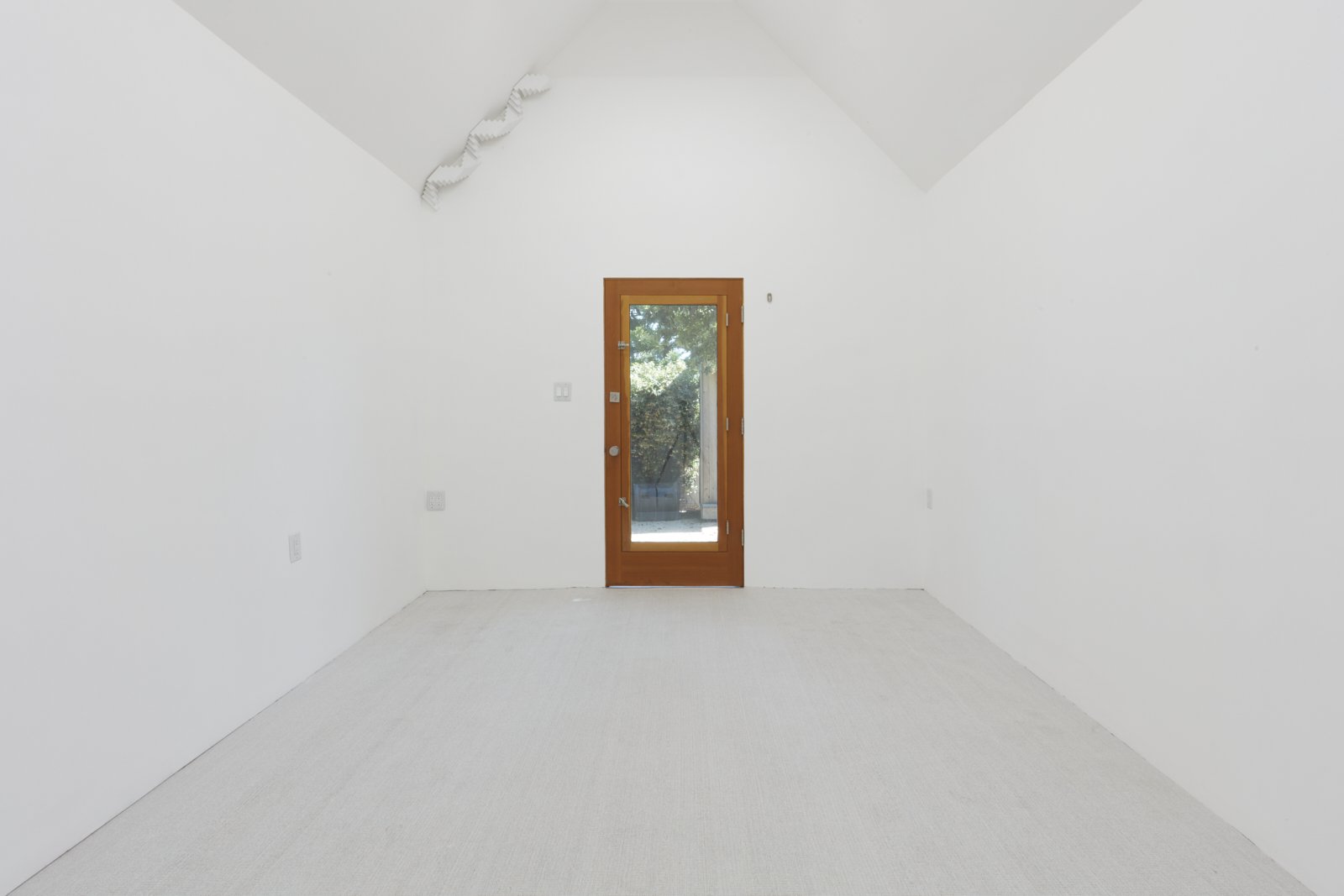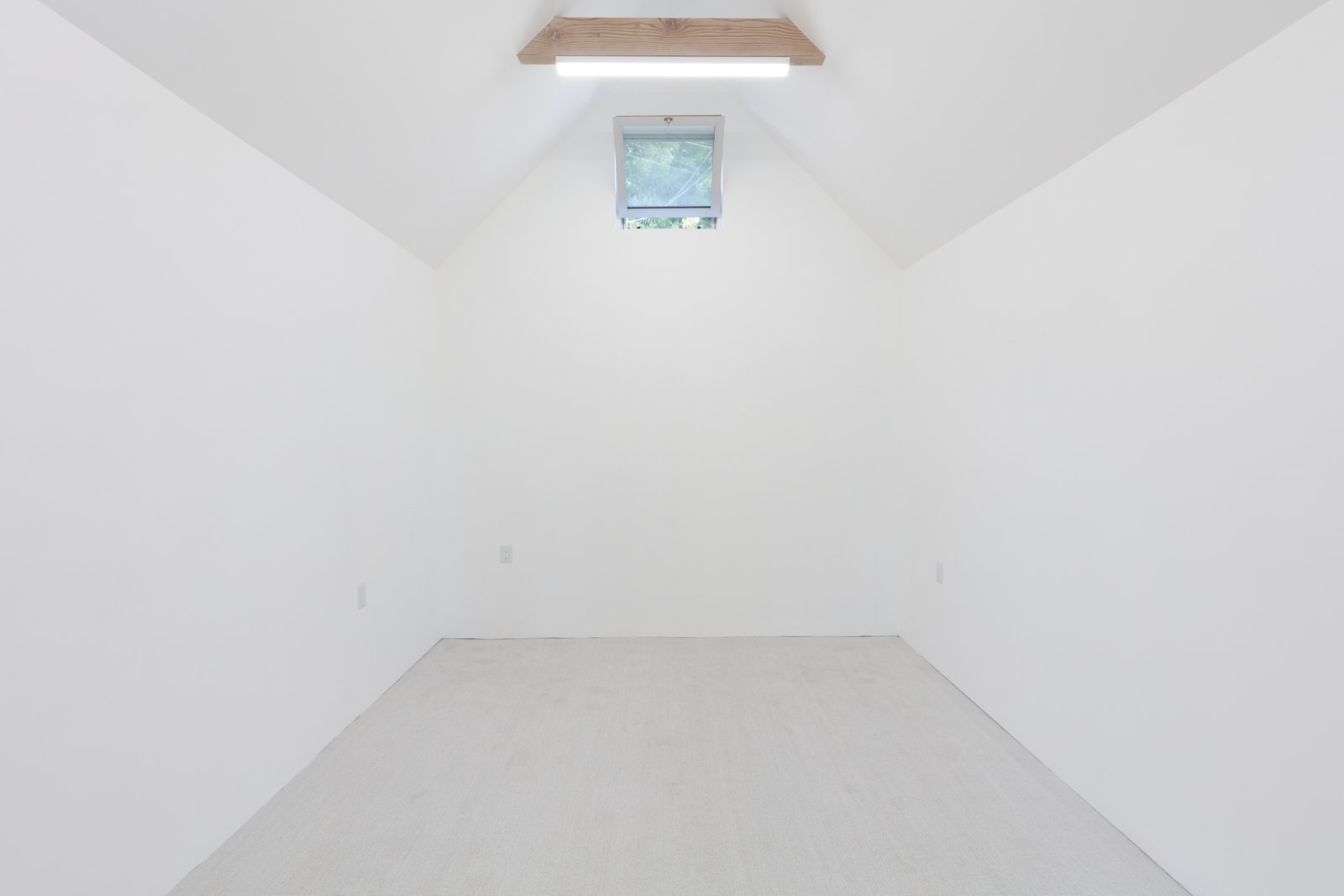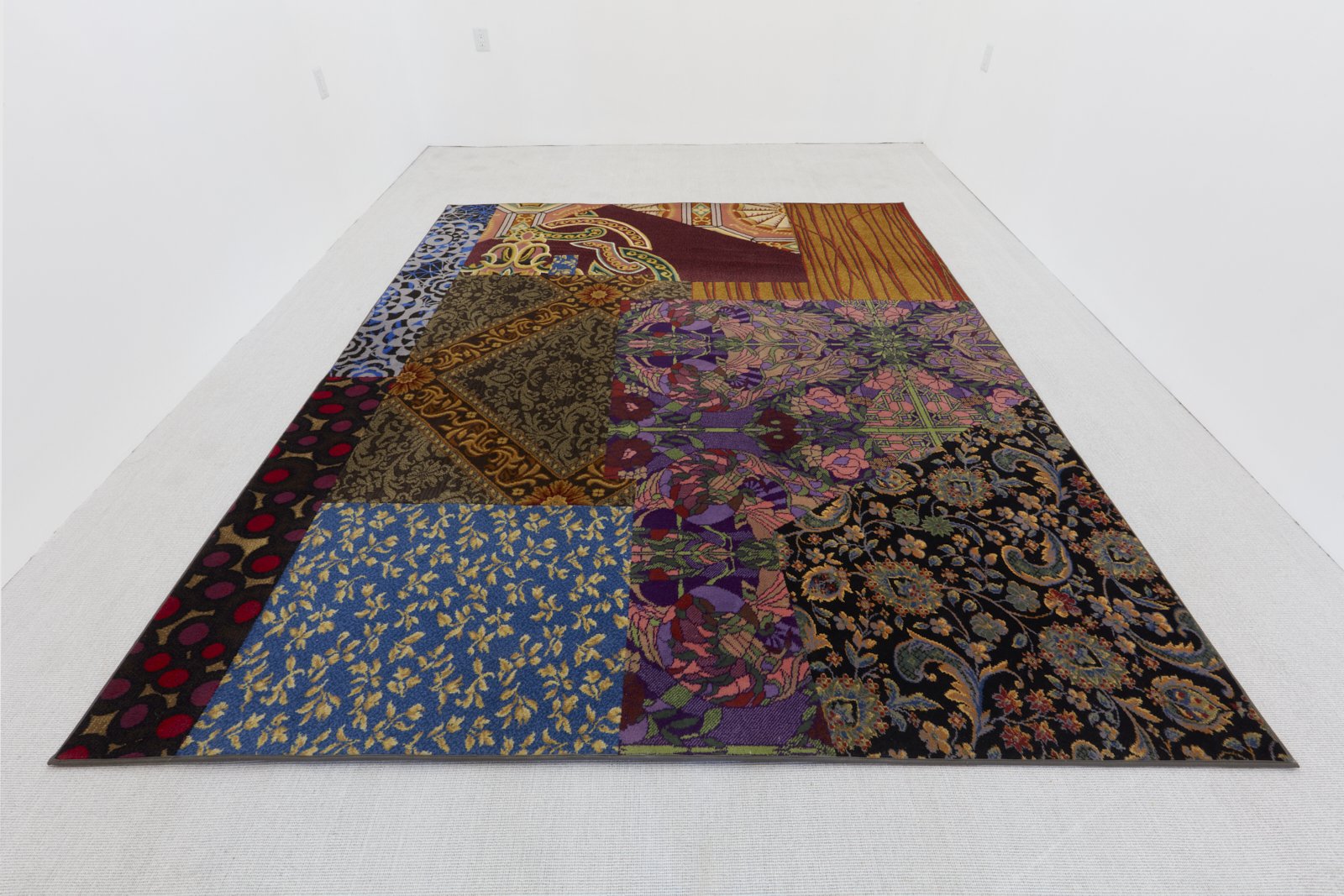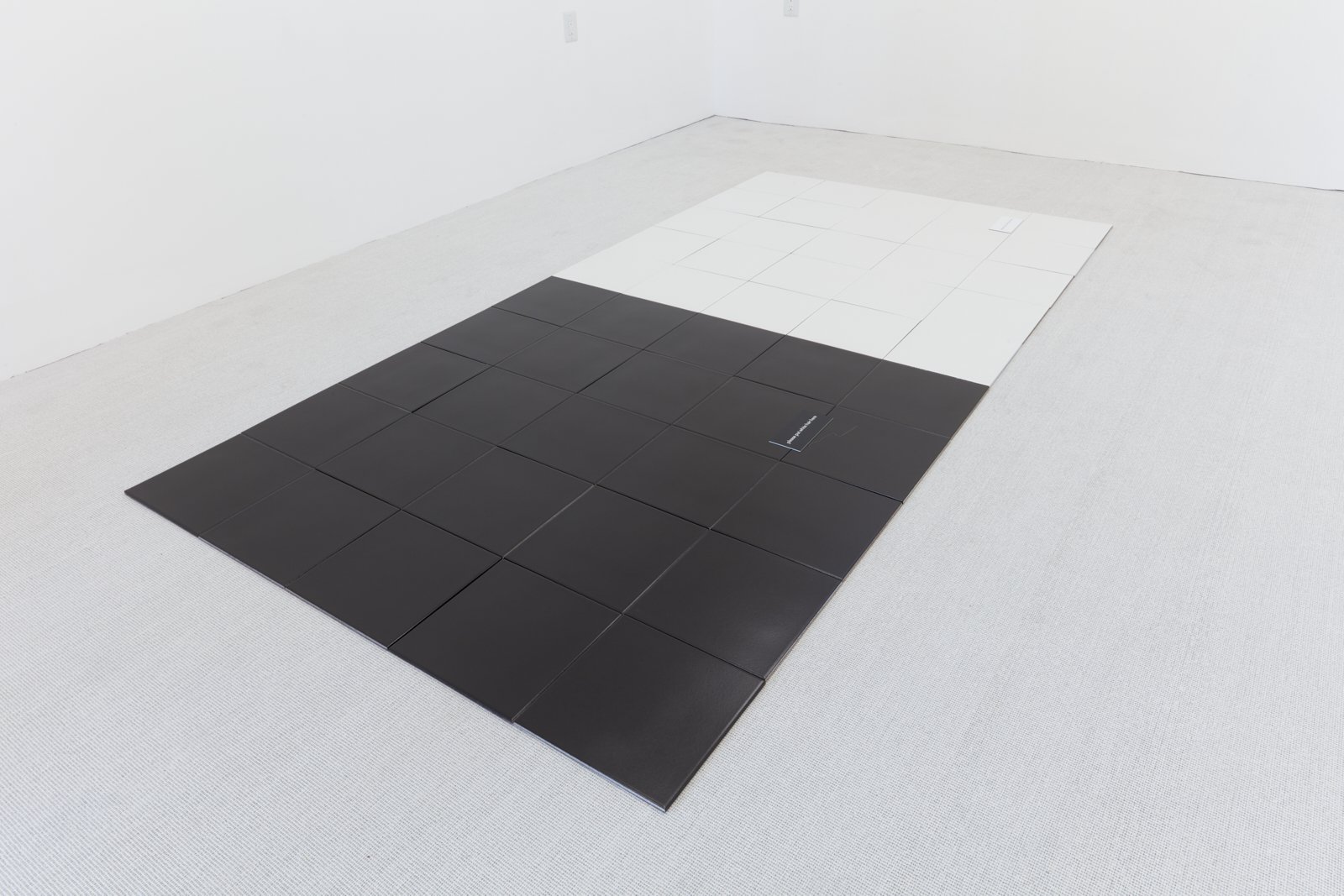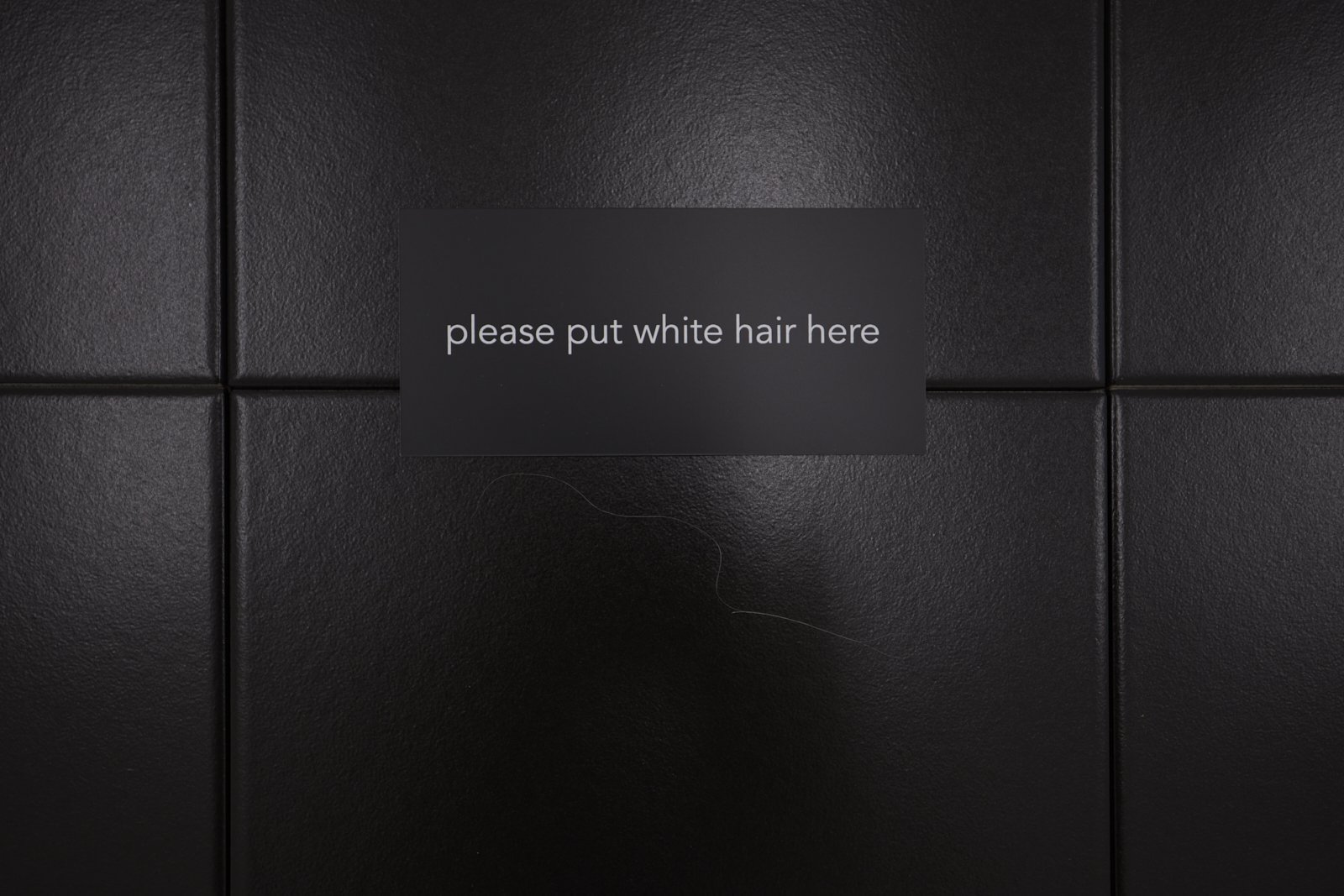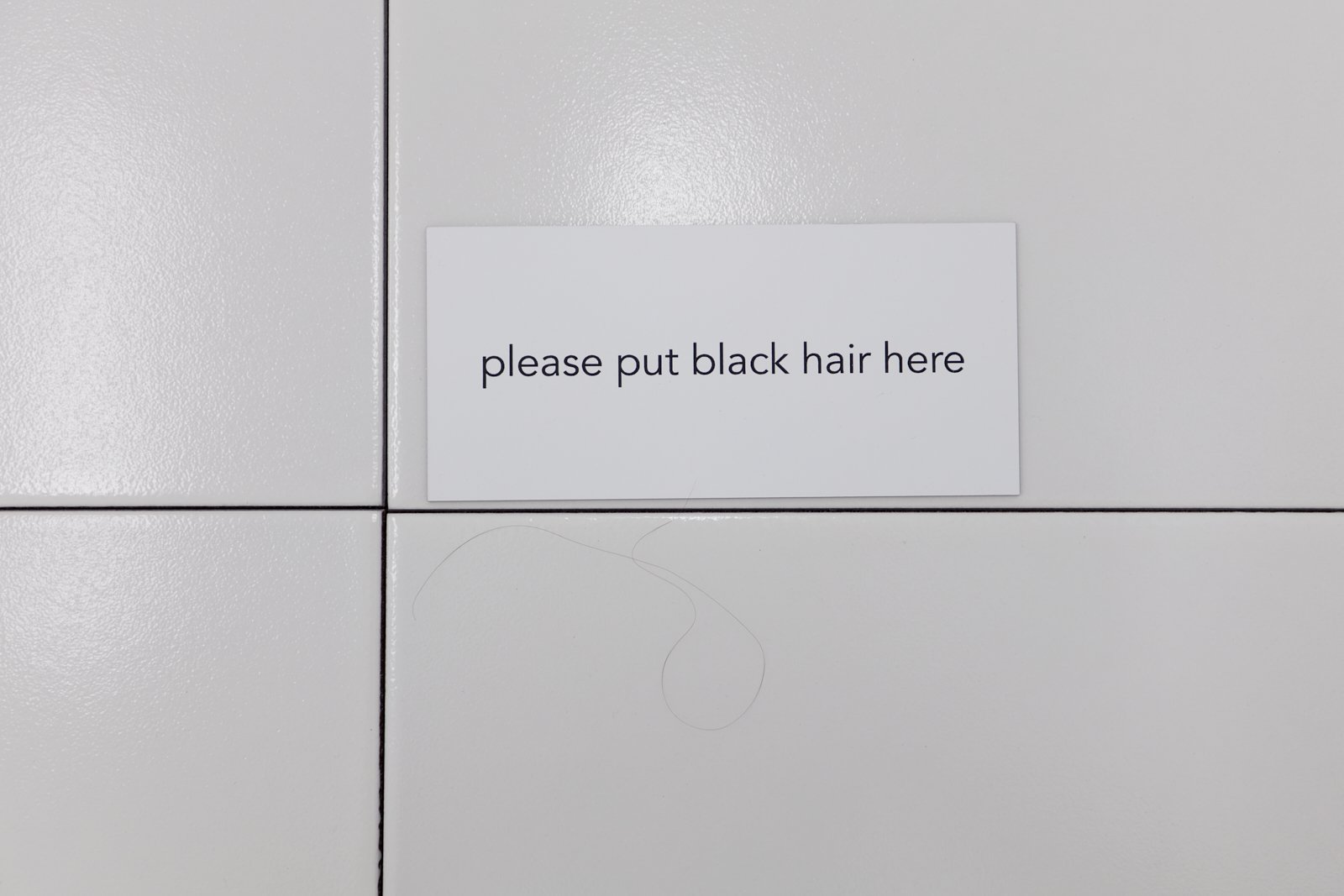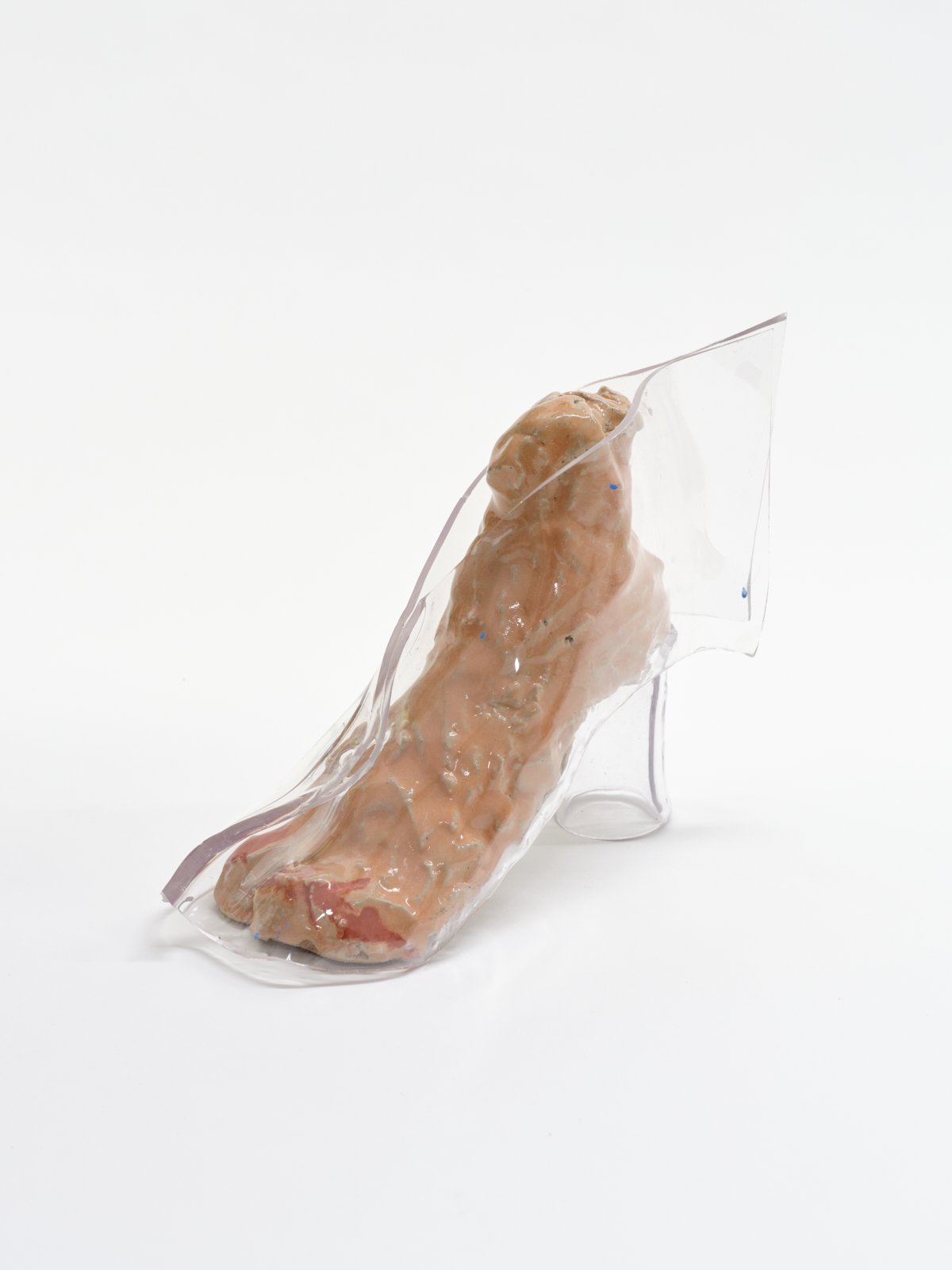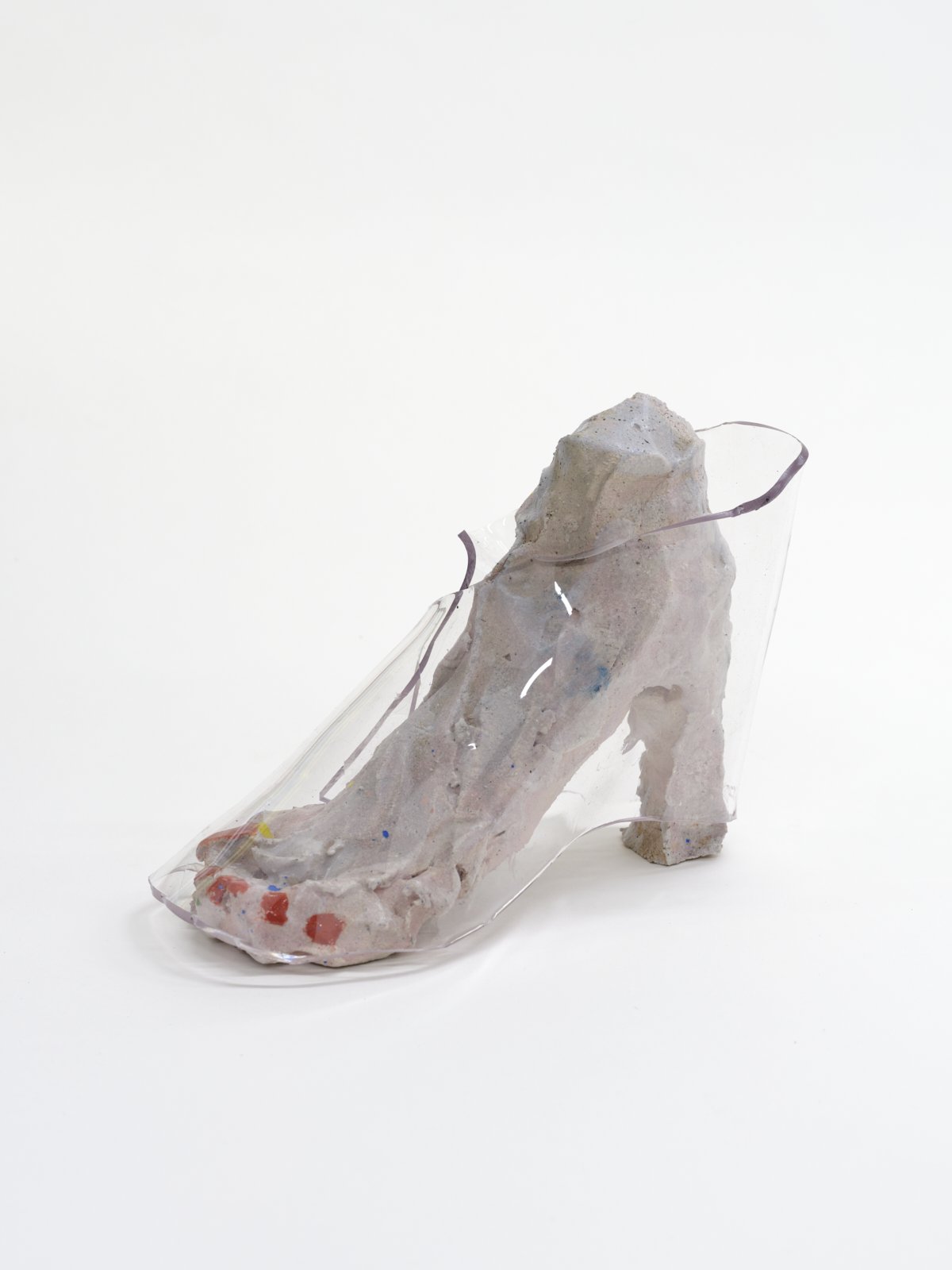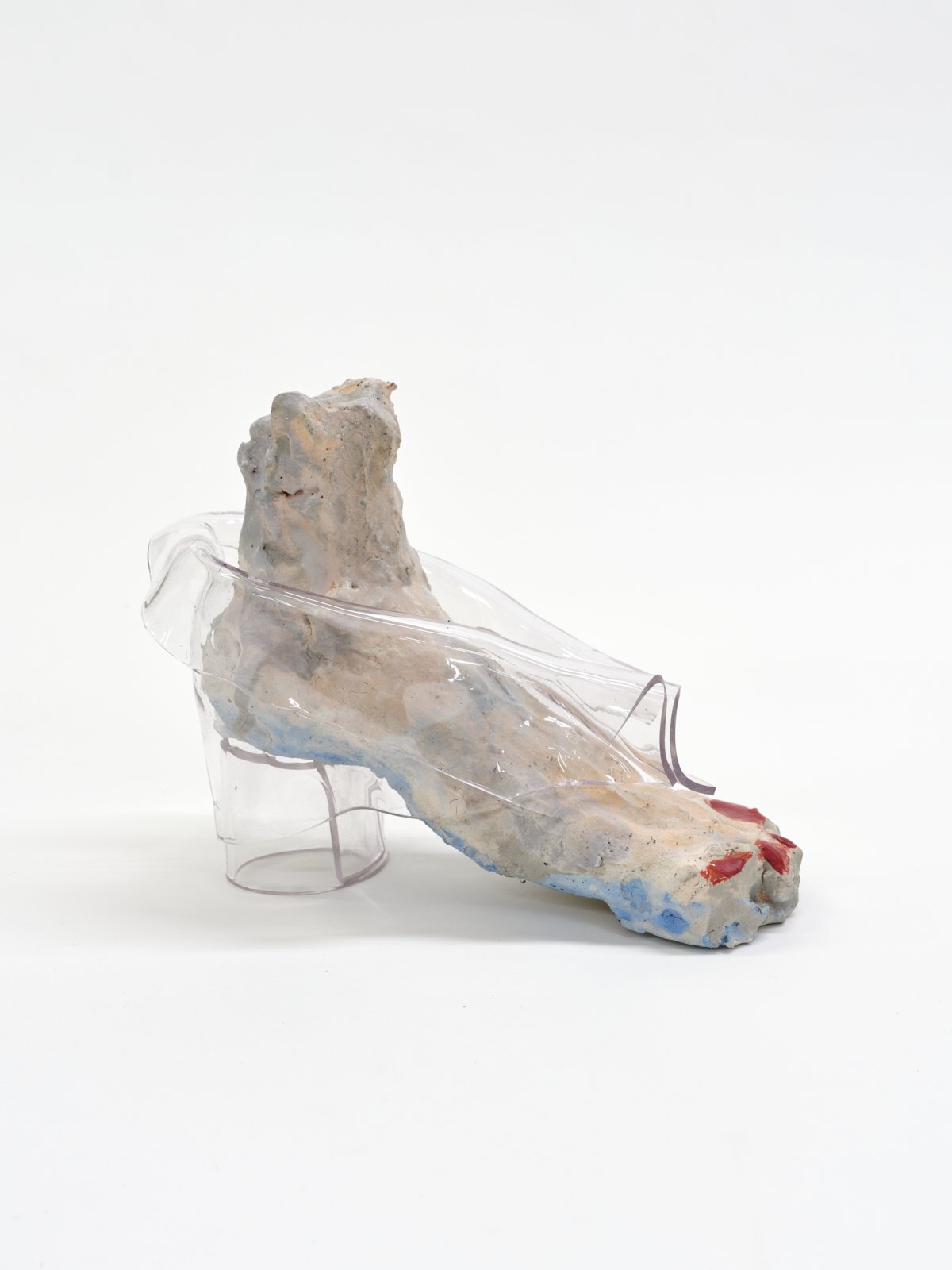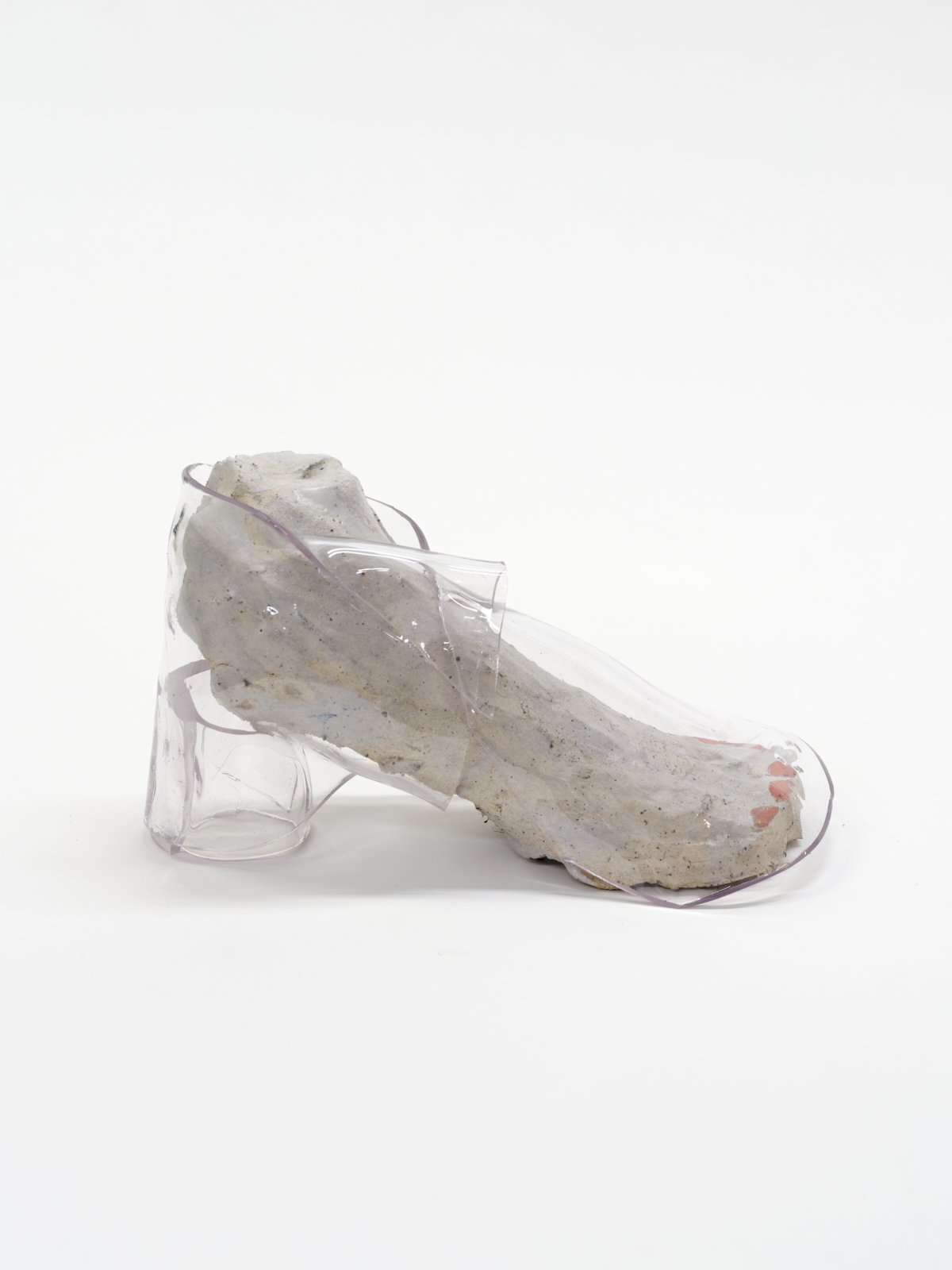Unseen California: Language Has No Weather
Sunday, November 17, 2024 - January 11, 2025
Probably Gallery is honored to present an exhibition of the first cohort of residents from the interdisciplinary arts research initiative Unseen California. The initiative engages diverse artist voices with research themes relevant to California’s future, utilizing the University of California’s Natural Reserve System.
Language Has No Weather includes works by Mercedes Dorame, Karolina Karlic, Tarrah Krajnak, Dionne Lee, and Aspen Mays. These artists work in a variety of media with photography at the center of their practices. A book of works connected to this project will be available at the reception and is currently available for purchase online.
These five women artists took part as the inaugural group of Artist Researchers working across the California landscape. Together on this journey they create their own new artworks set out to reframe California’s cultural histories and ecological landscapes beyond canonical perspectives. The (42) UC Natural Reserve System (UCNRS) sites are locations stewarded by the University of California. The impact of the Artists -in- Residence engaging with the UCNRS generates novel opportunities for art-making and pedagogy as well as knowledge exchange for seeing new ways to engage the natural world as it relates to environmental and social justice.
Each Artist Researcher’s approach is unique and open-ended, thus creating a place for personal projects that freely diverge while challenging overarching concepts, such as “nature” and “landscape,” and address urgent discourse around California land. This long-term research initiative gives these cultural producers opportunities to carve out novel conceptual and interdisciplinary approaches to propose new understandings of the pressing issues that face California’s terrain, its ecological economies, and its bio-cultural diversities.
The artists of Unseen California aim to “see” (by means of visualization and acknowledgement) the multivalent histories that compose the California landscape. This includes indigenous stewardship and regenerative practices – on ceded and unceded land – and the role of settler colonialism and imperialism in construction of these histories. Unseen California invites artists to engage in new types of creative ecology not yet considered/addressed in full within institutional spaces and the photographic canon of Western photography.
The title of the exhibition comes from Jennifer Moxley’s Fragments of a Broken Poetics:
_________________
Mercedes Dorame, born in Los Angeles, California, received her MFA from the San Francisco Art Institute and her undergraduate degree from UCLA. She calls on her Tongva ancestry to engage the problematics of (in)visibility and ideas of cultural construction. Mercedes Dorame uses her art practice as a way to explore, reimagine, and connect to her Tongva tribal culture and bring visibility to contemporary Indigenous experience. The Tongva are the first people in what is now Los Angeles, and their territory covers the expanse from Malibu to San Bernardino to Aliso Creek and the southern Channel Islands. They have inhabited the Los Angeles basin for over eight thousand years and were officially recognized as an Indigenous tribe by the state of California in 1994. Yet they still are not recognized federally, which means that as a collective group they have limited access to federal funding and no designated reservation land.
Through a range of photographic media Karolina Karlic creates work that addresses the intersection of photography and documentary practices, with a focus on systems of labor and industry, globalization, and their impact on the social and environmental landscapes. Karlic has been the recipient of numerous fellowships, residencies, and awards, including the John Simon Guggenheim Fellowship. Her research is dedicated to telling the stories of those persons and ecologies who have been affected by the post-modernization of the industrial world. In her research, Rubberlands, a photographic survey that maps the ways natural rubber manufacturing is socially, ecologically and systemically formed, Karlic proposes that rubber + photography are both integral components of the second phase of the industrial revolution. This research proposes that each are equal players in the development of a globalized contemporary mobile society of making and consuming. Karlic is the founding director of Unseen California and Associate Professor at University of California, Santa Cruz, the Director of Graduate Studies of Environmental Art + Social Practice MFA Program and the Director of Art + Science initiatives at the Kenneth S. Norris Center for Natural History at UCSC.
Tarrah Krajnak is an artist working across photography, performance, and poetry. She was born in Lima, Peru in 1979, and currently lives in Los Angeles. Krajnak is an Associate Professsor of Art at UCLA. She is represented by Zander Galerie, Cologne. Krajnak is a 2024 Guggenheim Fellow, and was recently awarded the Jury Prize of the Louis Roederer Discovery Award at Les Rencontres d’Arles, the Dorothea Lange-Paul Taylor Prize from the Center for Documentary Studies, and the Hariban Grand Prize, from Benrido, Kyoto, Japan. Krajnak has published three books including El Jardín De Senderos Que Se Bifurcan (DAIS 2021), Master Rituals II: Weston's Nudes (TBW 2022) and RePose (FW Books 2023). Her work was featured in recent issues of Aperture, British Journal of Photography, The Eyes Journal, and European Photography. This past year Krajnak’s work was exhibited in Corps á Corps at Centre Pompidou, Paris, Photography Now at Victoria & Albert Museum, London, Aperture's traveling exhibition You Belong Here: People, Place, & Purpose in Latinx Photography, and in the solo exhibition Shadowings at the Huis Marseille Museum of Photography, Amsterdam. Krajnak’s work is in the collections of the Museum of Modern Art, New York, Tate Modern, London, Victoria & Albert Museum, London, Centre Pompidou, Paris, The Pinault Collection, Paris, Museum Ludwig, Cologne, Museum of Contemporary Photography, Chicago, The Nelson-Atkins Museum of Art, Kansas City, and The National Museum of Women in the Arts, Washington DC among others.
Dionne Lee works in photography, collage, and video to explore power, survival, and the conflicts that come with seeking a sense of belonging within the American landscape. Lee received an MFA at California College of the Arts in San Francisco in 2017. Lee’s work has been exhibited at the Museum of Modern Art, New York, New Orleans Museum of Art, Museum of Fine Arts Houston, The Princeton University Art Museum, Carnegie Museum of Art, Pittsburgh, PA, Contemporary Art Gallery of Vancouver, CA, Aperture Foundation, New York, International Center of Photography, New York, Light Work, New York, and Florida State University’s Museum of Fine Arts, and most recently the Whitney Biennial 2024: Even Better Than the Real Thing, The Whitney Museum of American Art, New York.
Aspen Mays was raised in Charleston, SC. She received her MFA from the School of the Art Institute of Chicago and a BA in Anthropology and Spanish from The University of North Carolina-Chapel Hill. She is currently an Associate Professor and Chair of Photography at the California College of the Arts. She is represented by Higher Pictures Generation in New York, and recent honors include a 2021 Purchase Prize from the American Academy of Arts and Letters. Mays was also a Fulbright Scholar in Santiago, Chile, where she spent time with astrophysicists using the world’s most advanced telescopes to look at the sky, an experience that has made a lasting impact on her work.
Candace Nycz
October 5 - November 9, 2024
25 years ago abstract painting was seen as something serious. It was understood through the radical ideas of Ad Reinhardt, Agnes Martin, Bridget Riley, and Jeremy Gilbert-Rolfe, to name a few. One notable change in art over the last quarter century is the muting of that radicality, less by what painters were doing and more by what the audience understood. Monochrome painting which had stood as the outer limit of the medium’s possibilities, now functions as a color swatch in an interior designer’s palette. Nothing could seem more innocuous. As non-representational painting’s political ambition is hidden in a thicket of historical knowledge navigable by fewer and fewer people, such works can become expensive decorations on a big wall. People are often content with abstract paintings that look good and produce no friction.
Not so for Candace Nycz. A painter who began her practice in earnest when abstract painting still felt like a form of resistance, she proceeded from that position to make paintings with no interest in being pleasant. Nycz thinks pretty things are delightful, to be sure. She just isn’t interested in making paintings that way. While she rightly takes the idea of radicality with a grain of salt at this late historical moment, she does want her paintings to be a little bit difficult.
In this context difficult means that the paintings feel unlubricated. You can feel every bit of them, all the dry brushwork, the hot color, the itchy surfaces and bumpy edges. They are also slow moving. Like Titian’s late paintings done in white, black, ochre and venetian red (an analog to the four humors, phlegm, black bile, yellow bile, and blood) these works proceed from a simplification to the basic elements of the world we live in. Her palette is reduced to magenta, yellow, blue and black, the elemental colors of analog image reproduction. From here, bit by bit, a world gets made. The result is a full color image that shows how it is made from its constituent parts.
We live in a moment where we all watch mediocre “prestige” TV that is familiar and anaesthetic. We call things great that are actually merely reassuring and don’t ask too much of us. Nycz’s paintings are built as a retort to this contemporary mode of culture ingestion. Her paintings demand slow looking and aren’t really tasteful. Instead they give back the viewer’s work in the form of the stimulation to be found in things we don’t always agree with, challenges, surprises, and the pleasure of stretching our sensibility.
Candace Nycz was born in South Amboy, NJ. She holds a BFA from the School of the Museum of Fine Arts, Boston, MA and an MFA from ArtCenter College of Design, Pasadena, CA. She has shown internationally and in the US, including The Museum of Fine Arts, Boston, Claremont Graduate University Gallery, Claremont, CA, Marc Foxx Gallery, Los Angeles and The Art Gallery of Calgary. She has been covered in The Los Angeles Times, Artforum.com, and the Boston Globe. Nycz lives and works in Los Angeles, CA. This is her first solo exhibition.
Subjective Color: Stan Brakhage, Sarah Crowner, Rosha Yaghmai, Julian Hoeber
June 15 - August 17, 2024
When you’re looking at something and you can see what color it is, what is happening? It seems like a simple problem. We’ve been told that an object reflects the color we see and absorbs all the other colors of the spectrum that are present in the white light hitting the object. But which white light? Sunlight is sort of blue, incandescent light is sort of orange, and fluorescents are greenish, but a red shirt is red under all these conditions. Maybe we’ve been told that color only exists in the mind of the person perceiving the color, but you can’t make cadmium red turn blue in your mind, independent of external conditions.
If you stand in a room illuminated with intense green light for a while eventually the light will begin to look white and when you look out the window the whole world will be tinged violet. If you look at yellow circle for a long while, when you look away you’ll see a blue circle floating before you. A tight pattern of black and white lines will radiate faint rainbows.
Color perception is a combination of the viewer and the conditions and objects of viewing and it’s always in flux. Pictures have tended to try to fix this perception in place. The Impressionists (Monet and Pissarro in particular) wanted to show the contingent nature of color perception and some Op artists and Light and Space artists made paintings which highlighted the contingent nature of color perception.
What’s in this show is maybe closest to the Impressionists in that the works here try to show how light is perceived by representing the experience in the fullness of its instability, rather than offering examples of unstable perceptual phenomena. This show is also about representation of color that isn’t the object of observation. What do we see when our eyes are closed? What kind of light do we see when we press on the side of our eyeball, stimulating retinal cells? How can we make a picture of something that cannot be directly recorded but can certainly be perceived?
Stan Brakhage and Rosha Yaghmai both articulate in images the strange things we see when we close our eyes but before we dream. The afterimages and phosphenes they try to capture are something like pure vision unmoored from subject matter. Sarah Crowner’s painting was made in a studio where light moves across the walls over the day. The painting’s color reacts to its environment, subtly changing with the light shifts of the day. Julian Hoeber’s painting shows a very simple human interaction with the sun that demonstrates the contingency of our vision.
Stan Brakhage (born 1933, died 2003) was one of the most important figures in the history of experimental film. His work has been the subject of countless exhibitions, books, classes, and screenings.
Sarah Crowner (born 1974) is recognized for her sustained engagement with line, form, color and materiality. Working across a breadth of media, she investigates the relationship between the individual and the whole. In her sewn canvases, Crowner emphasizes the physical act of making as well as the tactility of medium; broad brush strokes swipe across sliced forms that are then sewed and joined back together. Drawing inspiration from nature or art history, the paintings appear at first as familiar fields of drawn forms and colors. However, as her compositions draw the viewer into the work, the inherent structure reveals that there are no drawn lines, only objects touching each other to form the greater whole across their boundaries. A small sampling of her recent exhibitions includes Hot Light, Hard Light at Luhring Augustine, NY, NY; Sarah Crowner: Around Orange at The Pulitzer Foundation, St. Louis, MO, and Platform (Blue Green Terracotta for JC) at The Chinati Foundation, Marfa, TX. Her work is held in numerous major public and private collections.
Julian Hoeber (born 1974) is a multidisciplinary artist and writer whose practice centers on themes such as the problem of the proximity of thought and form, intuitive processes within geometrical compositional systems, the quest to combine conceptualist strategies (mind) with that which is experiential (body), and the subjective nature of visual experience and its mediation. In his work, categories such as interior and exterior, psychic and somatic, rational and irrational, are able to occupy the same space. He is also the co-founder and co-owner of Probably Gallery.
Rosha Yaghmai (born 1978) explores questions of memory, inheritance, and perspective. Her dark yet luminescent Afterimage paintings obfuscate and abstract imagery from Persian miniatures, removing the historical figures from her source material, zooming in on landscape details. Invoking the aesthetics of lenticular prints, Yaghmai layers painted organza to create depth and moiré patterns in the hazy compositions. Through this process, the work favors distortion and opacity over representation and resolute clarity. Exhibitions include Overflow, Afterglow: New Work in Chromatic Figuration at The Jewish Museum, New York, NY; Miraclegrow at The CCA Wattis Institute, San Francisco, CA; and Made in LA 2018 at The Hammer Museum, Los Angeles, CA.
David Gutierrez: Figure Folder
February 24 - April 6, 2024
The sculptures, videos, and pictures in this exhibition draw on Korean shamanistic practices, 19th C. European anatomical devices and pseudoscience, horror movie special effects, and photographic optics. What they put in play is an image of the body as a plastic material that serves as a metaphor for a transmutable identity. The show points to different approaches to representing and reproducing the body as a way to understand/confound the meaning of it.
In a studio visit with Gutierrez leading up to this show he said to me that he wants to articulate something about queerness: a feeling that it involves a malleability of the self. That malleability is both a product of the slipperiness of gender, but also the ways that one can absorb and reject different histories at different times, allow one’s body to forefront different characteristics, and to make oneself permeable to the world and its various organisms and materials.
In the sculpture Feet, polychromed hydrocal that looks uncannily like flesh, shows the deep impressions of blades that have been pressed against the skin just short of breaking. The style of rendering flesh recalls pathology museums from the dawn of clinical medicine in Europe, but the green of the sculpture’s base is pigmented with mugwort used in coloring Korean rice cakes. While the look of the thing suggests the clinical, the action represented derives from Korean shamanistic ritual. The gesture of pressing into the feet highlights the threshold of the body’s surface. The sculptural qualities of weight, tension, surface and fold run into the problems of identification for the viewer—It looks like it hurts to be that object. And yet we can deduce that it’s a pain designed to test the limits of what the body can be and transform it.
In the video work Color Test (Double Negative) Gutierrez deploys a technique reminiscent of pre-digital special effects. A baffling image of a face where positive is negative, and original is copy, is produced by meticulously painting lifecasts which appear on screen and playing them against their fleshy counterparts.
Gutierrez describes this idea, which is at the heart of the show:
During mitosis, a cell splits into two identical copies. The moment the identical copies are formed, the parent cell ceases to exist. This work is a feeling out of that moment.
David Gutierrez received his MFA from CalArts in 2012 . He has previously exhibited at Tiger Strikes Asteroid, Los Angeles, CA; Open Box, Seoul, South Korea; Torrance Art Museum, Torrance, CA; and Honor Frasier Gallery, Los Angeles, CA, among others. He lives and works in Los Angeles.
Zoe Strauss Commencement: An Introduction
December 9, 2023 — January 28, 2024
Probably Gallery is honored to present Commencement: An Introduction, the first new exhibition of works by renowned photographer Zoe Strauss in over five years.
Strauss is known internationally for her distinct version of documentary photography. Though made without digital intervention, Strauss’ pictures undermine the authority of the image through repetition, context shifts, and historical reframing. While rooted in specific real events, Strauss’ images resist asserting themselves as objective. They are deeply particular, subjective pictures of the world, and cast doubt over the veracity of the documentary image.
This exhibition presents an introduction to a planned series of encyclopedic books. Our show is a prologue— works that point to specific concerns about place, living in climate disaster, and the problematizing of the objectivity of documentary photography. Commencement began as an examination of what it is to be a person in America living amidst increasing anxiety around global crises. It was initially proposed in September 2016 as Strauss’ application for the 2017 Guggenheim grant, which she was awarded in April of that year. In the intervening months the project took on a different urgency with the election and inauguration of Donald Trump. Her concerns over political and environmental crises immediately became less conceptual and abstract and more an immediate reality.
In response, Strauss turned her energy to developing the 3212 Think Tank. Named for the Doomsday Clock’s prediction of our proximity to global disaster (three minutes to midnight), 3212 is a classroom for teaching leftist politics and culture to high school students. Strauss initiated the think tank within a Philadelphia public high school. Although it is not endorsed as part of the school curriculum, Strauss has been able to work with students for the last five years, bringing new and radical ideas into their sphere. 3212 serves as a laboratory for ideas about the problems of global crisis and a real world outlet for generating concepts driving the Commencement project. It is also at times a site of image making. It serves to extend the project from a thought-experiment, held at critical distance, to something involving real action in the world. The 3212 Think Tank and Commencement have developed in concert, informing one another.
The photographs in the exhibition continue the artist’s exploration of the American landscape and infrastructure, only now to a near total exclusion of human inhabitants. Where Strauss’ earlier works leaned heavily on portraiture and her interactions with her fellow citizens, now we see how the world has been altered by human presence, from the effects of industrial intervention at the level of the climate, to the minor intrusions of the photographer and her position as one that changes the world she moves through.
Zoe Strauss was born in Philadelphia, PA in 1970. She began making photographs after receiving a camera for her 30th birthday. She has exhibited in the 2006 Whitney Biennial, New York, NY and the 2013 Carnegie International, Pittsburgh, PA; She has been the subject of solo exhibitions including The Institute of Contemporary Art, Philadelphia, PA, Bruce Silverstein Gallery, New York, NY, DePauw University, Greencastle, IN, The Southwark Community Center, Philadelphia, PA, as well as group exhibitions at The Centraal Museum, Utrecht, NL, and the Philaelphia Museum of Art. Strauss was the subject of a survey exhibition, “Zoe Strauss: Ten Years” at The Philadelphia Museum of Art, Philadelphia, PA which travelled to The International Center for Photography, New York, NY. Her work is in the collections of The Philadelphia Museum of Art, Philadelphia, PA, The Carnegie Museum of Art, Pittsburgh, PA, SFMoMA, San Francisco, CA, and the Art Institute of Chicago, Chicago, IL. She has been awarded the Solomon R. Guggenheim Fellowship, The Pew Fellowship in the Arts, The Louis Comfort Tiffany Foundation Grant, Richard Grubman and Caroline Mortimer Photographer in Residence at The American Academy in Rome, and the United States Artists Fellowship.
Jeffrey Rugh: Aggregate Paintings
September 9 - October 28, 2023
Jeffrey Rugh was raised by historians. His father, an art historian, studied with Thomas Crow. Jeffrey studied with Michael Fried and briefly worked at The Hirshhorn and Walker Art Center. He received his MFA at ArtCenter College of Design, studying with Mike Kelley, Liz Larner, Diana Thater, David Rimanelli, and several other art stars and important critics. In short, he’s about as far from an outsider as one could be. And yet, his practice is mostly unconcerned with the goings on of the art world.
The term “Outsider Artist” is, thankfully, dying. There are ugly implications in it about who is a real artist and who is naturally welcome into the center of the discussion. At the same time, in a world where the phrase “Contemporary Art” doesn’t describe a kind of art or an era of art, so much as a marketplace so particular it might be better understood as a trade association, it is still worth thinking about what kind of art is being made that has aspirations that are disconnected from the instruments and institutions of “Contemporary Art.”
Rugh began showing in the early 2000s. After a few group shows and a solo show that were well received, with press coverage and sales, Rugh’s career took a left turn. There were family and financial necessities, and very quickly a job took up the time and space of his studio practice. It’s a story as old as art school, but he managed to do what many cannot. While spending the last twenty years as an executive in the fashion industry, working for Prada and Louis Vuitton among others, he continued to paint. Only now, there was no idea of an audience beyond his family and friends. There were no concerns about influence, about trends or movements, or about a teleology of art. There was only a guy with a great eye and incredibly particular tastes, tremendous art historical knowledge, and a sense of humor, making paintings that he wanted to look at for a long time.
Aggregate Paintings presents two bodies of work from the last five years. The first is a series of paintings based on terrazzo and concrete. Sometimes these are specific varieties of concrete: the extremely expensive white pavement with rounded pale pebbles that lines Canon Drive in Beverly Hills; the black pavement of Fifth Avenue in Manhattan that is dyed darker to hide the dirt from the constant footfall on that sidewalk. Other paintings are the product of fantasy: luxurious stones and patterns verge on structure but stay in the realm of acompositional painting. The all-over quality of the work speaks to Pollock and late Brice Marden while the rendering and subject resonates with the trompe l’oeil wall paintings of Versailles. The subject, concrete, is the most banal thing and also among the most permanent things culture leaves behind. It is the the shit underfoot and the Roman Empire.
The second body of work comes from Rugh’s desire to live with art that he could never own. When confronted with such a work, Rugh makes his own version. He is fully aware of the legacies of artists that traffic in reproduction of existing artworks, be it Richard Pettibone, Sturtevant, or Mike Bidlo. Rugh’s works however are not motivated by critique of the market or originality. They are acts of devotion to understanding a certain history of painting, to what his father taught him about art as he was growing up, and to keeping beauty close to oneself when possible. For this exhibition Rugh will show two works that are almost replicas of Frank Stella’s Sinjerli series. They aren’t the size, color or composition of paintings that Stella ever made; they are like ones he never got around to. These works can be understood as fan fiction— a genre where people remake culture by rereading it through their own desires. Like the paintings of concrete that show an invisible accumulation of wonders hidden beneath the surface, these paintings ask, what is culture made of and what are those that consume culture made of?
Jeffrey Rugh was born in 1975 and grew up in Chicago, Illinois. He received his BFA from The Maryland Institute College of Art, Baltimore, MD. and his MFA from ArtCenter College of Design in Pasadena, CA. He lives and works in South Orange, NJ. This is his first solo exhibition in nearly 20 years.
July 8 -August 26, 2023
Four On The Floor
In 1973 Earl Young, the drummer for Harold Melvin and the Blue Notes, recorded a drum track for their single “The Love I Lost.” Young played in 4/4 time and hit the kick drum on every beat. By combining this beat (known as four-on-the-floor) with complex use of the hi-hat cymbal on a soul record, Young originated what was to become the standard style of drumming in Disco music. Four-on-the-floor is ubiquitous in dance music now.
• • • •
At some point in the 20th Century the pedestal or plinth just became more sculpture. After Brancusi and Duchamp, and after Minimalism, anything that touches the floor in a museum or gallery has to at least be asked if it’s sculpture. And if you’re of a certain disposition you might consider that if the pedestal is sculpture, then symmetrically sculptures would have to be pedestals too.
Now that might seem awful in some sense. Using one perfectly good sculpture as a support for another might make the physically higher sculpture seem more, well, elevated. But drawing a metaphorical frame around some aspect of the world or life so it may be more clearly seen, is one of the highest achievements for an artwork. So life for a sculpture as a pedestal really isn’t so bad. One sculpture may support another, and so on.
• • • •
Conceptual art, and the attendant questions about, “the relationship of human beings to objects and objects to objects in relation to human beings,” to quote Lawrence Weiner, seem to avoid the kind of joyous, sweaty relationships of human being to human being that happen on a dance floor. But a dance floor is a pedestal more than it is a stage, so if you think like a Conceptualist, you can let a dance floor be a sculpture.
• • •
Four On The Floor presents floor sculptures by four artists, stacked on top of each other. Mungo Thomson, Cayetano Ferrer, Darren Bader, and Becky Kolsrud.
Becky Kolsrud (b. Los Angeles, 1984) lives and works in Los Angeles.She received a BS from New York University and an MFA from The University of California, Los Angeles. Selected solo exhibitions have been held at Moran Moran, Los Angeles, CA; JTT, New York, NY; Tif Sigfrids, Athens, GA, and Karma, New York, NY. Selected group exhibitions include Aïshti Foundation, Beirut, Lebanon; Asia Art Center, Taipei, Taiwan; Peter Blum, New York, NY, and Atlanta Contemporary, Atlanta, GA, among many others. Her exhibitions and practice have been covered in Artforum, Interview Magazine, Mousse, The New Yorker, The New York Times, Vogue, and numerous other publications worldwide. Her work is held in the collection of The Hammer Museum, Los Angeles, CA.
Darren Bader (b. 1978, Bridgeport, CT) studied filmmaking and art history at NYU (BFA, 2000). He lives and works in New York. Bader’s conceptual hobbyhorses include: word works, pairings, impossible sculpture, misattribution, object fetishism, and trash sculptures. His exhibitions are often collaborative in nature, exploring and questioning the interconnectedness of seemingly disparate objects through complex (re)arrangements, surprise juxtapositions, and absurd associations. Institutional solo exhibitions include fruits, vegetables; fruit and vegetable salad, Whitney Museum of American Art, New York, NY (2020); (@mined_oud), Madre, Naples, Italy (2017–18); Meaning and Difference, The Power Station, Dallas, TX (2017); chess: relatives, High Line Art, New York, NY (2017); light (and) regret, Kölnischer Kunstverein, Cologne, Germany (2015); Where Is a Bicycle’s Vagina (and Other Inquiries), or Around the Samovar, 1857, Oslo, Norway (2012); and Images, MoMA PS1, New York, NY (2012). Awarded the Calder Prize in 2013, Bader has taken part in numerous group exhibitions and biennials including Apparition, PHI Center, Montreal, Canada (2021); Mirage: Contemporary Art in Augmented Reality, UCCA Center for Contemporary Art, Beijing, China (2020); the 58th Venice Biennale, Venice, Italy (2019); Stories of Almost Everyone, Hammer Museum, Los Angeles, CA (2018); .com/.cn, K11 Art Foundation Pop-up Space, Hong Kong, China (2017); One, No One and One Hundred Thousand, Kunsthalle Wien, Vienna, Austria (2016); 13éme Biennale de Lyon: La vie moderne, Lyon, France (2015); Under the Clouds: From Paranoia to the Digital Sublime, Serralves Museum of Contemporary Art, Porto, Portugal (2015); The Whitney Biennial, Whitney Museum of American Art, New York, NY (2014); Antigrazioso, Palais de Tokyo, Paris, France (2013); Empire State, Palazzo delle Esposizioni, Rome, Italy (2013); Greater New York, MoMA PS1, New York, NY (2010); and To Illustrate and Multiply: An Open Book, Museum of Contemporary Art, Los Angeles, CA (2008).
Cayetano Ferrer (b. 1981, Honolulu; lives and works in Los Angeles) received an MFA from the University of Southern California and a BFA from the Art Institute of Chicago. Solo exhibitions have been held at Commonwealth and Council (2019); Southard Reid, London (2018); Podium, Oslo (2018); Faena Art Center, Buenos Aires (2017); and Santa Barbara Museum of Art (2015). Selected group exhibitions have been held at Barbati Gallery, Venice (2023); Koppe Astner, Glasgow (2020); Yuz Museum, Shanghai (2019); Henie Onstad Kunstsenter, Oslo (2017); Institute of Contemporary Art, Philadelphia (2017); Hessel Museum of Art, Bard, Annandale-On-Hudson (2015); Swiss Institute, New York (2014), and Hammer Museum, Los Angeles (2012). Ferrer is a recipient of the LACMA Art + Technology Lab grant (2015), Artadia Award (2013), and CCF Fellowship (2013).
Mungo Thomson (born 1969, Woodland, CA, based in Los Angeles) attended the Whitney Museum Independent Study Program in New York and the Graduate Fine Art Program at UCLA. His work is held in the public collections of the Los Angeles County Museum of Art; Museum of Contemporary Art, Los Angeles; Hirshhorn Museum and Sculpture Garden, Washington, D.C.; Walker Art Center, Minneapolis; Henry Art Gallery, Seattle; Museum of Fine Arts, Houston; Museum of Contemporary Art, Miami; Whitney Museum of American Art, New York; Museo Jumex, México City; FRAC Île-de-France, Paris; GAMeC, Bergamo, Italy; and BY ART MATTERS, Hangzhou, China, among others.






